My cheap radio crackled to life, and an almost inaudible voice came over the speaker. “Are they from our group?” Two lifted trucks were parked at the fuel station, one sporting an aftermarket bumper and winch, and the other with a light bar on the roof. “I honestly can’t tell, but they could be.” In any other part of the world, it would have been easy to distinguish a gathering of full-size overland vehicles from the locals, but we were in Texas, a state that accounts for 20 percent of all pickup sales in the United States. As you can imagine, that made our task a little more difficult. Instead of stopping to ask half the town if they were there for the event, we decided to proceed to our campsite just outside the Marathon Motel.
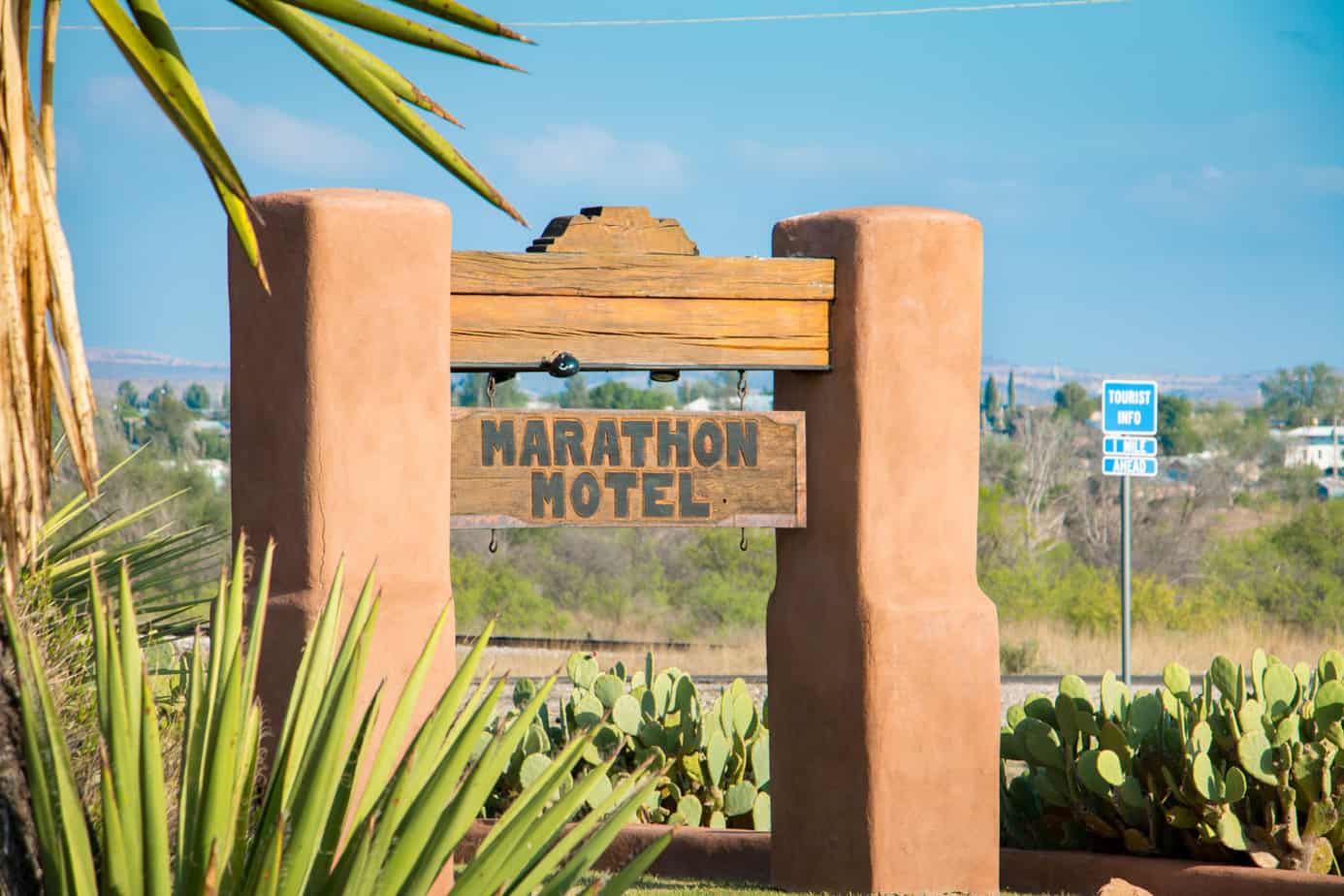
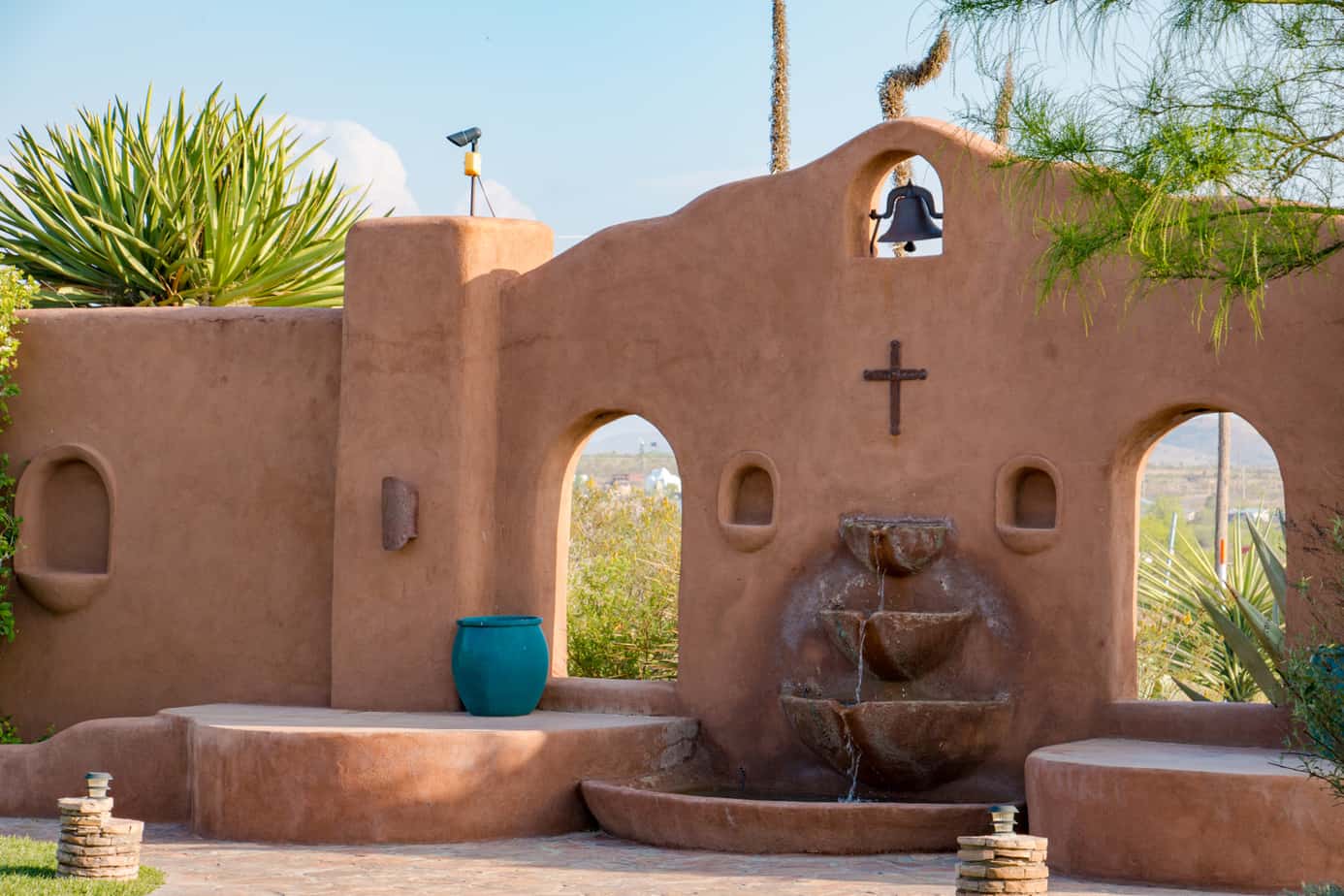
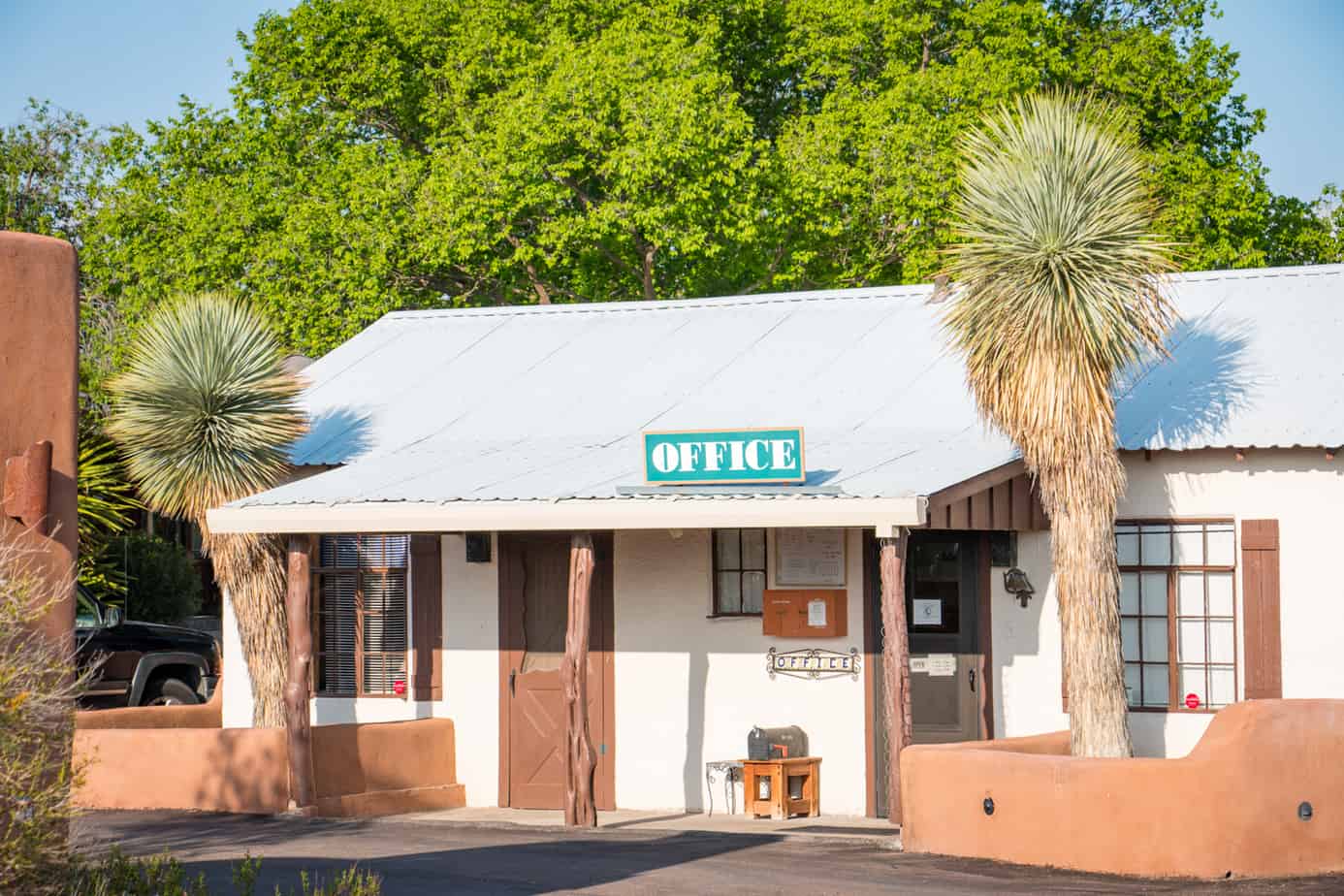
For those who haven’t visited before, Marathon is a small town situated just north of Big Bend National Park. While it’s not exactly a metropolis, it’s pretty much the last slice of civilization north of the border, making it a perfect location to fuel, stock up on supplies, and coordinate with friends before losing cell service. For all those reasons, and the cafe’s excellent breakfast burritos, we chose to make it our rendezvous point for the first-ever Diesel Incursion. The “DI” is a little event organized by PSP Diesel’s new overland outfitter division. Their goal is to bring diesel truck enthusiasts together and allow them to experience the beauty of nature and the attraction of overlanding. They kept the group small for their first trial run, but by that evening there were still seven diesel trucks parked in a row and ready for the adventure ahead. We opened the fridges, passed around beers, and started to get to know our soon-to-be friends.
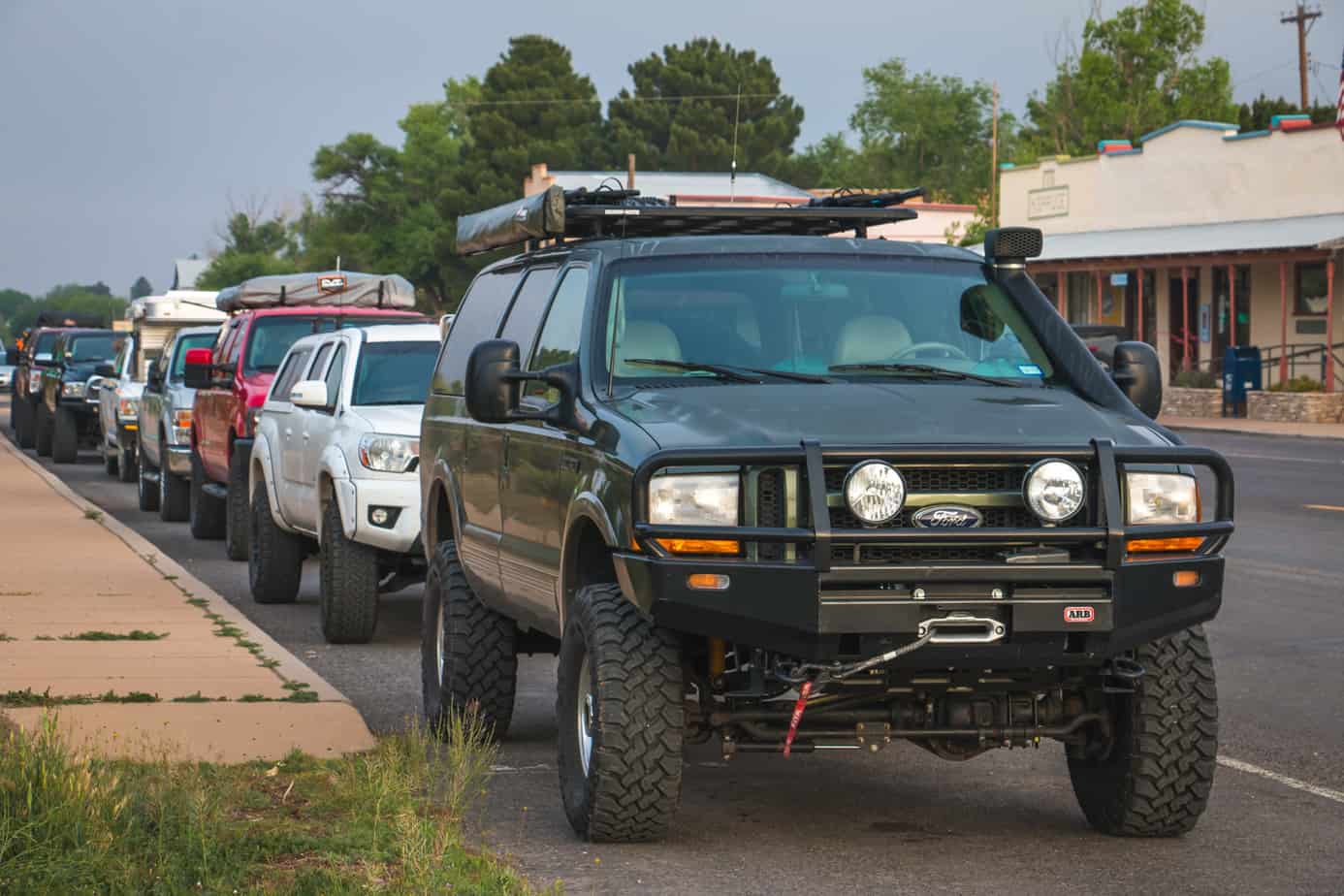
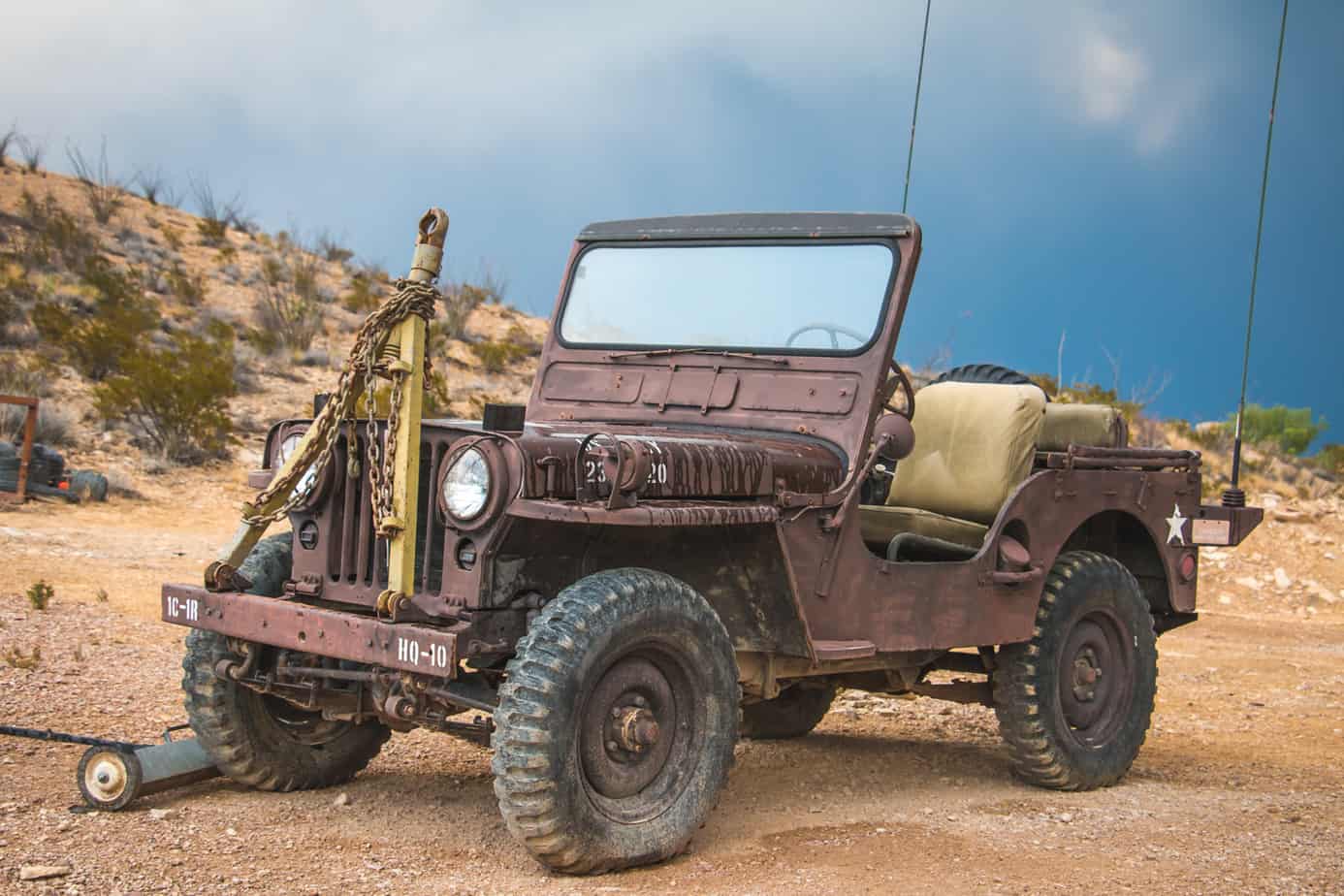
The next morning came early. Big Bend requires you to make reservations in person, so we needed to hit the visitor center as soon as they opened if we were to have any chance of booking a campsite. The group made good time heading south, only stopping for one photo along the way, but it wasn’t enough. Almost every backcountry site had been booked the day before, and the remaining sites were so dispersed it would take hours to reach one another. It was unfortunate, but not unexpected. We made arrangements for tomorrows site, found a location to camp outside the park that night, and broke out the map to formulate a new plan.
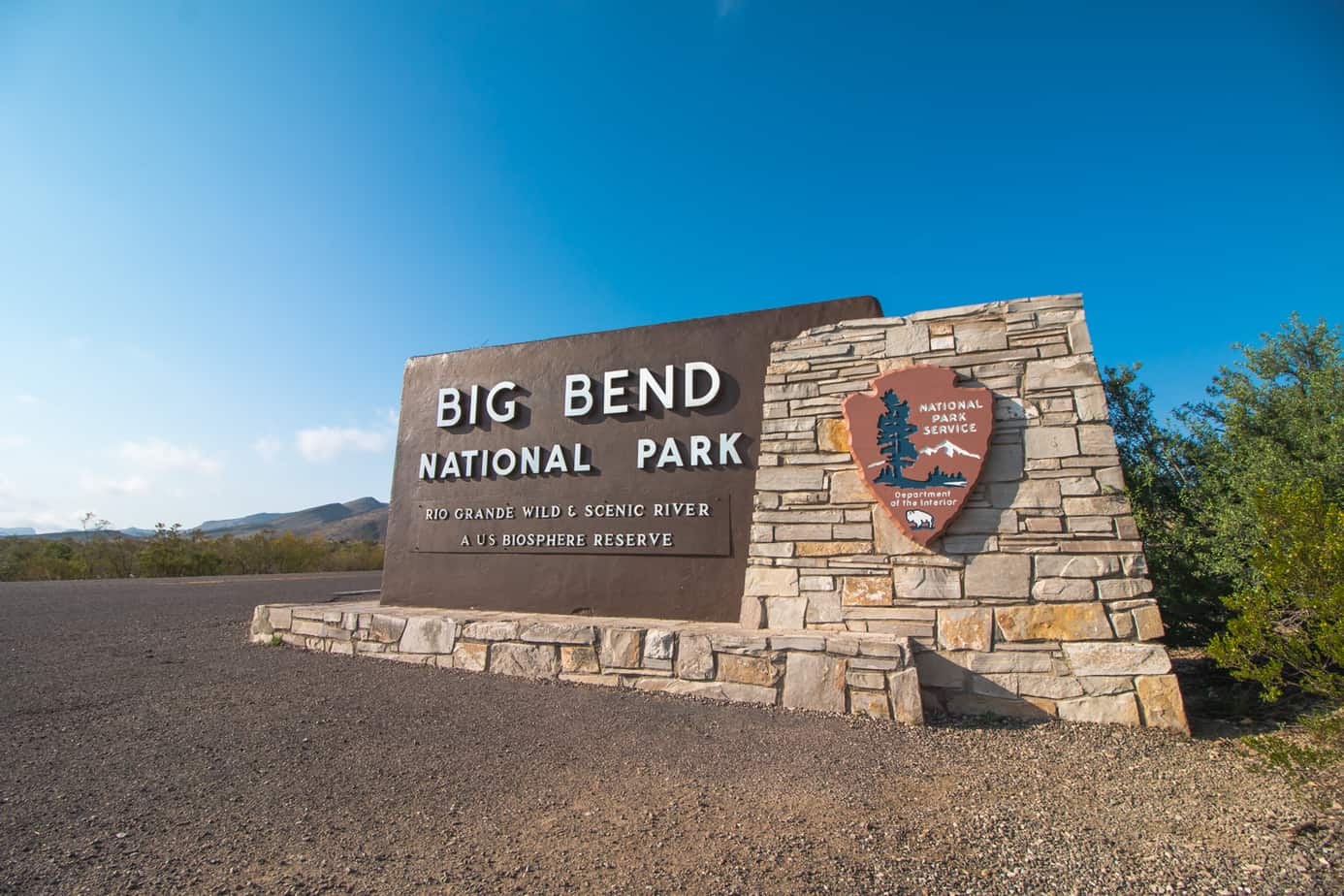
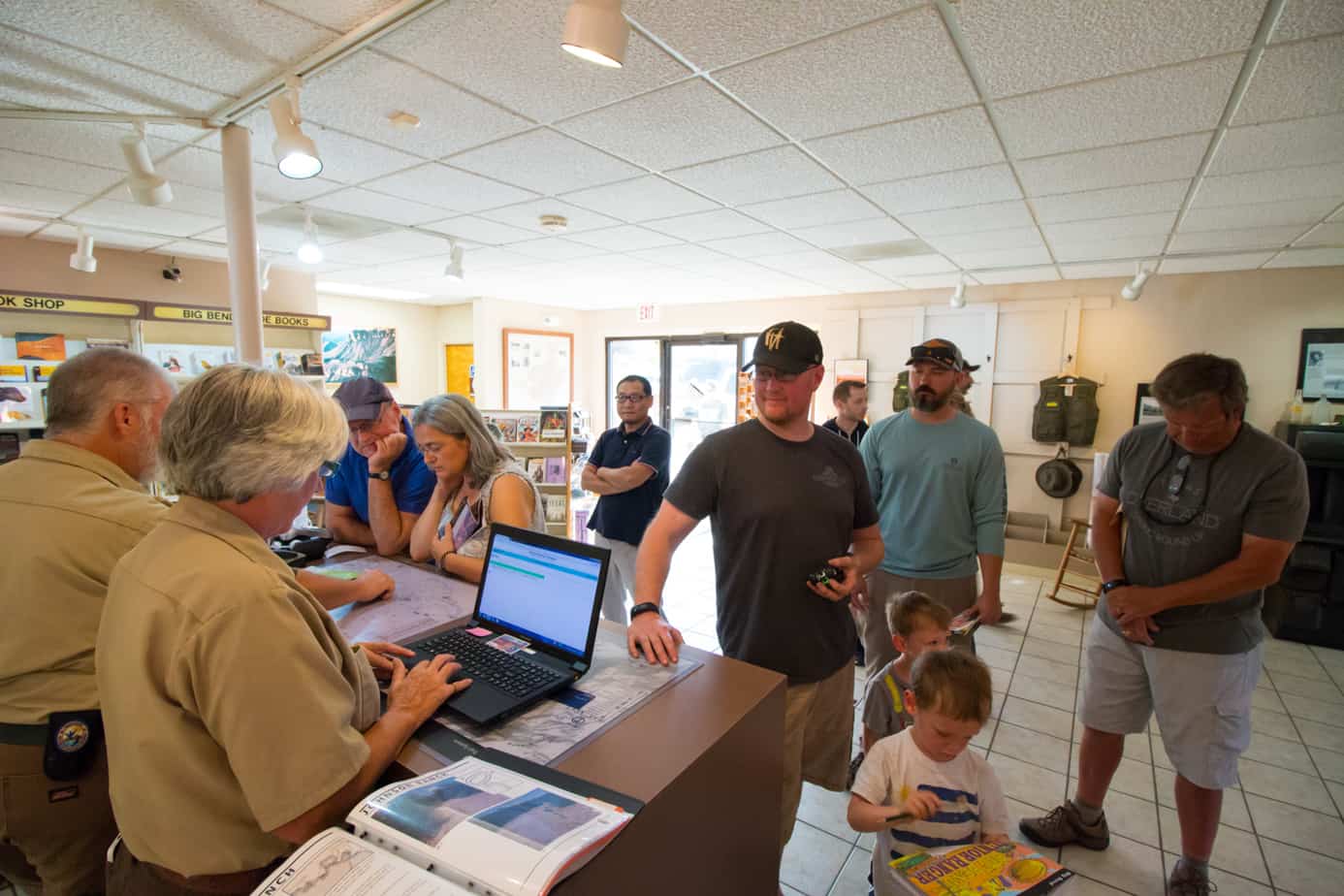
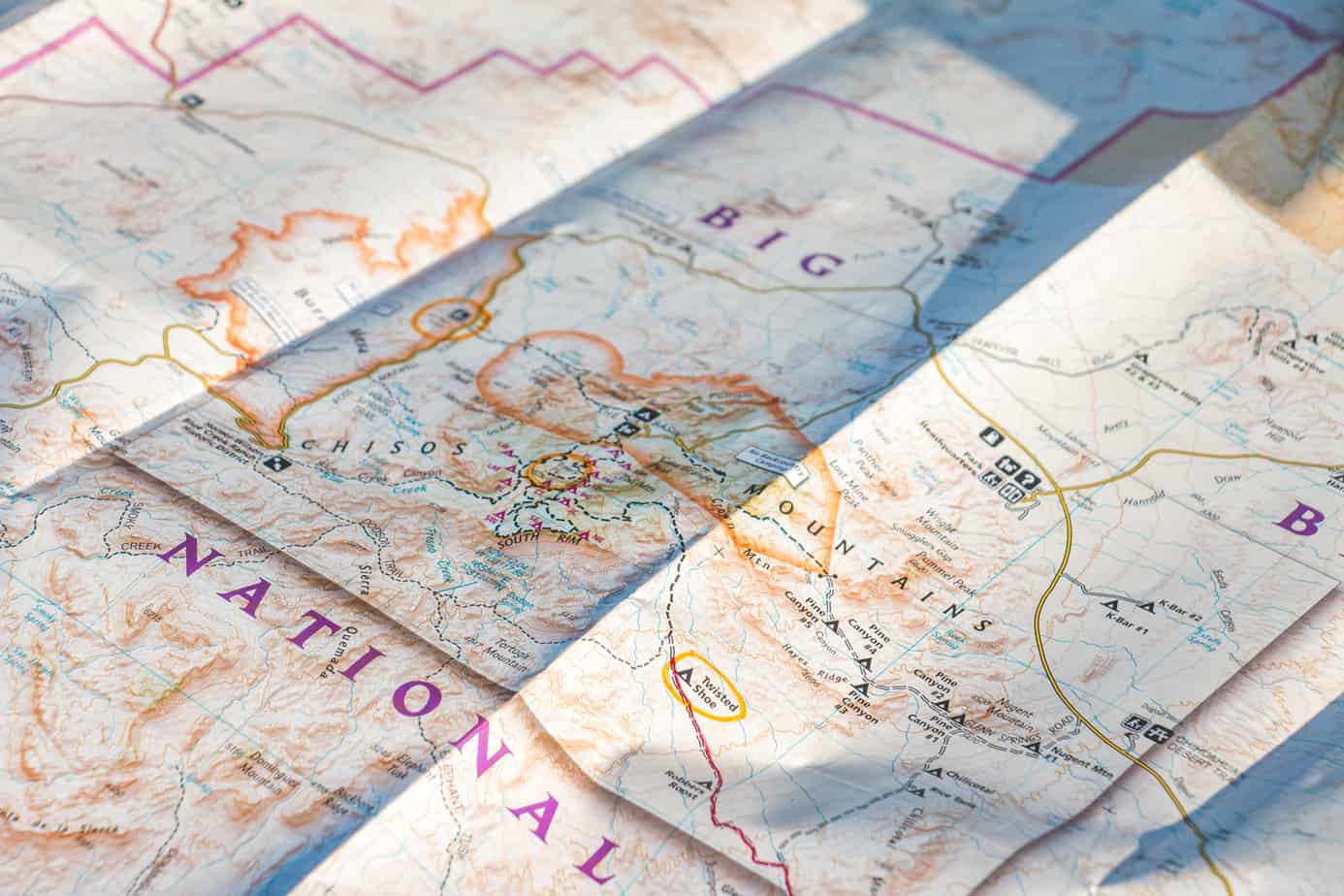
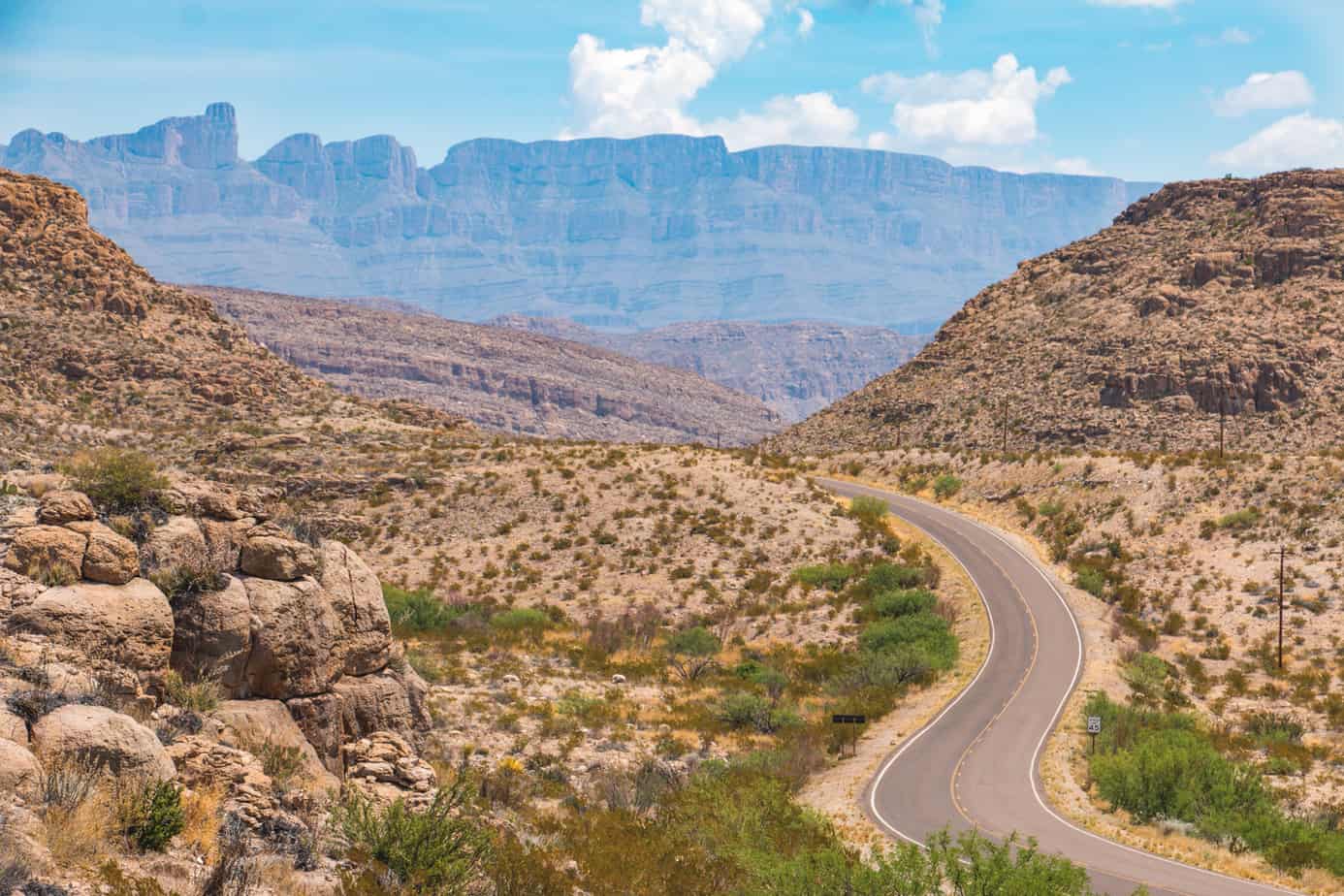 Our first stop would now be the historic hot springs district, a former homestead and resort developed by the Langford family in the early 1900s. While the area contains petroglyphs and some very cool buildings, most people visit it to soak in the remnants of the Langford bathhouse, which pumps in hot water from the natural spring. Given the sweltering temperatures of the day though, we were more interested in a dip along the border. I set down the camera on the shore and let the cool waters of the Rio Grande rush over me, enjoying the notion that one country lay a few yards to my right, while another was just a few yards to the left.
Our first stop would now be the historic hot springs district, a former homestead and resort developed by the Langford family in the early 1900s. While the area contains petroglyphs and some very cool buildings, most people visit it to soak in the remnants of the Langford bathhouse, which pumps in hot water from the natural spring. Given the sweltering temperatures of the day though, we were more interested in a dip along the border. I set down the camera on the shore and let the cool waters of the Rio Grande rush over me, enjoying the notion that one country lay a few yards to my right, while another was just a few yards to the left.
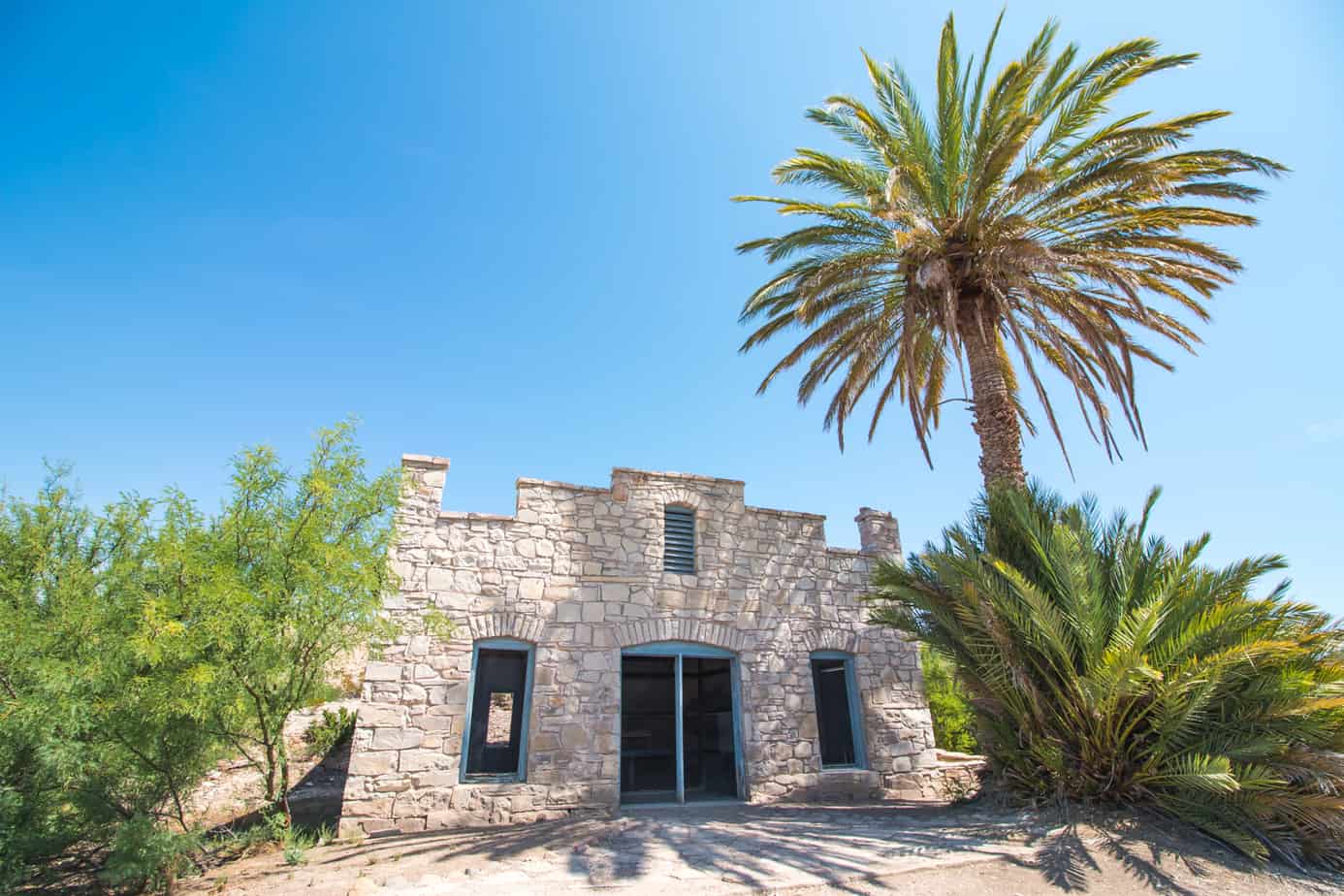

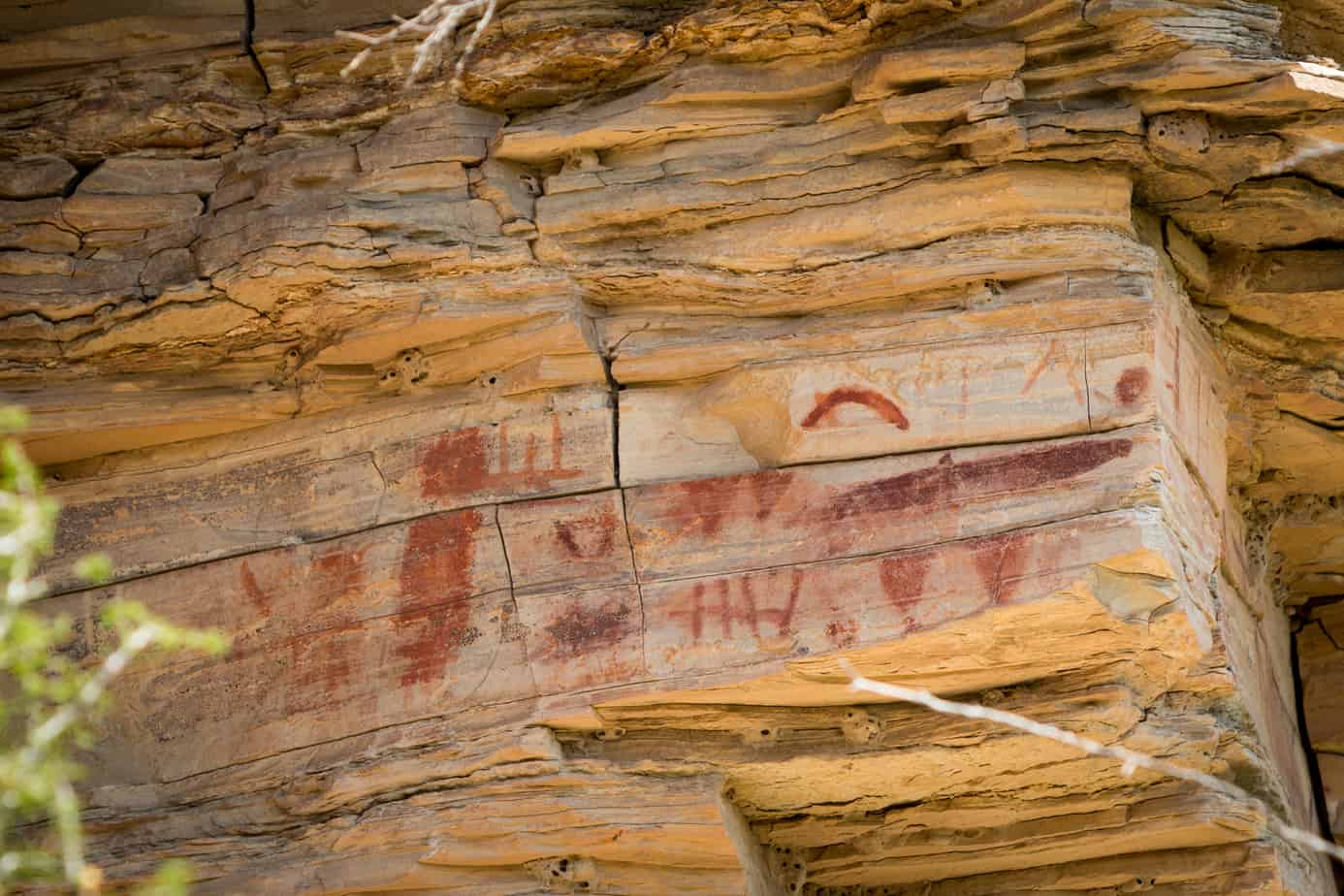
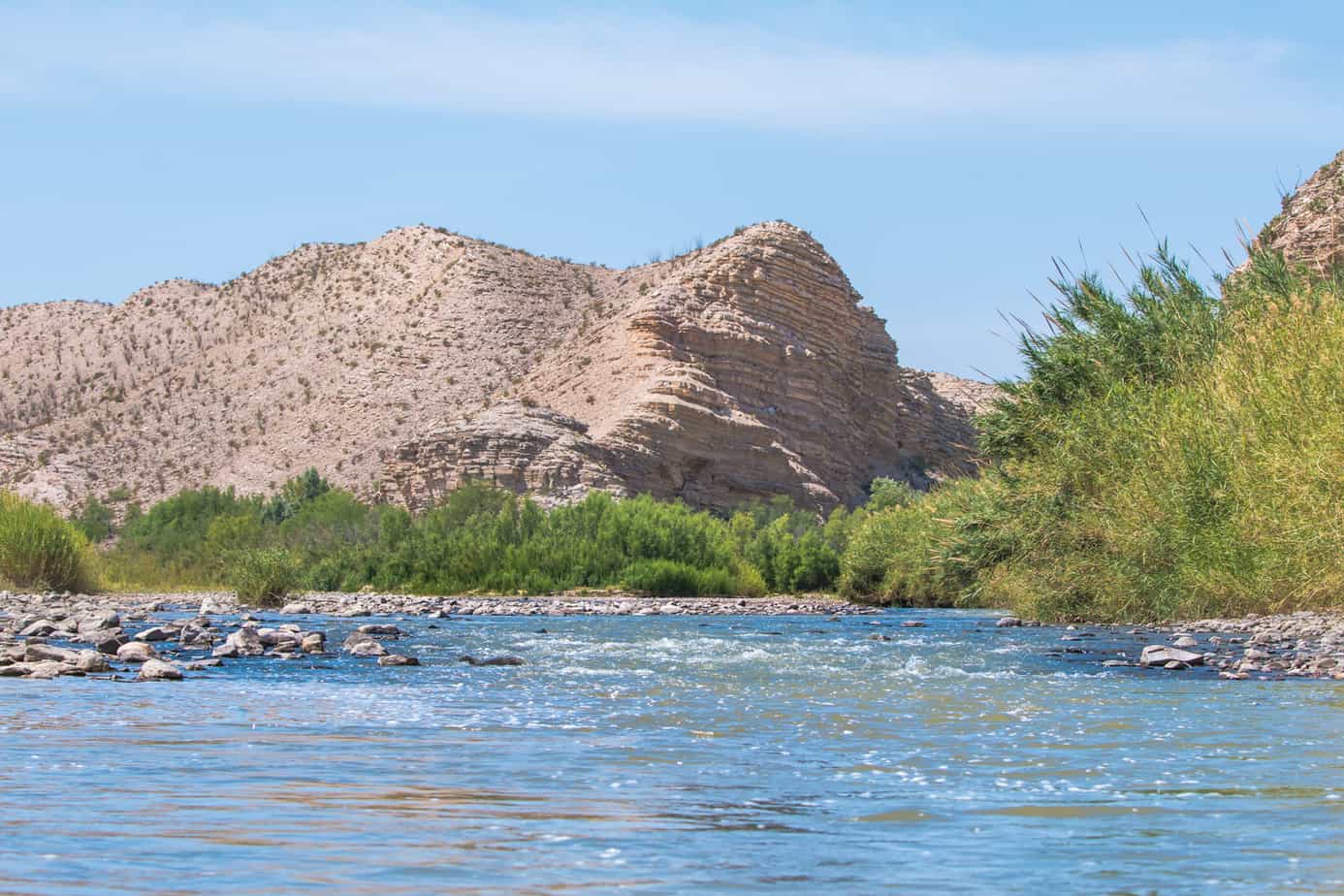
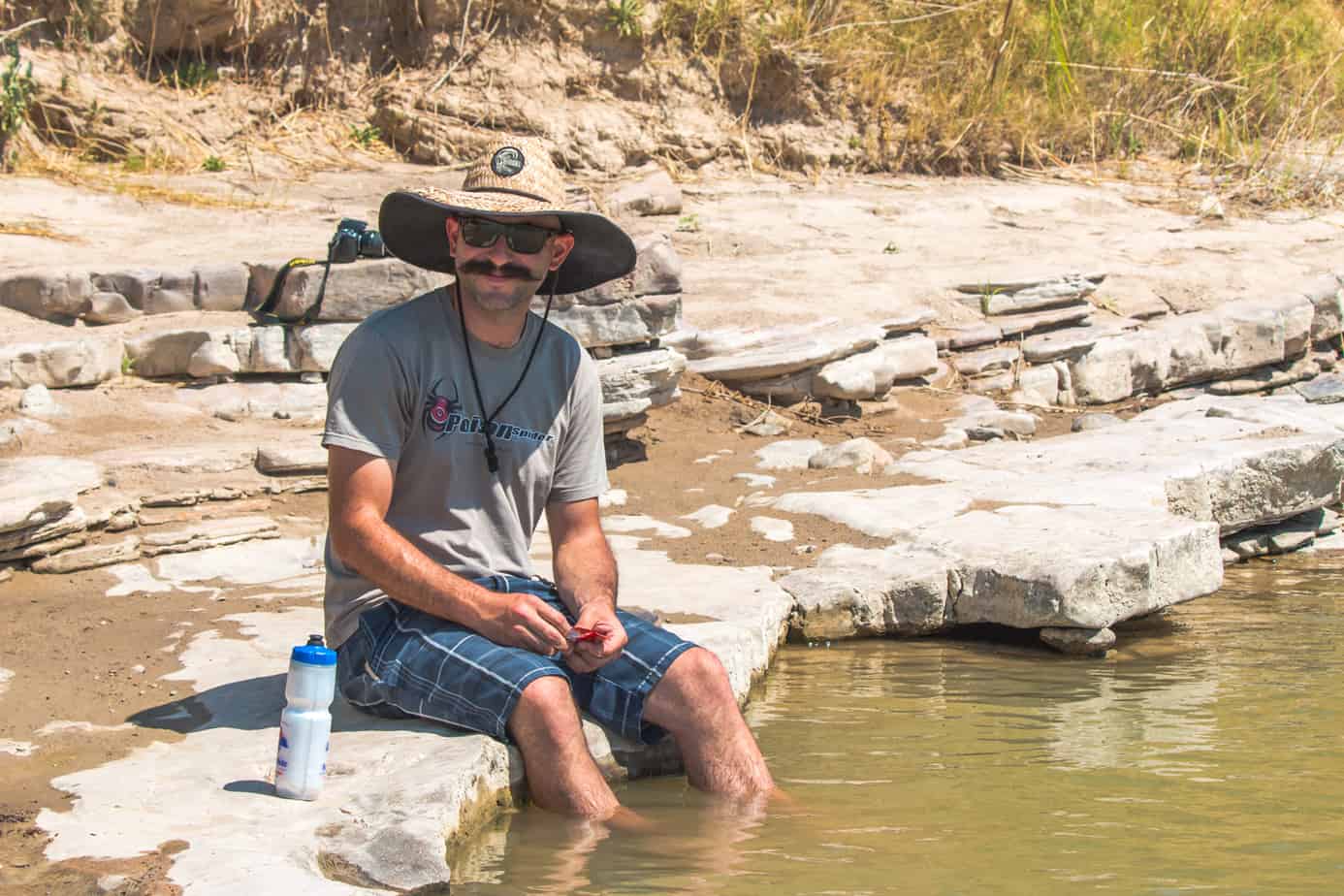

I probably would have stayed in that river all day had two vaqueros not rode up to the bank on horseback. I shot from the river and reached my camera just in time to capture them trotting in. The muddy current broke over the horses long legs, and they strode easily through the water. A dog followed along closely, bounding through with much more difficulty than the larger creatures it pursued. Yet they all reached the opposite bank and disappeared into the reeds on the Mexican shore. 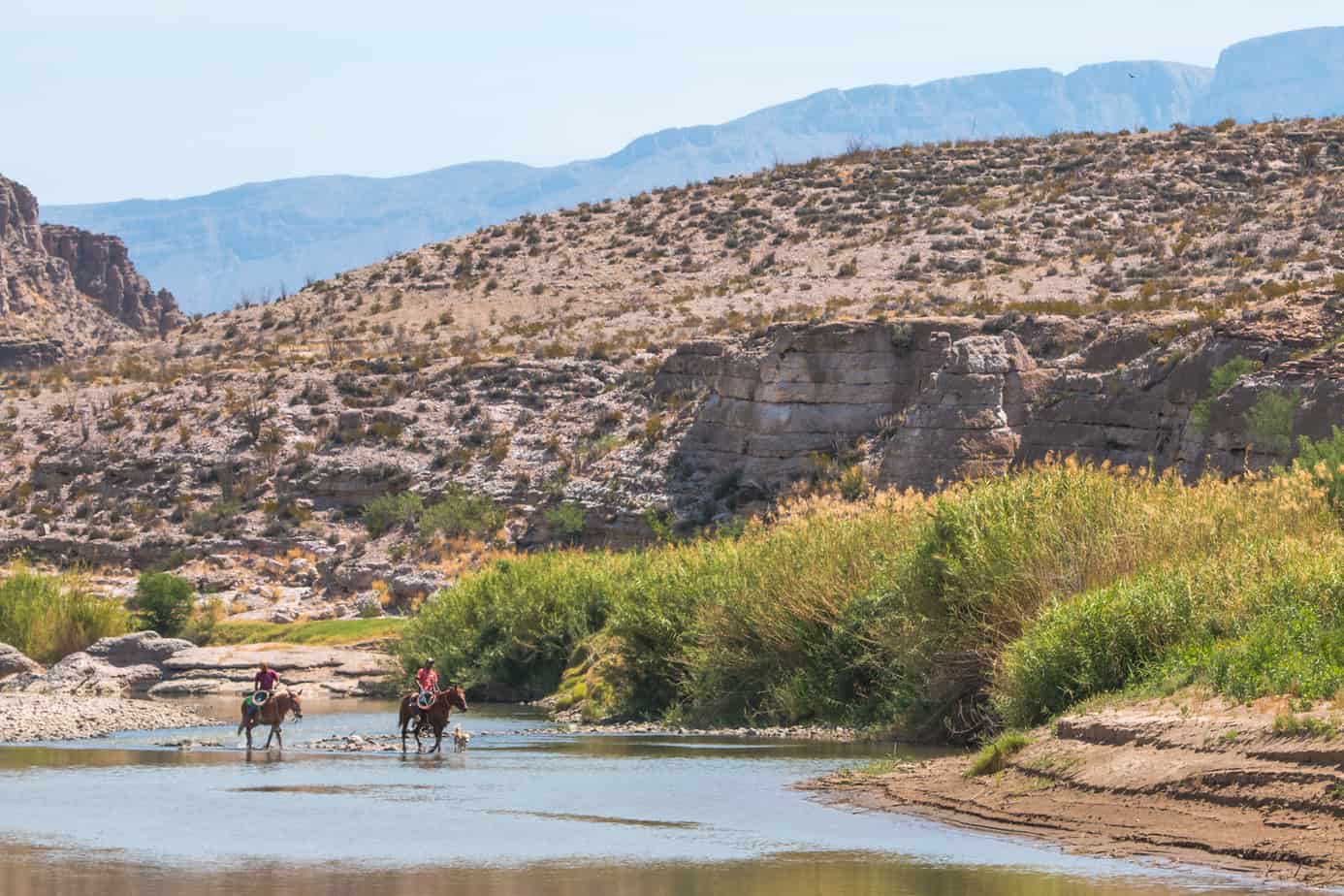
As the sun peaked high above us, we decided to move on. We had limited time in the park today, and one of the longer sections of dirt still lay ahead: Old Ore Road. Totaling over 26 miles, this trail tours the eastern side of Big Bend and covers some of the more remote regions of the park. It’s not technical in nature, but depending on conditions it can be rocky in the worst kind of way. Unfortunately for us, that’s the exact way in which we found it.
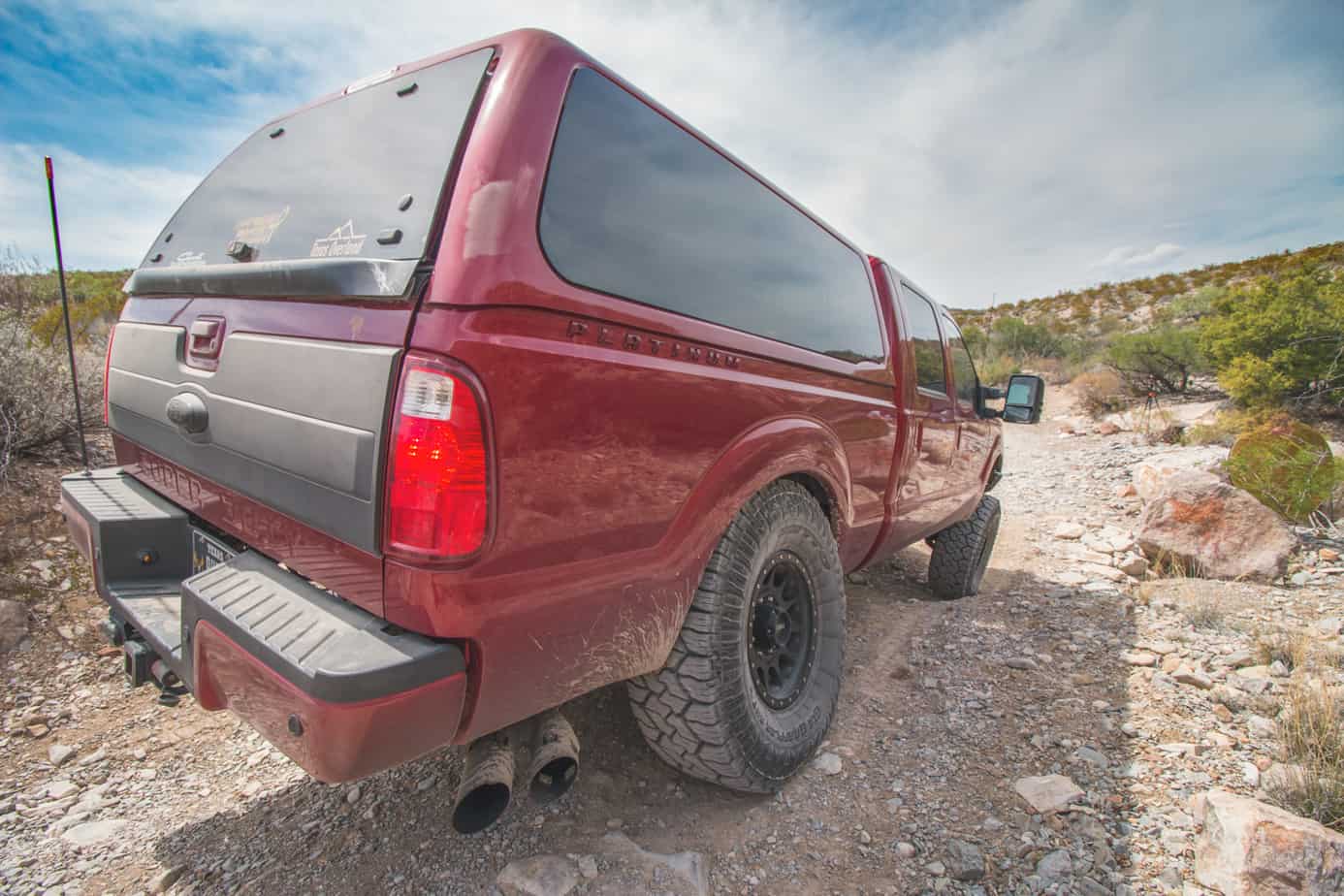
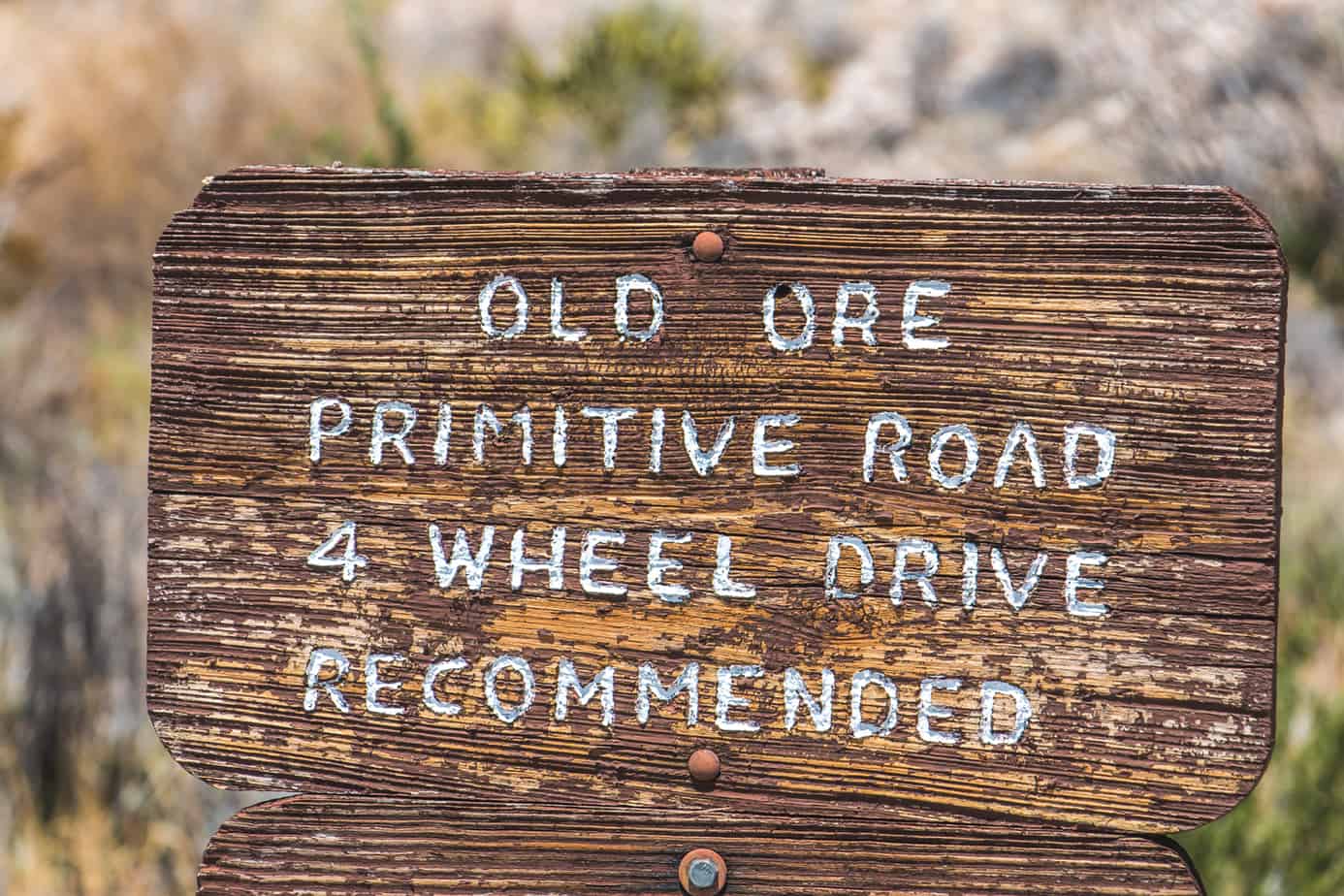
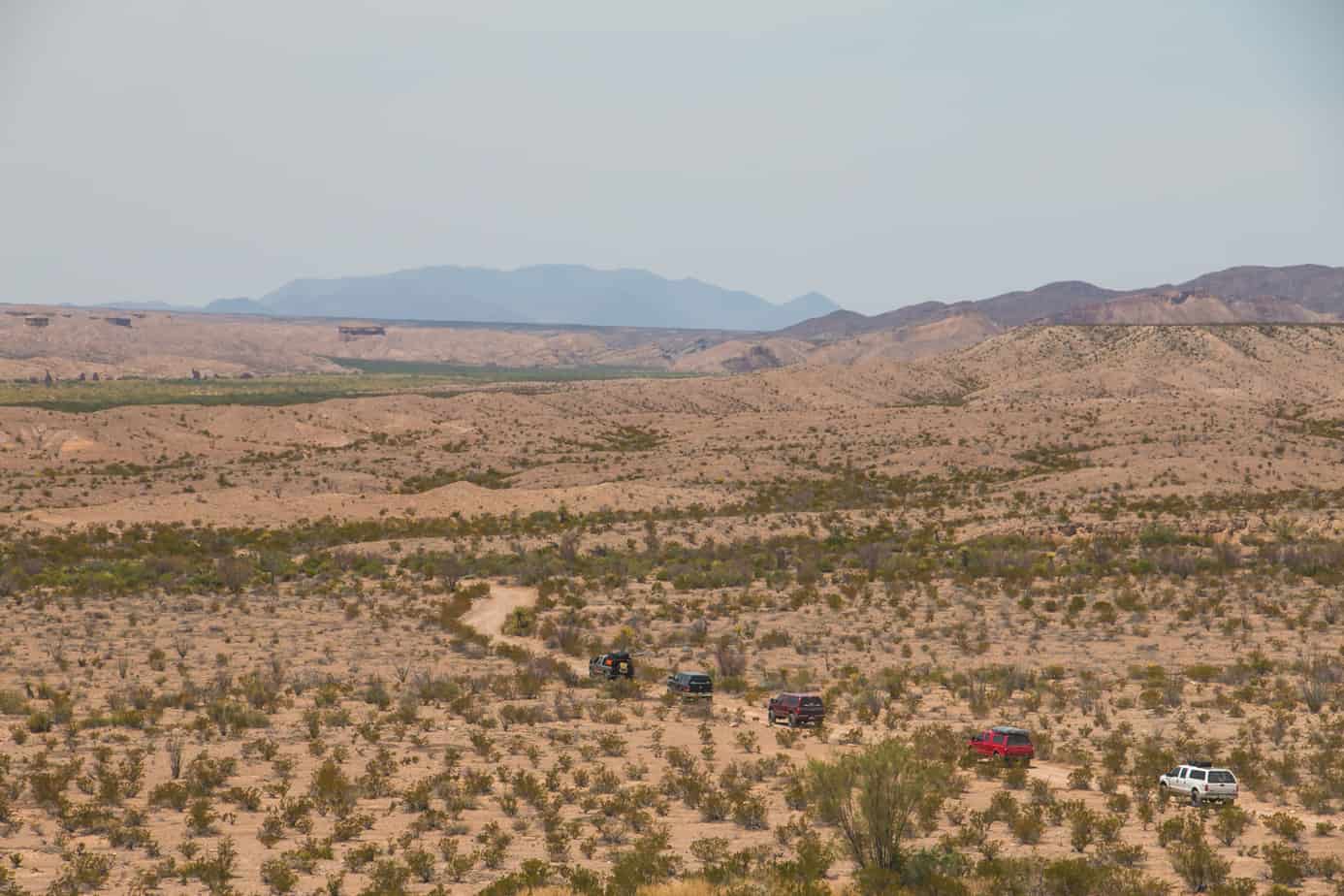
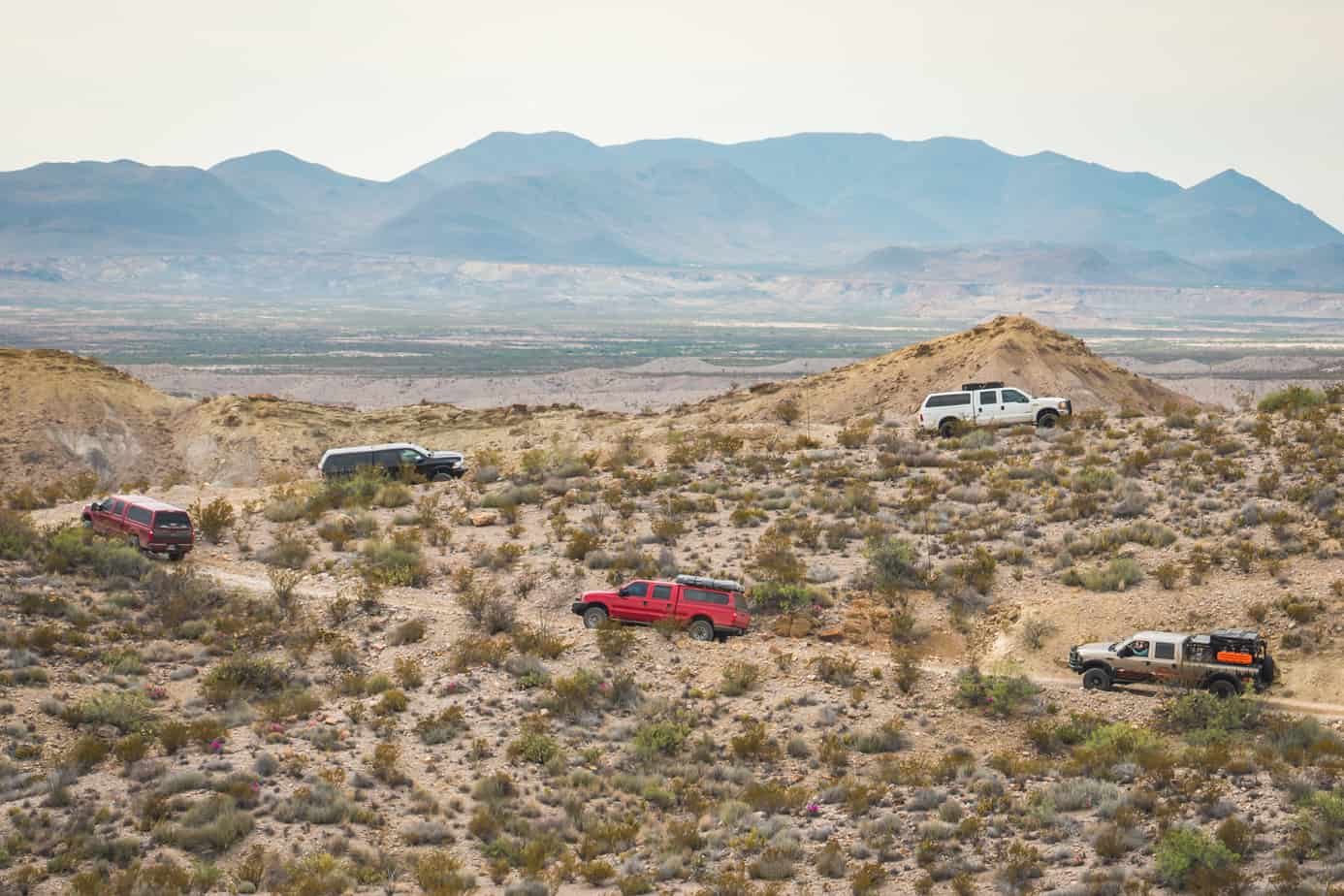
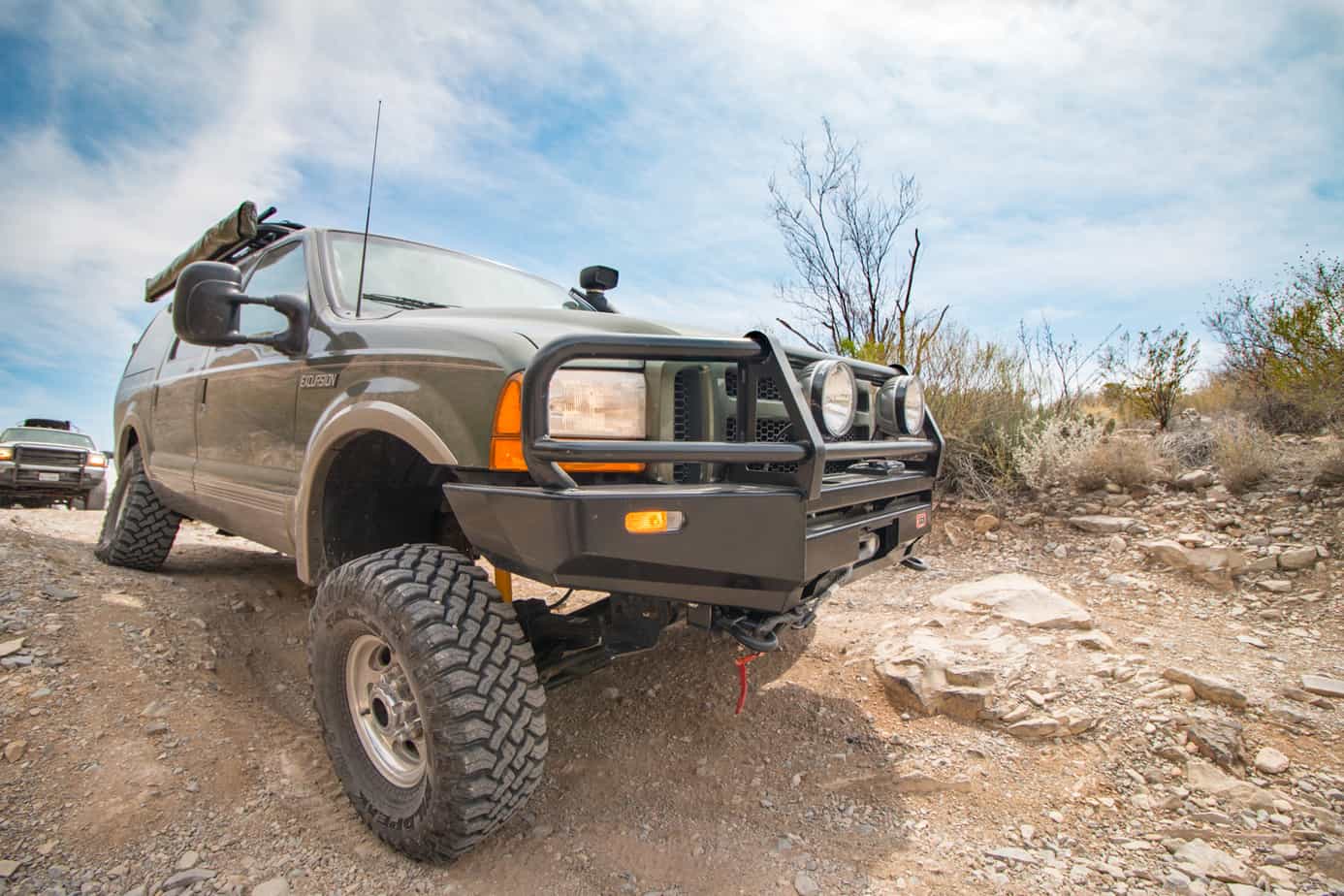
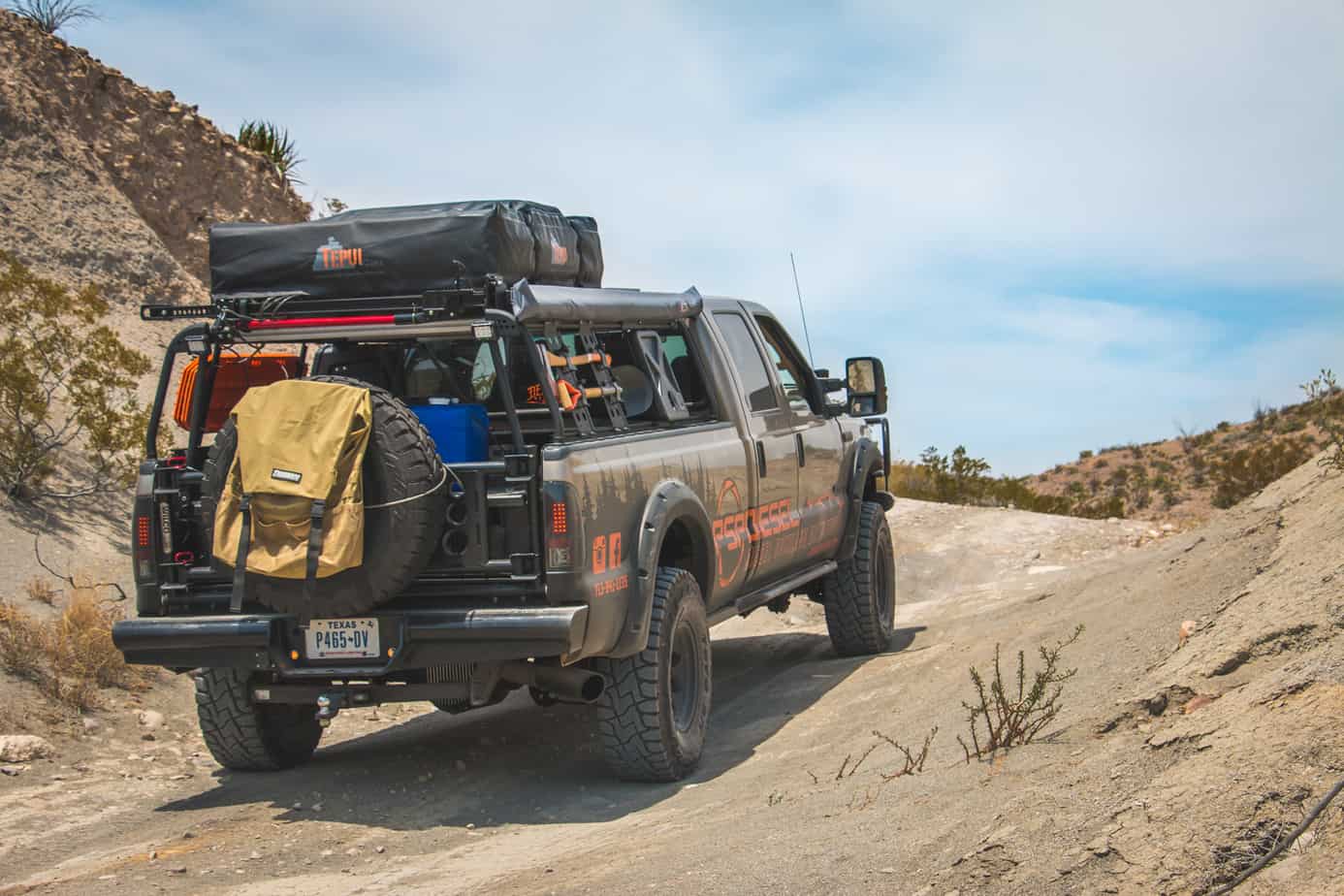
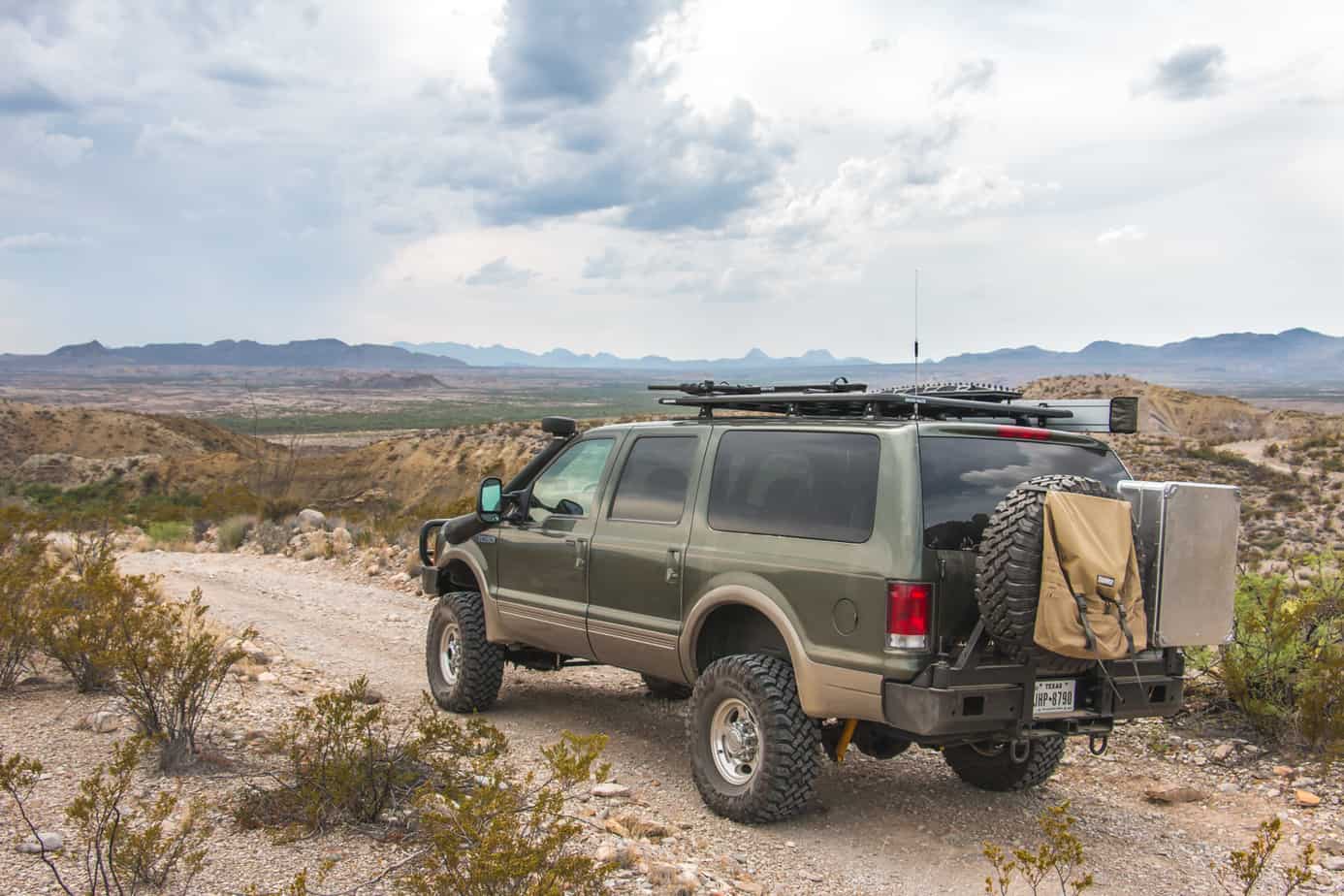 As the miles ticked by, problems began to surface in the group. One truck’s tie-downs began to pull out, while my own vehicle developed a troubling pop in the front end. The bumps and ruts continued, wearing on our patience as much as our vehicles. The one redeeming aspect of the drive was the views, which were as vast and impressive as any you’ll see in the region. They almost justified the trouble we had encountered on the road, but by the end of the trail, the only things any of us wanted were a cold beer, a soft chair, and a warm campfire. With rain showers spreading across the landscape and the sun dropping low, we turned out for the park boundary and our camp for the night.
As the miles ticked by, problems began to surface in the group. One truck’s tie-downs began to pull out, while my own vehicle developed a troubling pop in the front end. The bumps and ruts continued, wearing on our patience as much as our vehicles. The one redeeming aspect of the drive was the views, which were as vast and impressive as any you’ll see in the region. They almost justified the trouble we had encountered on the road, but by the end of the trail, the only things any of us wanted were a cold beer, a soft chair, and a warm campfire. With rain showers spreading across the landscape and the sun dropping low, we turned out for the park boundary and our camp for the night.
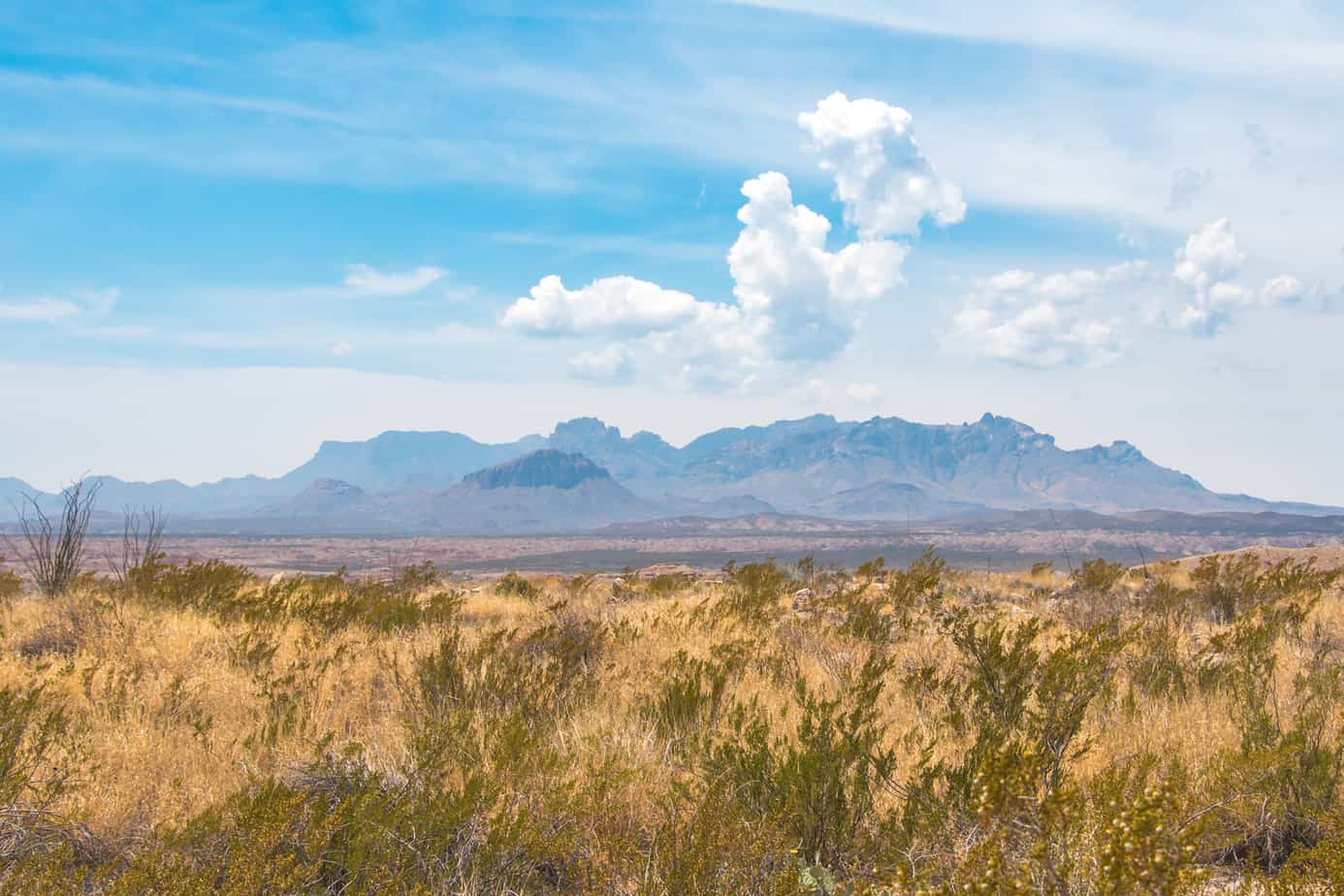
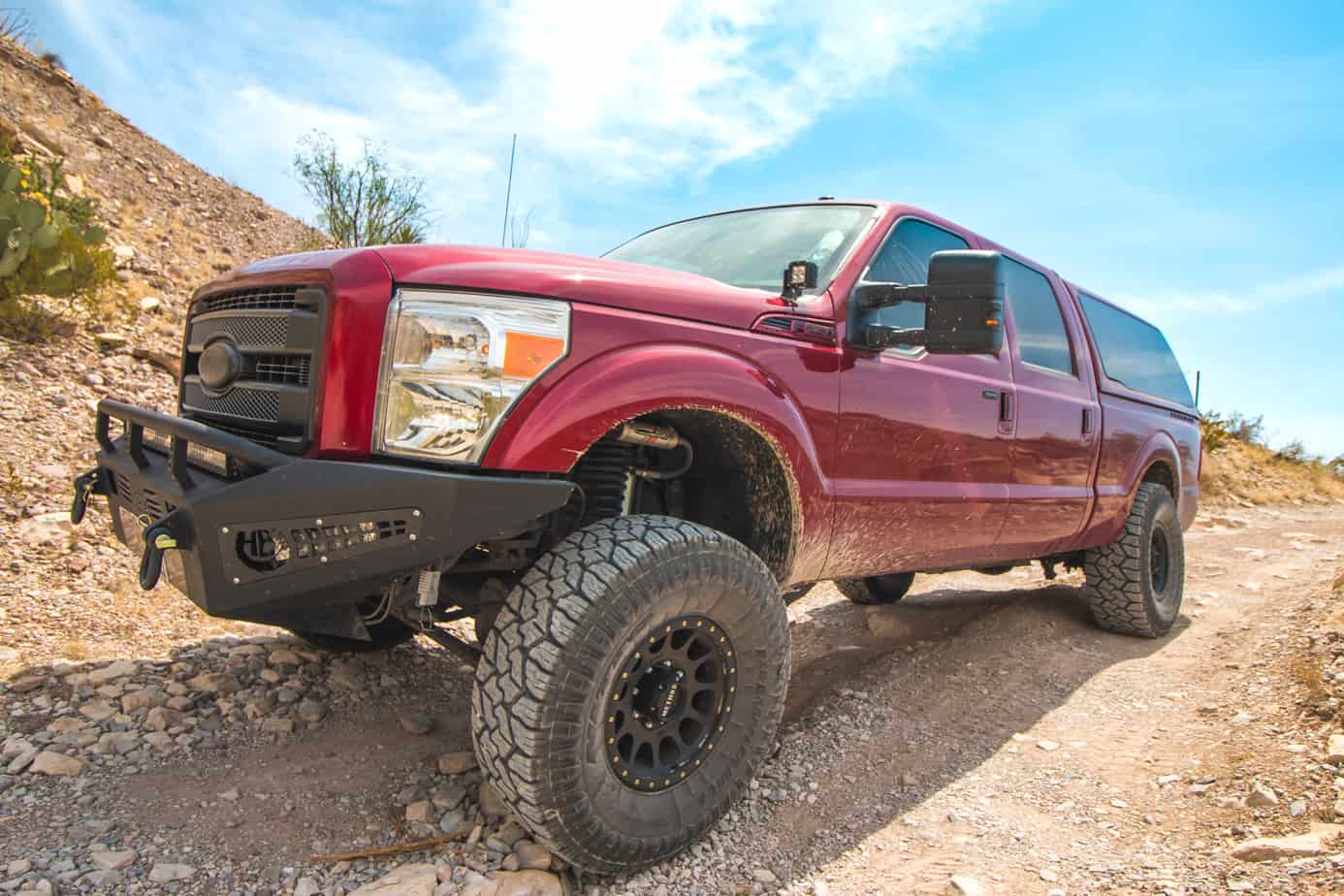
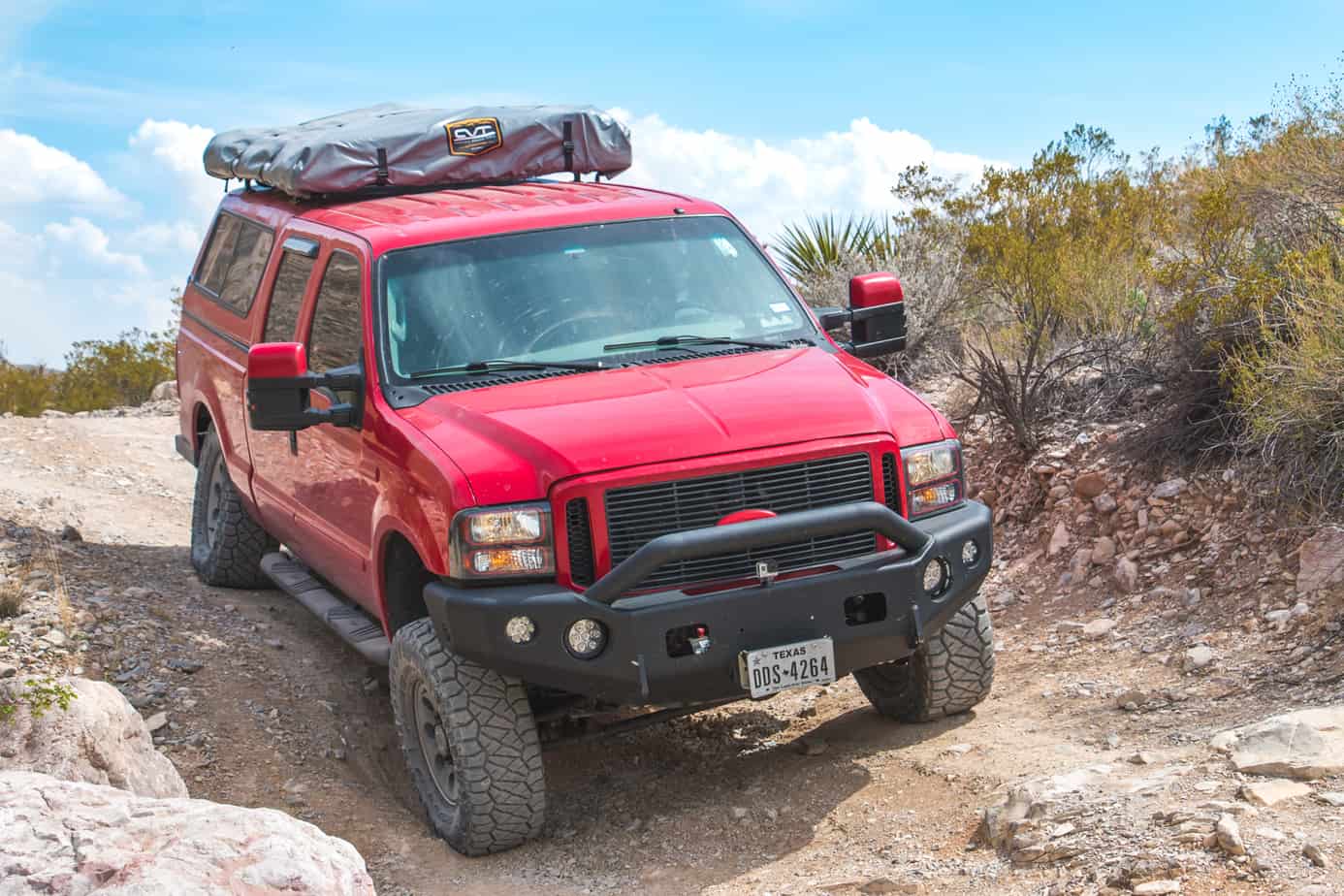
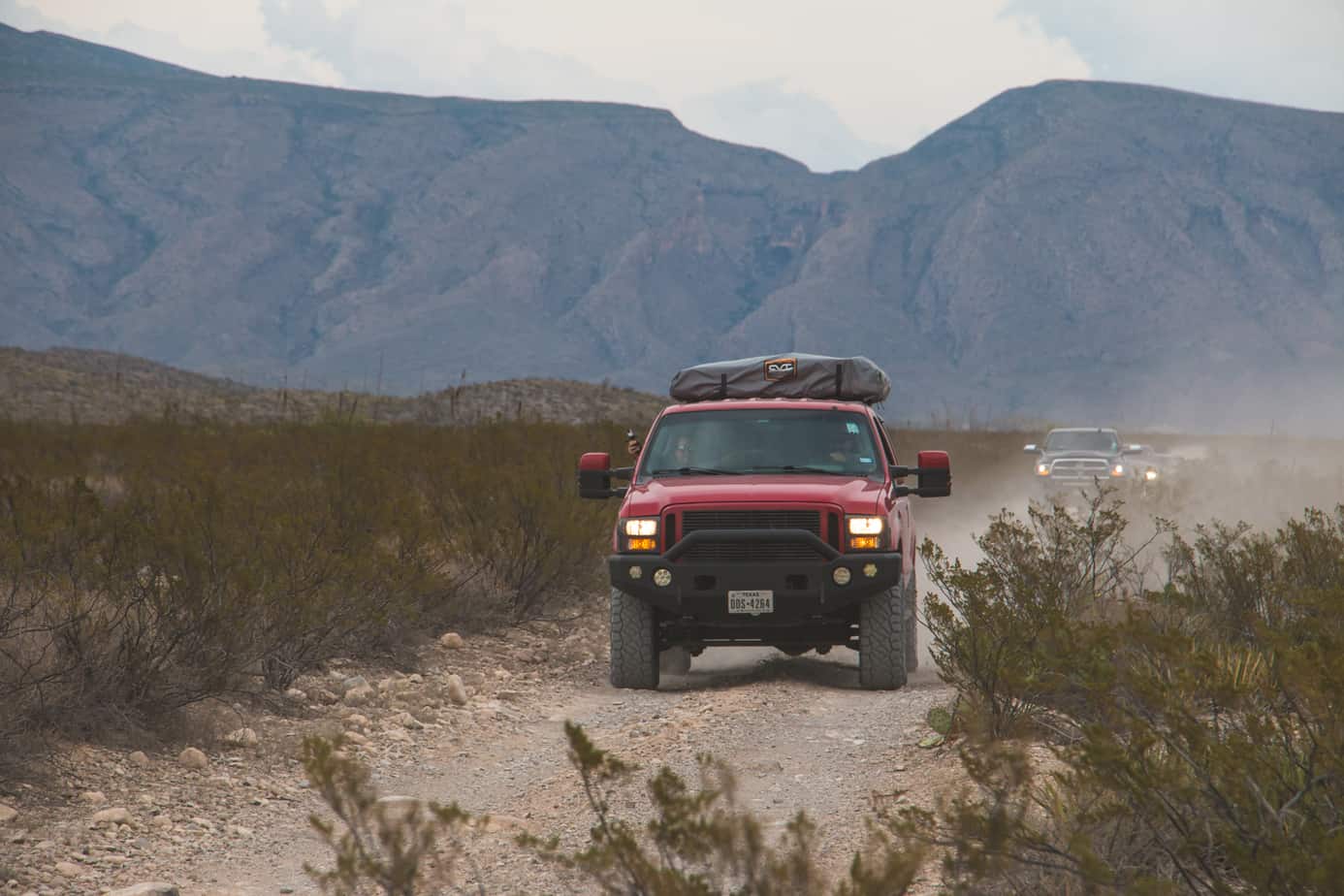
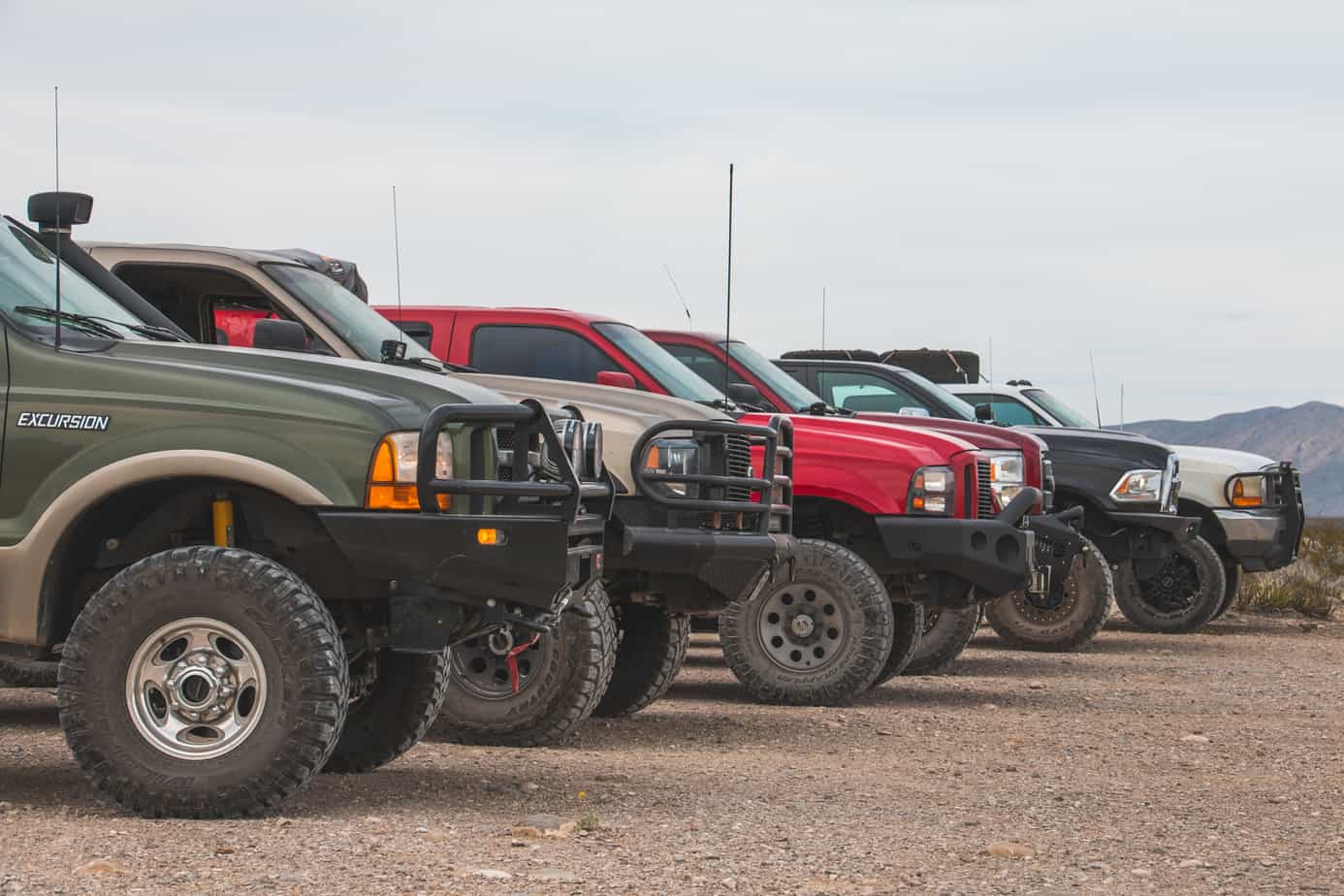
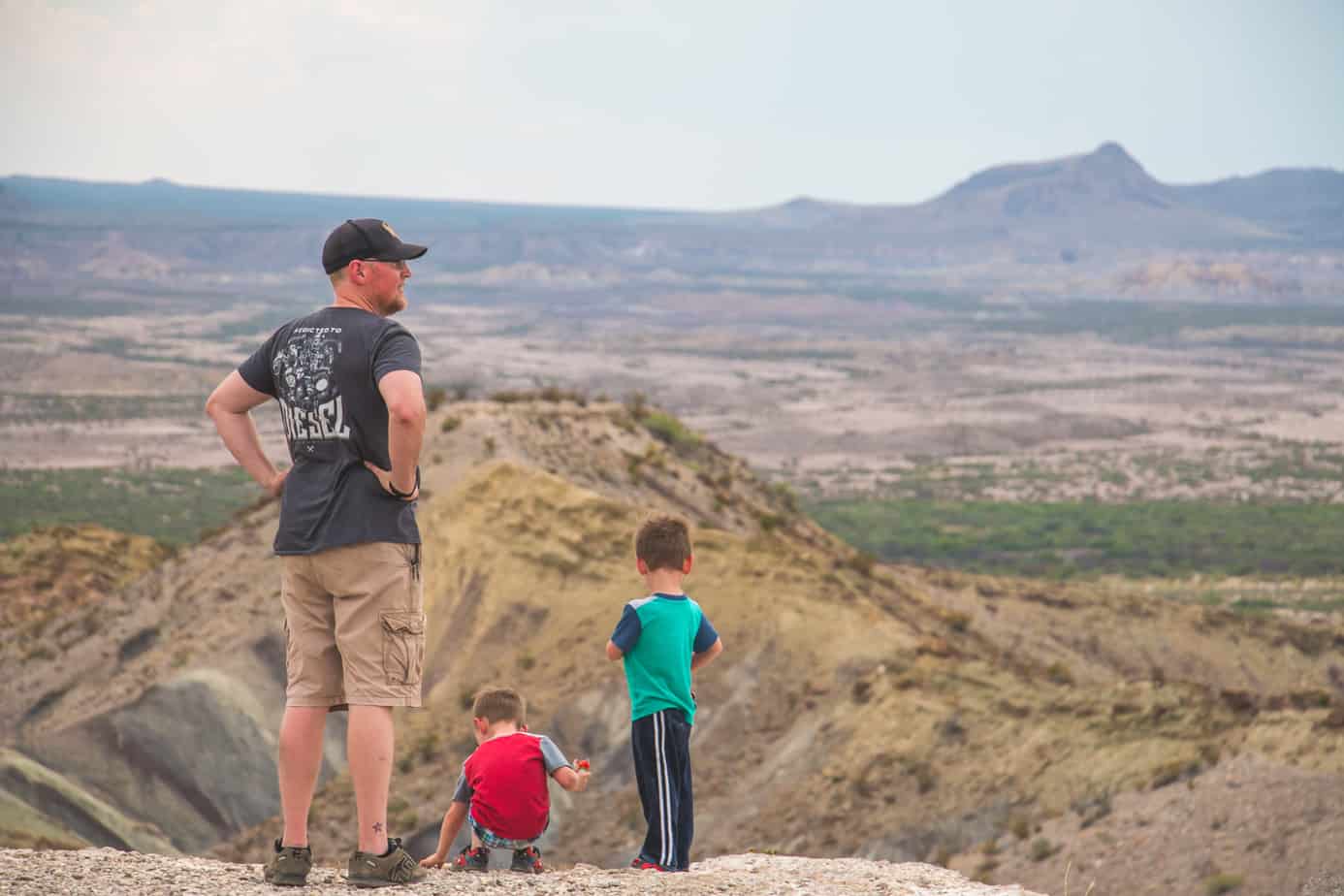
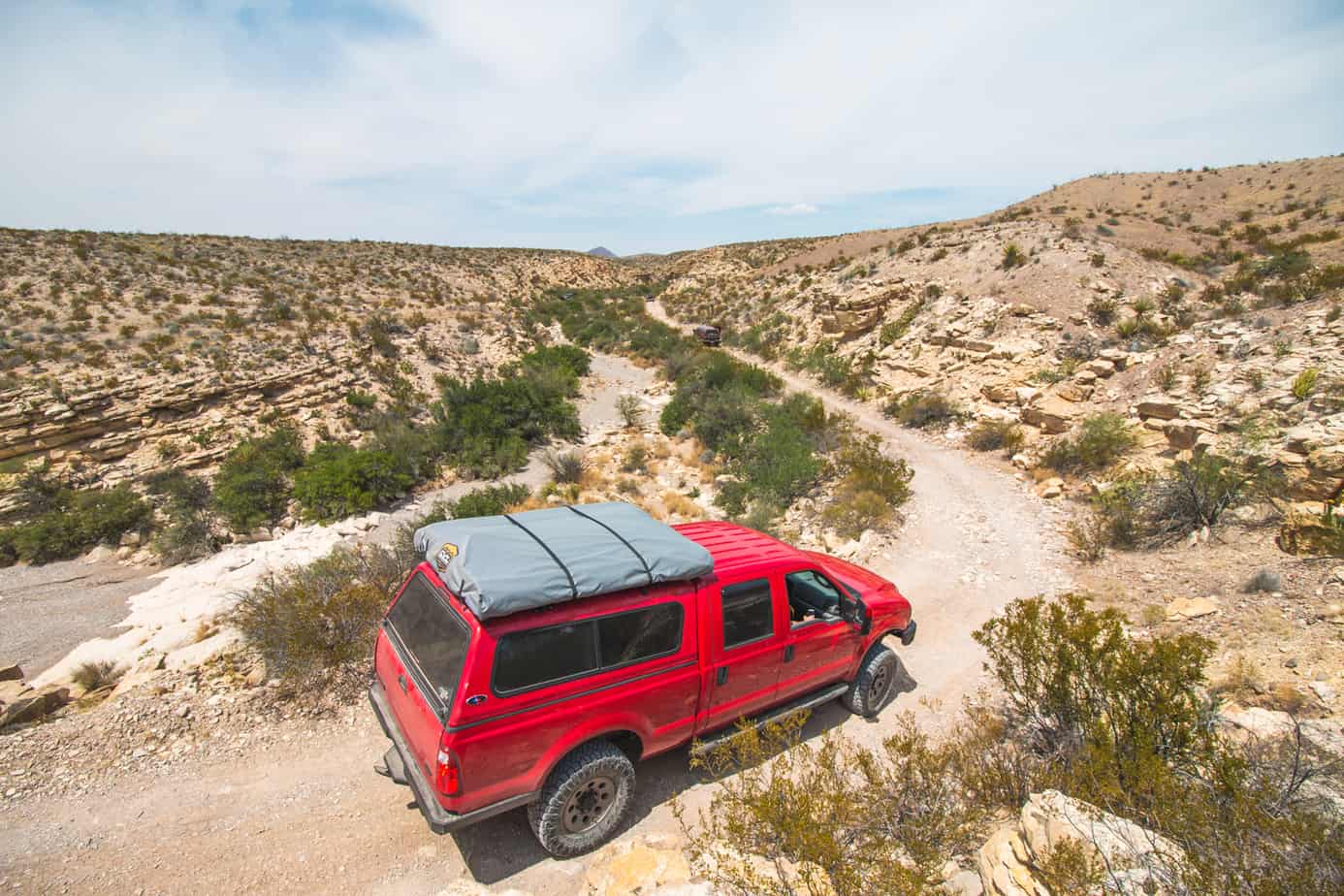
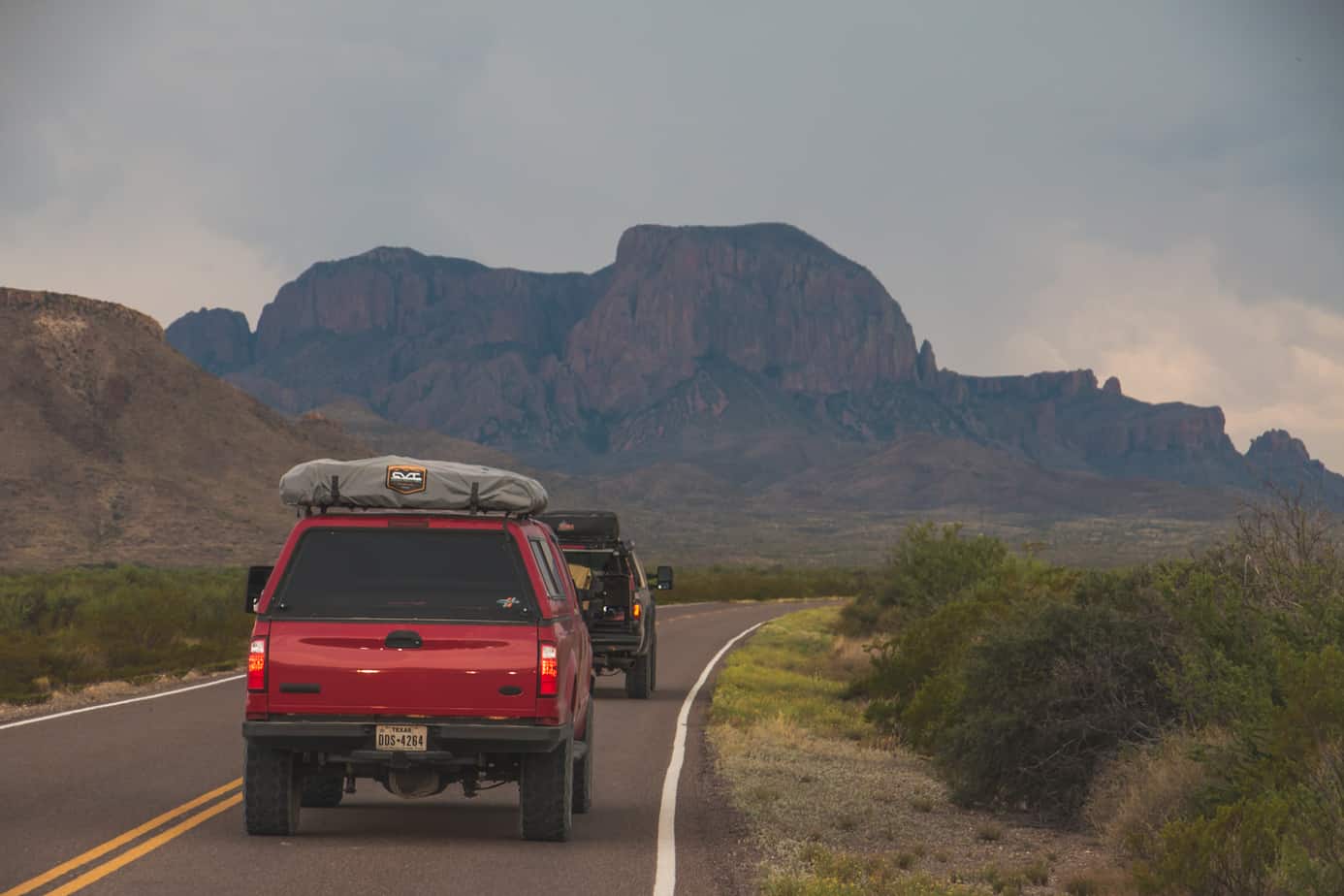
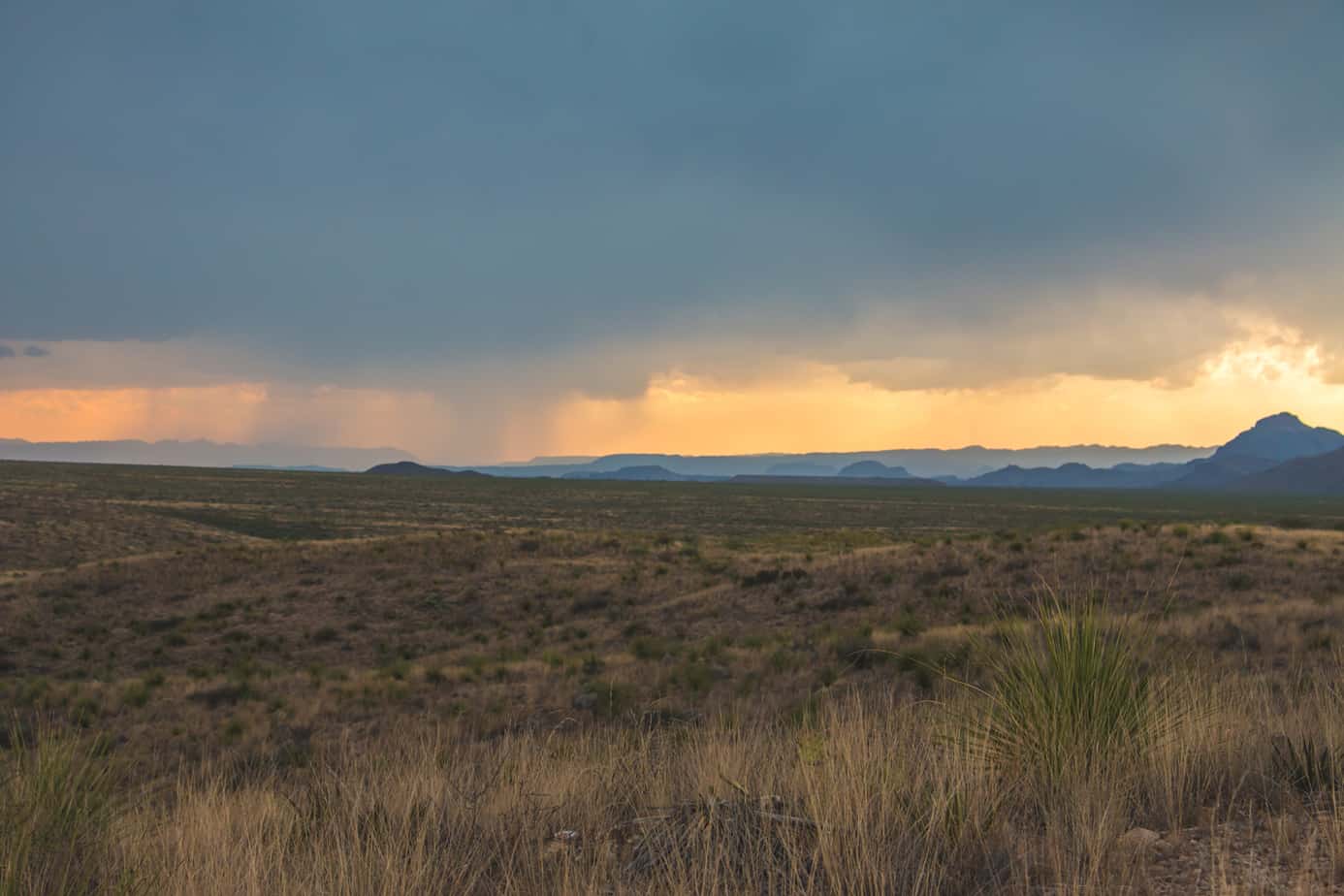
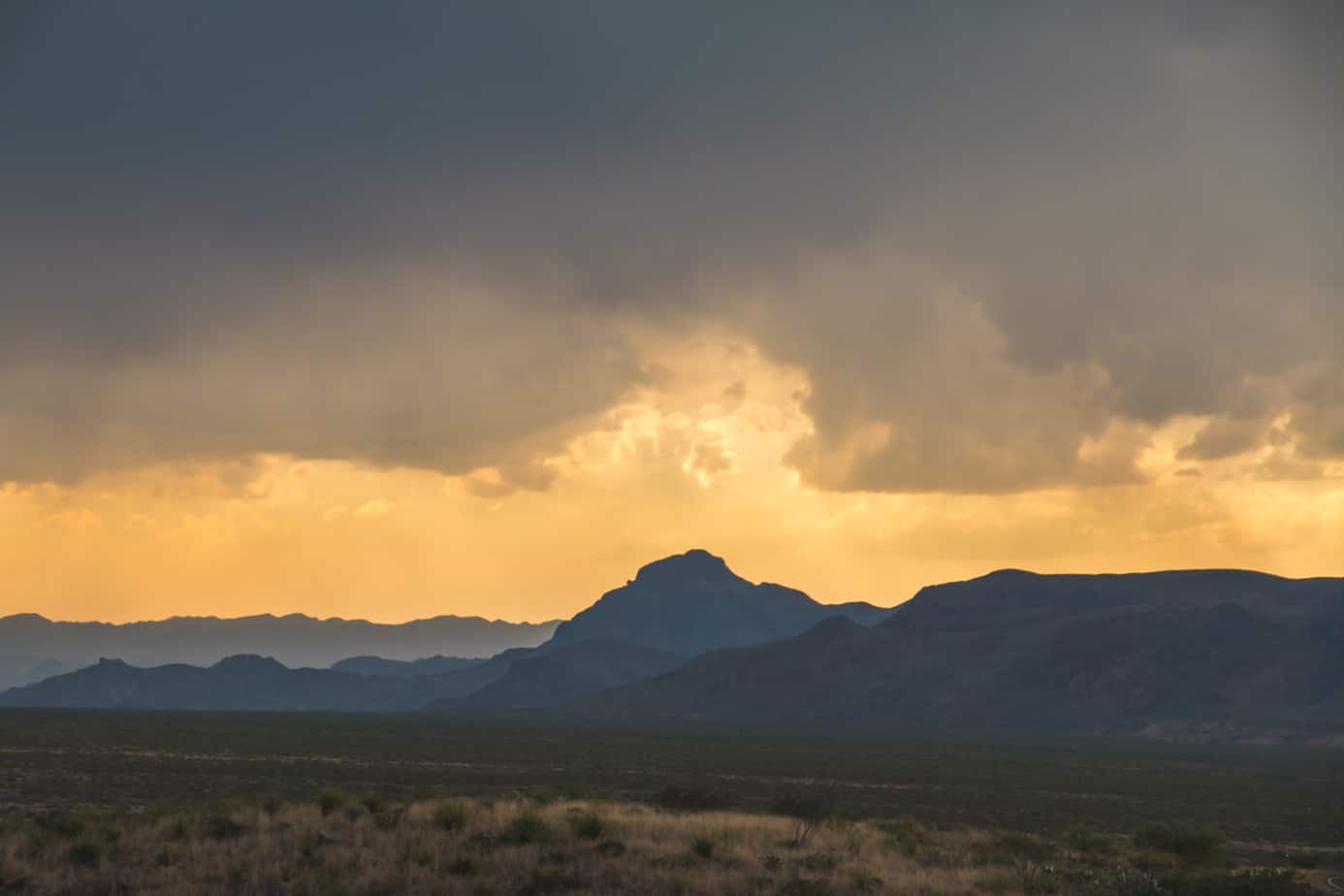
 We awoke the following day to a rather unexpected change. The showers from the night before ended up being downpours in other parts of the park, which meant that our planned route down Maverick Road had been closed due to flooding. What was worse, the rangers were unsure of the condition of River Road, which led to our campsite for the night. The River Road is one of the most traveled dirt routes in Big Bend, and as you probably guessed, follows the banks of the Rio Grande. It’s a scenic trail, skirting along plateaus and climbing hills, but it also spends a good deal of time following dry river beds, which after storms, aren’t so dry. We decided to drive the road anyway and find out the conditions for ourselves. The group made a quick stop to drop air pressure for the soft sand and set out.
We awoke the following day to a rather unexpected change. The showers from the night before ended up being downpours in other parts of the park, which meant that our planned route down Maverick Road had been closed due to flooding. What was worse, the rangers were unsure of the condition of River Road, which led to our campsite for the night. The River Road is one of the most traveled dirt routes in Big Bend, and as you probably guessed, follows the banks of the Rio Grande. It’s a scenic trail, skirting along plateaus and climbing hills, but it also spends a good deal of time following dry river beds, which after storms, aren’t so dry. We decided to drive the road anyway and find out the conditions for ourselves. The group made a quick stop to drop air pressure for the soft sand and set out.
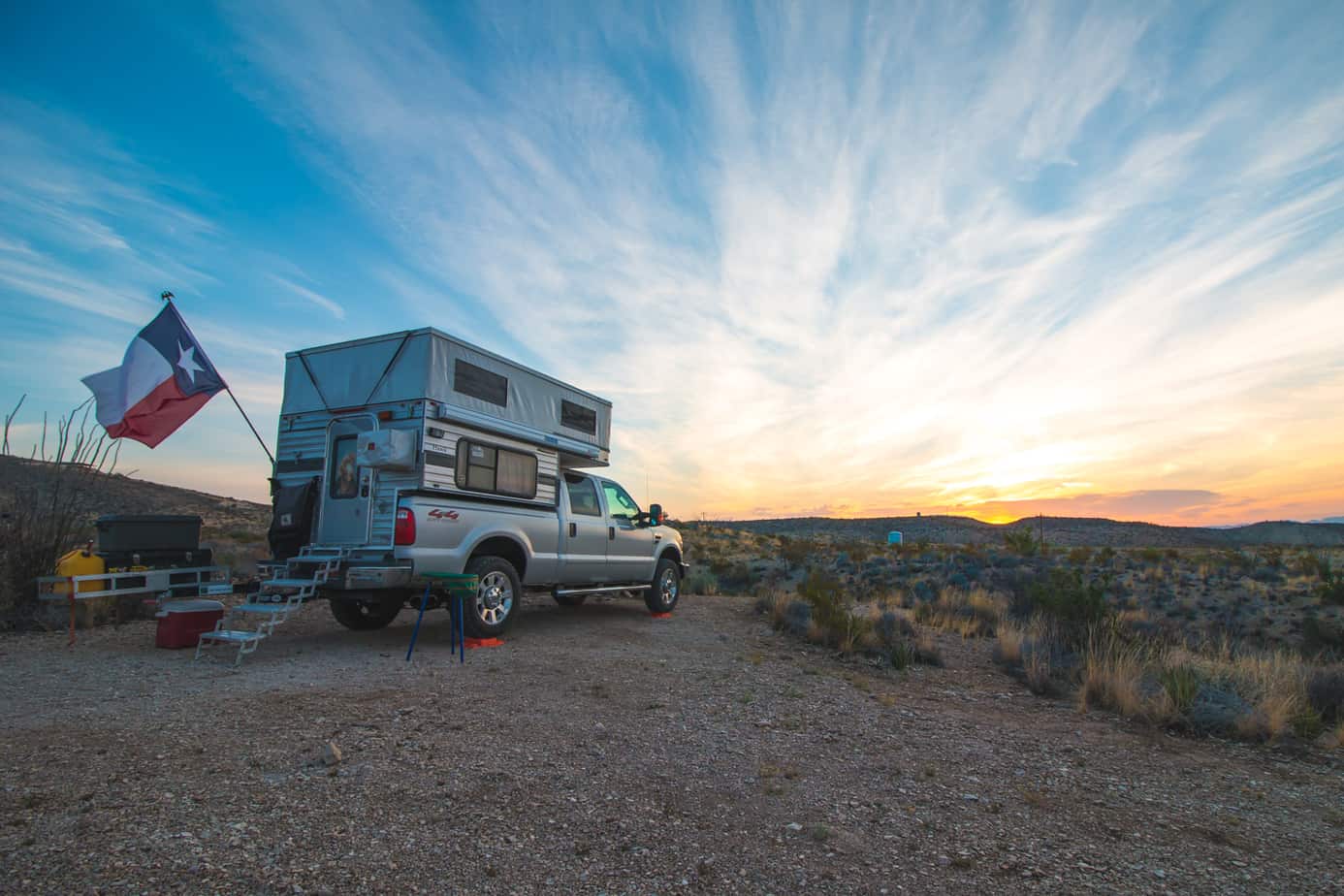
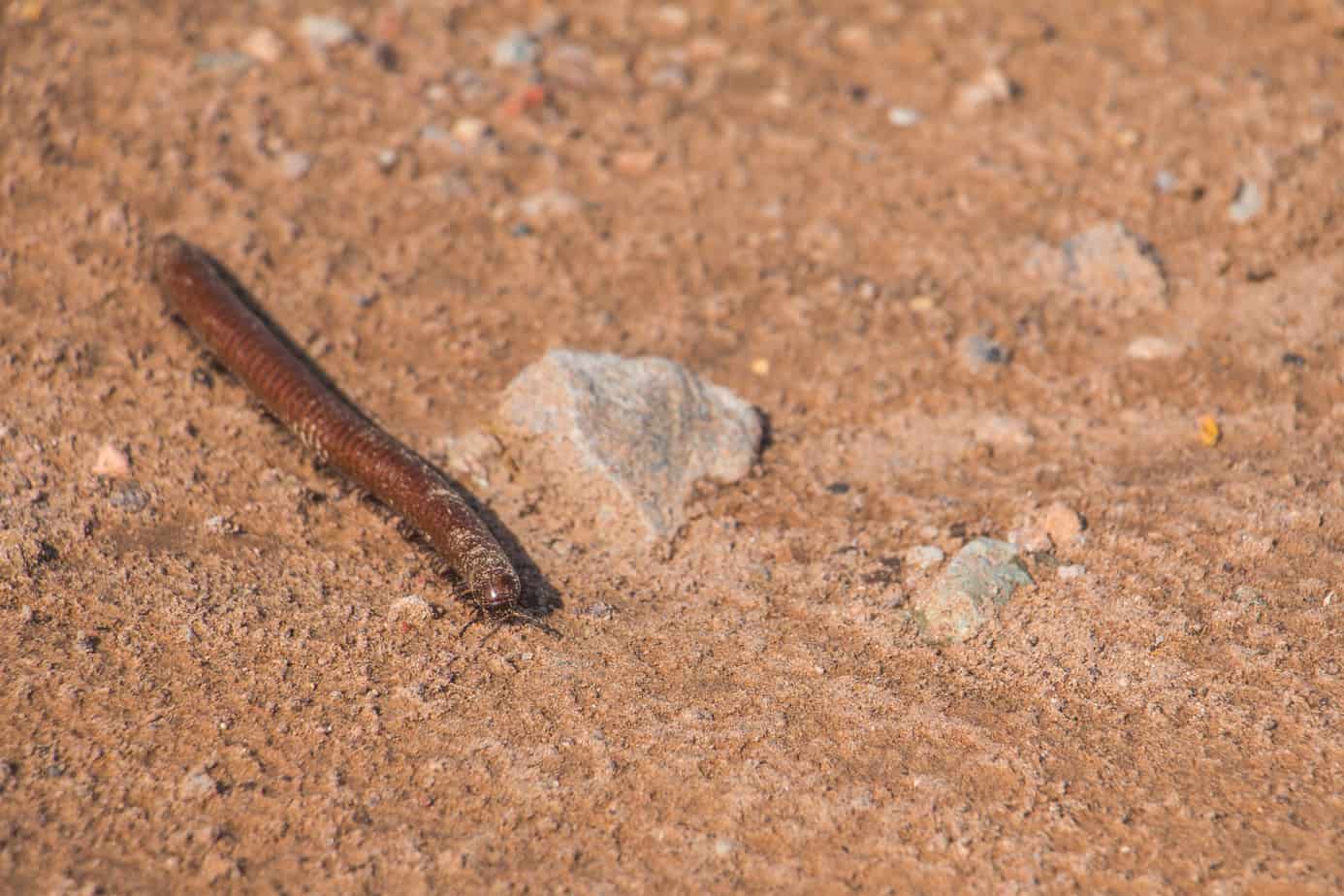
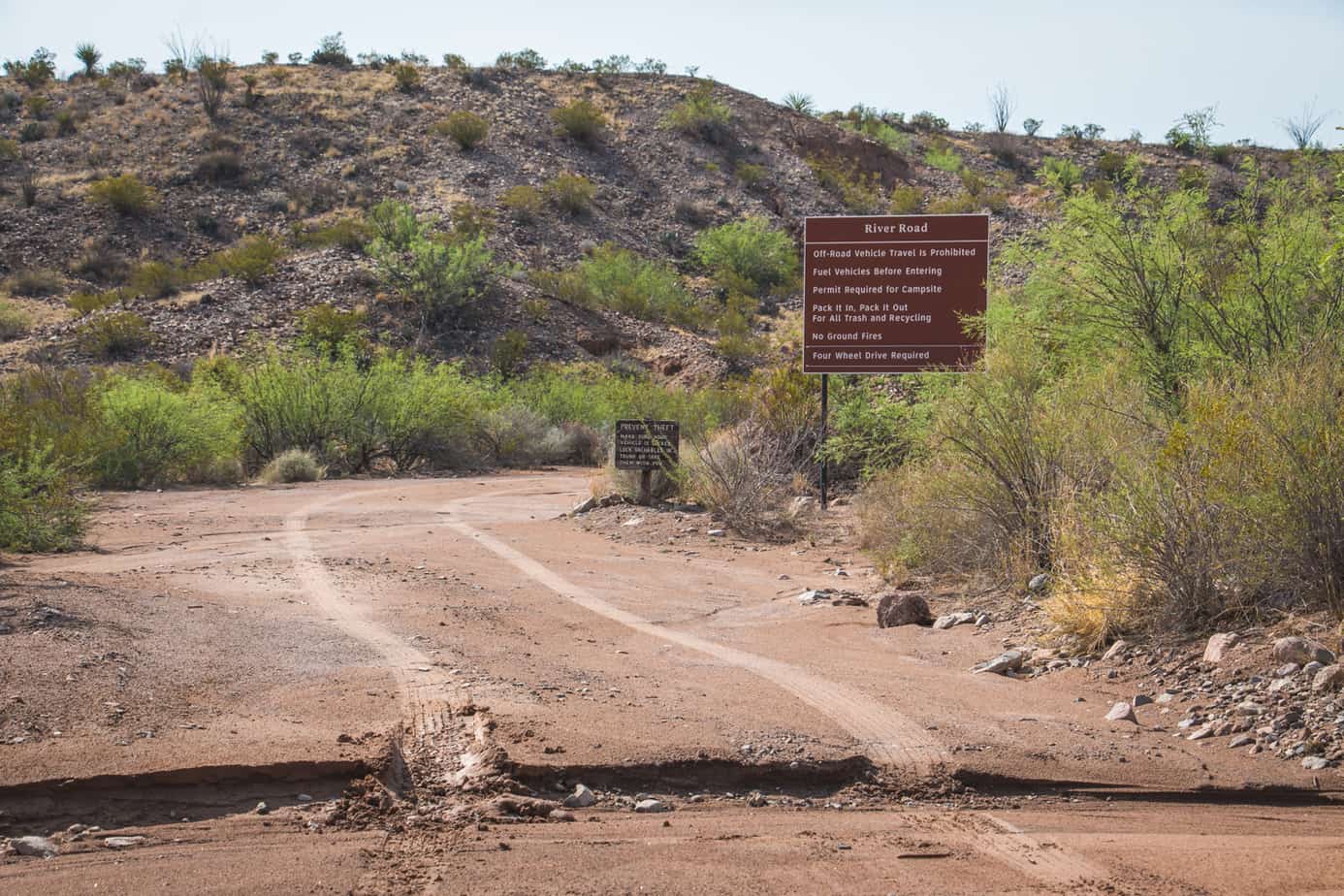
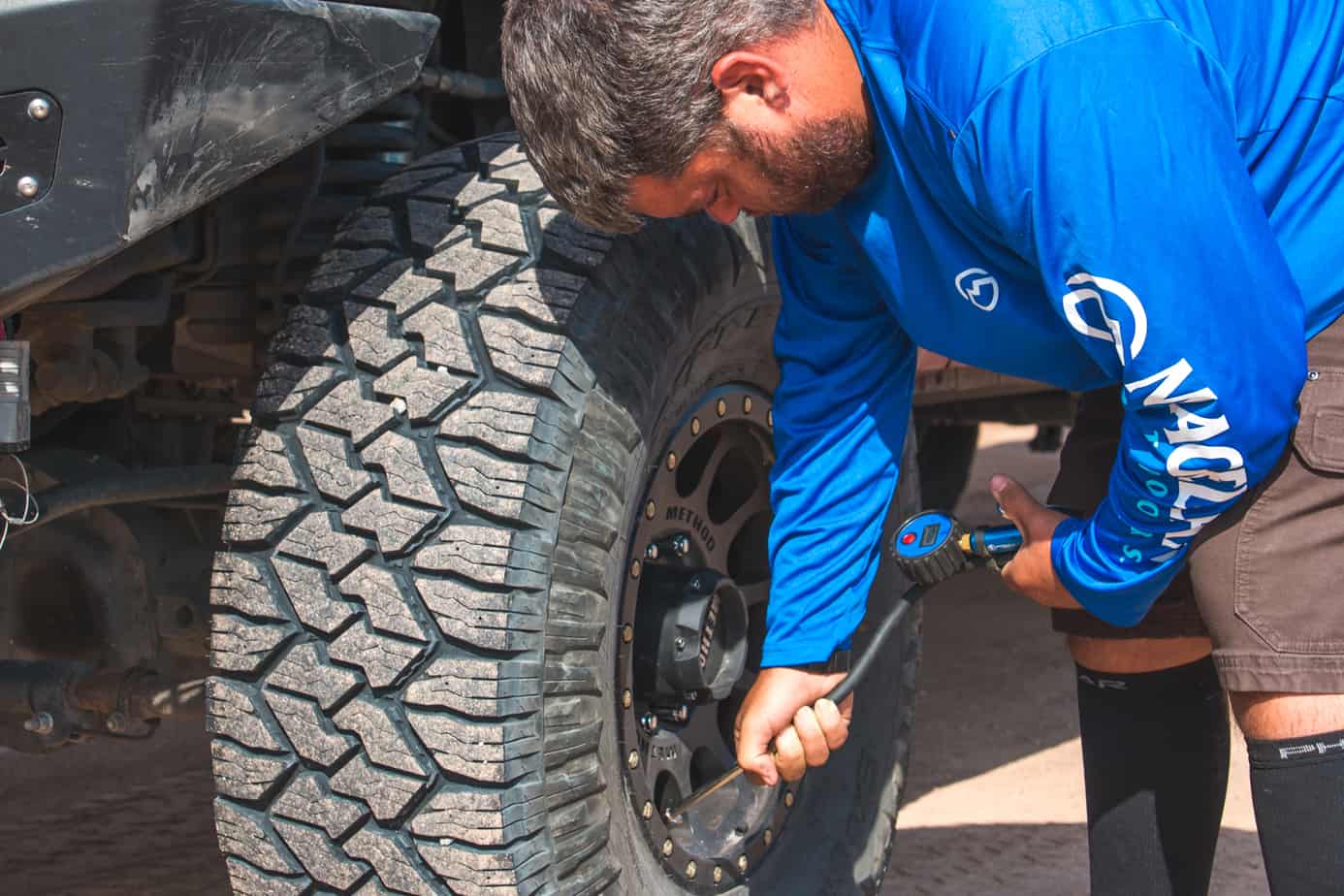

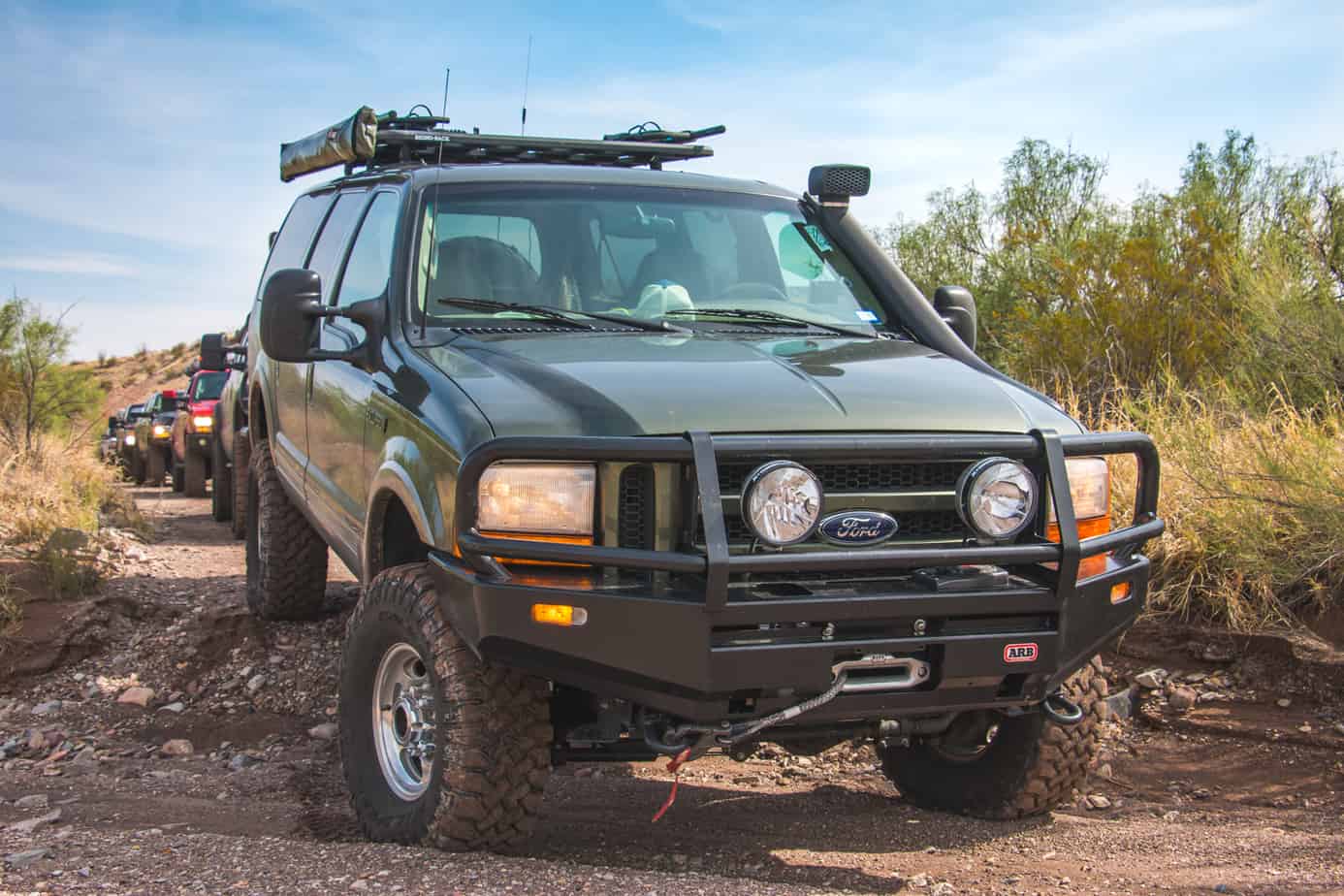

 For once on this trip, things actually went our way. The road was in good shape, there were only two sections of mud, and besides there being no tracks to follow in the recently flooded washes, the drive was a breeze. By midday, we had made so much progress that we were able to do one of my favorite things on a trip: get the hell out of the truck. A nearby canyon presented the perfect opportunity for a hike. With cameras and water bottles at hand, we made our way between the cliffs, observing the artistry of water on rock over thousands of years.
For once on this trip, things actually went our way. The road was in good shape, there were only two sections of mud, and besides there being no tracks to follow in the recently flooded washes, the drive was a breeze. By midday, we had made so much progress that we were able to do one of my favorite things on a trip: get the hell out of the truck. A nearby canyon presented the perfect opportunity for a hike. With cameras and water bottles at hand, we made our way between the cliffs, observing the artistry of water on rock over thousands of years.
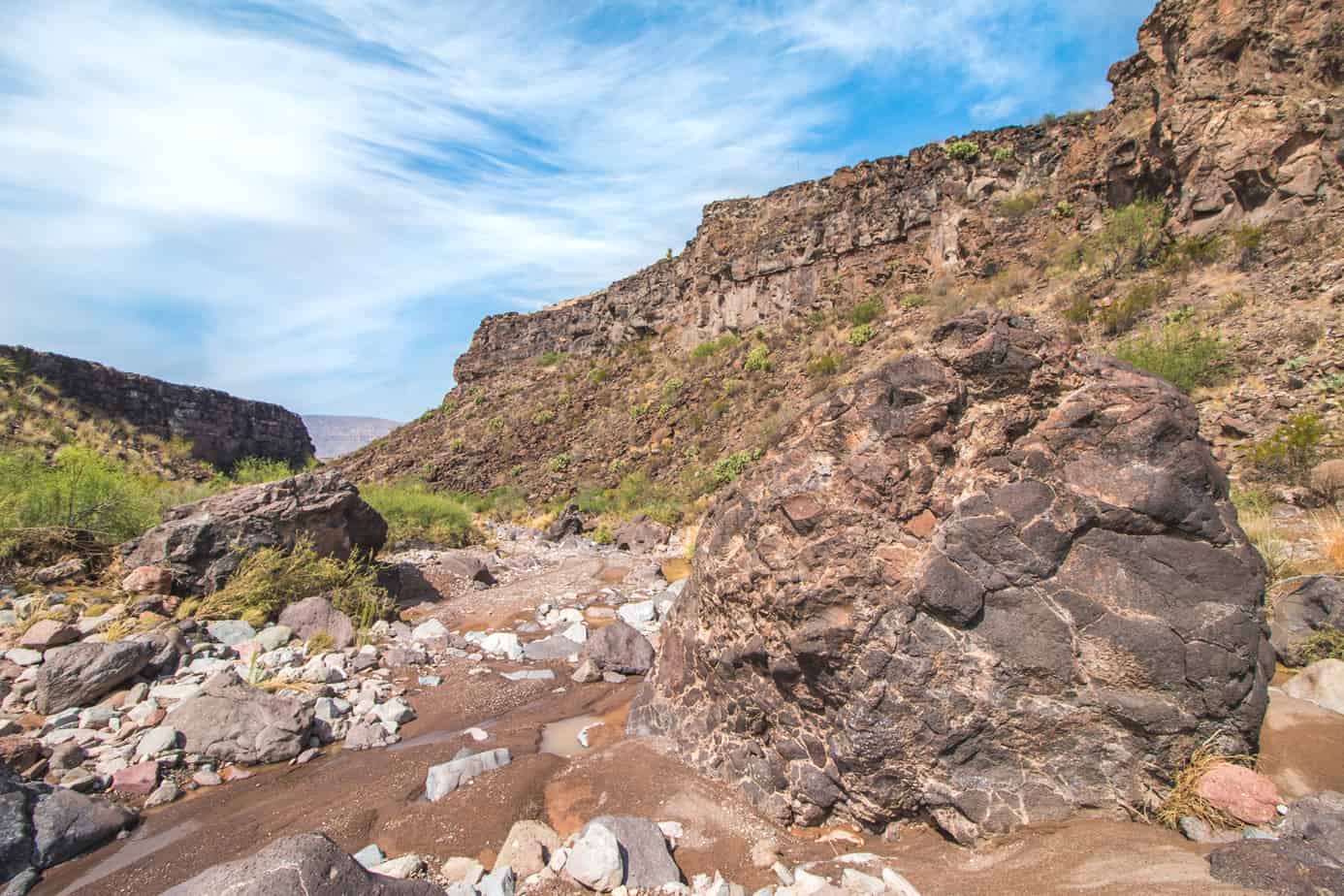
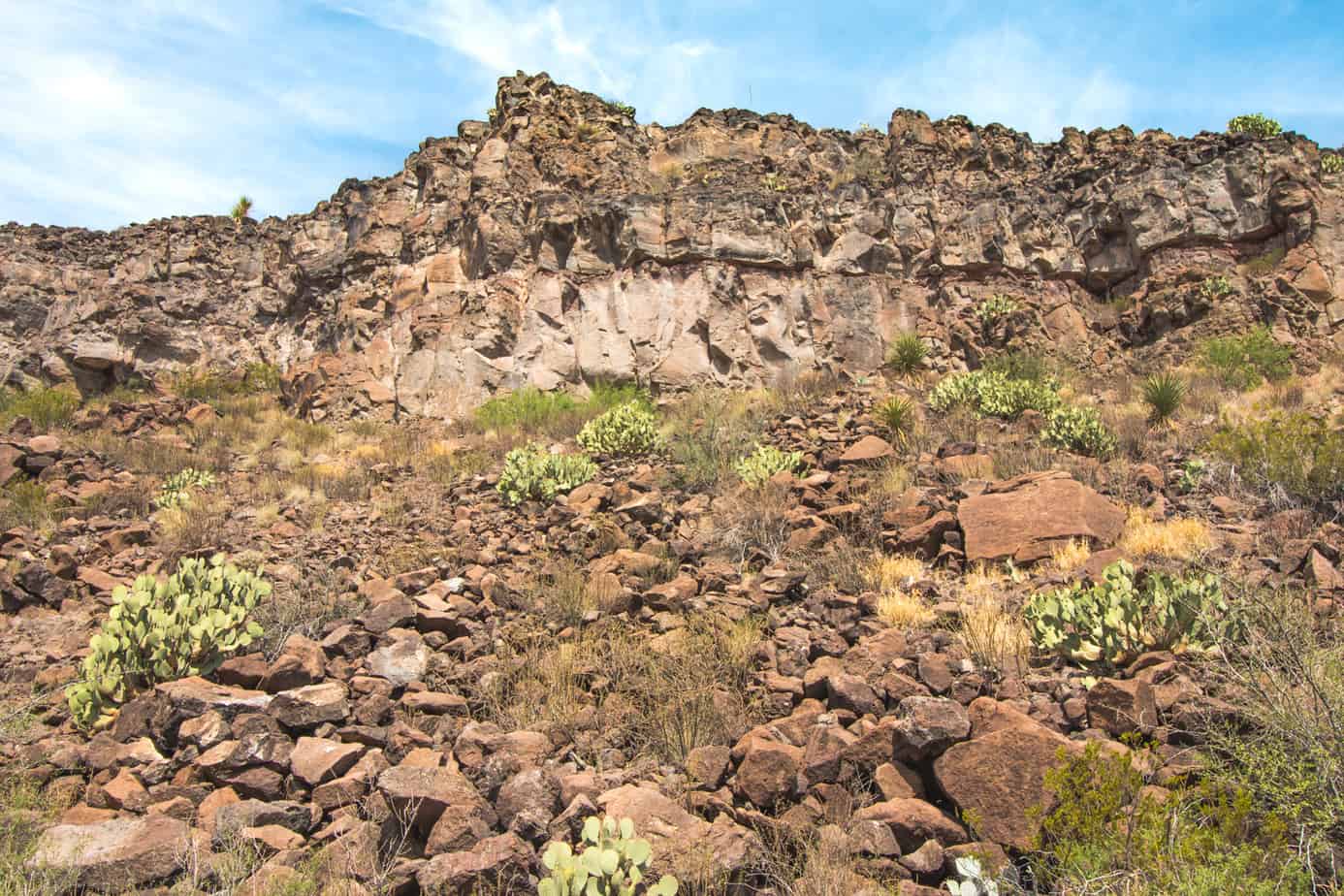

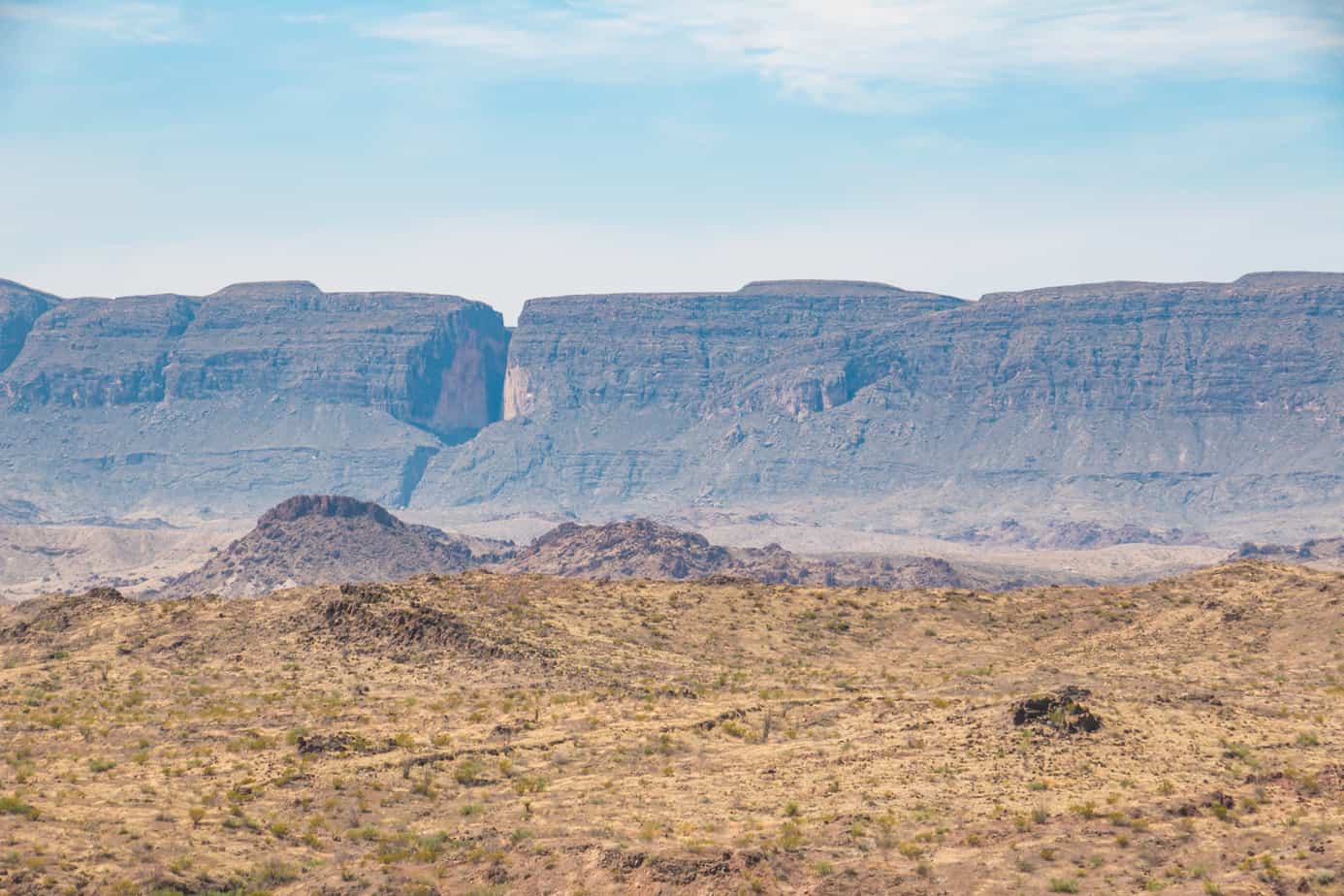
The remainder of that days’ drive felt like something out of a Western movie: the parched desert landscape was broken by a narrow serpent of green water, dust blowing in the wind, and the occasional buzzard soaring high overhead. The radios that had crackled with conversation throughout the trip went silent, and the trucks rolled through the scene like reverent patrons of Nature’s great show.
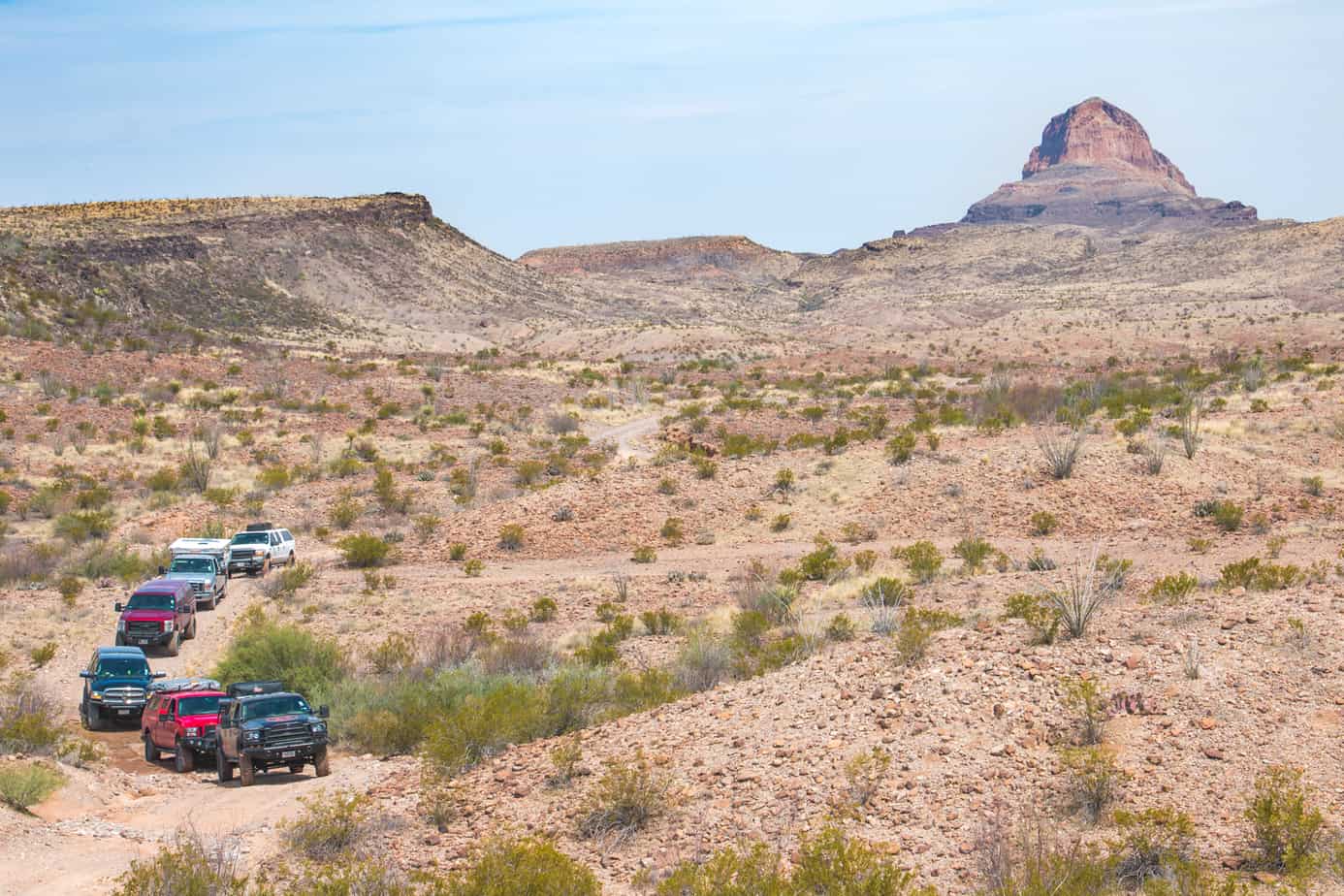
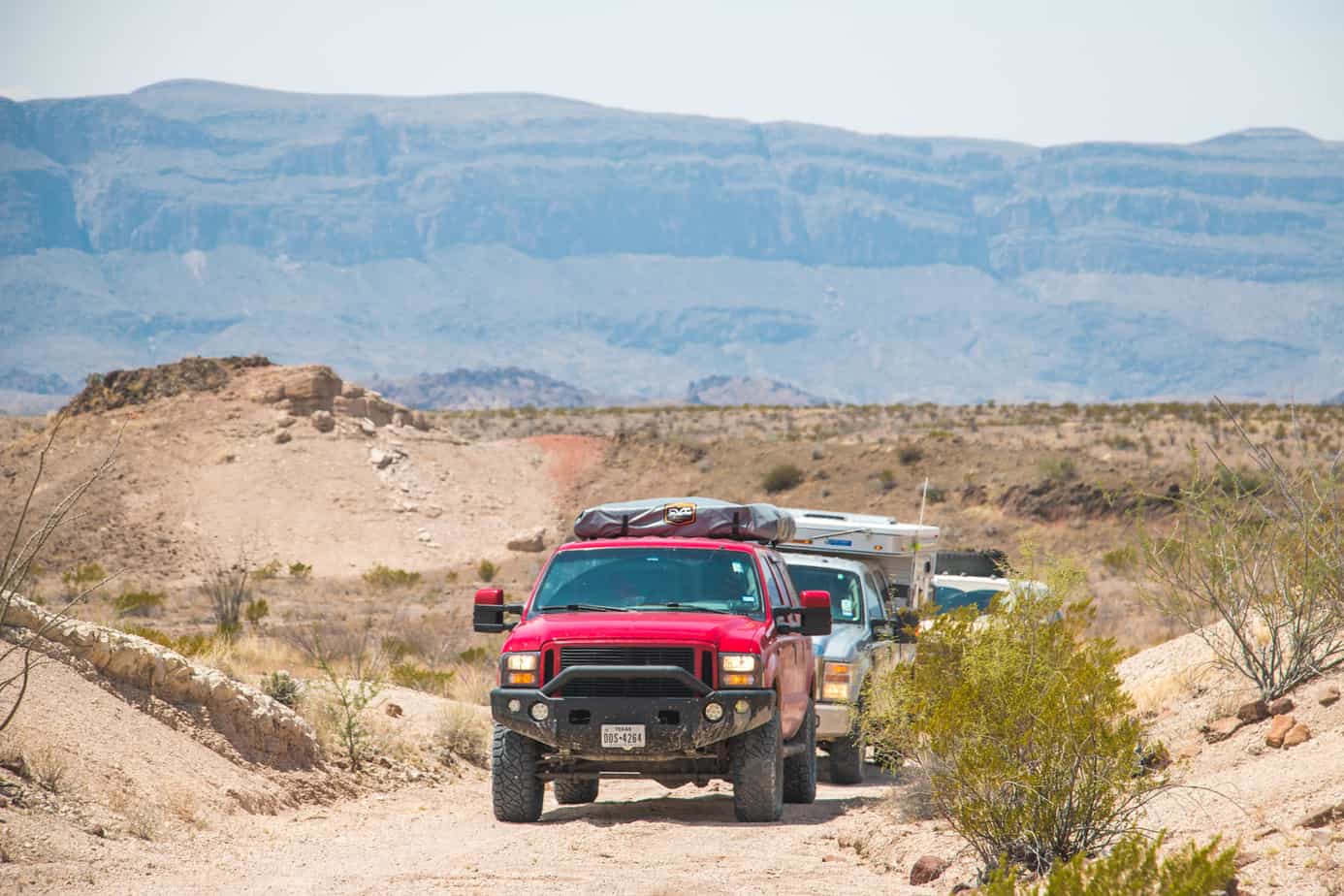
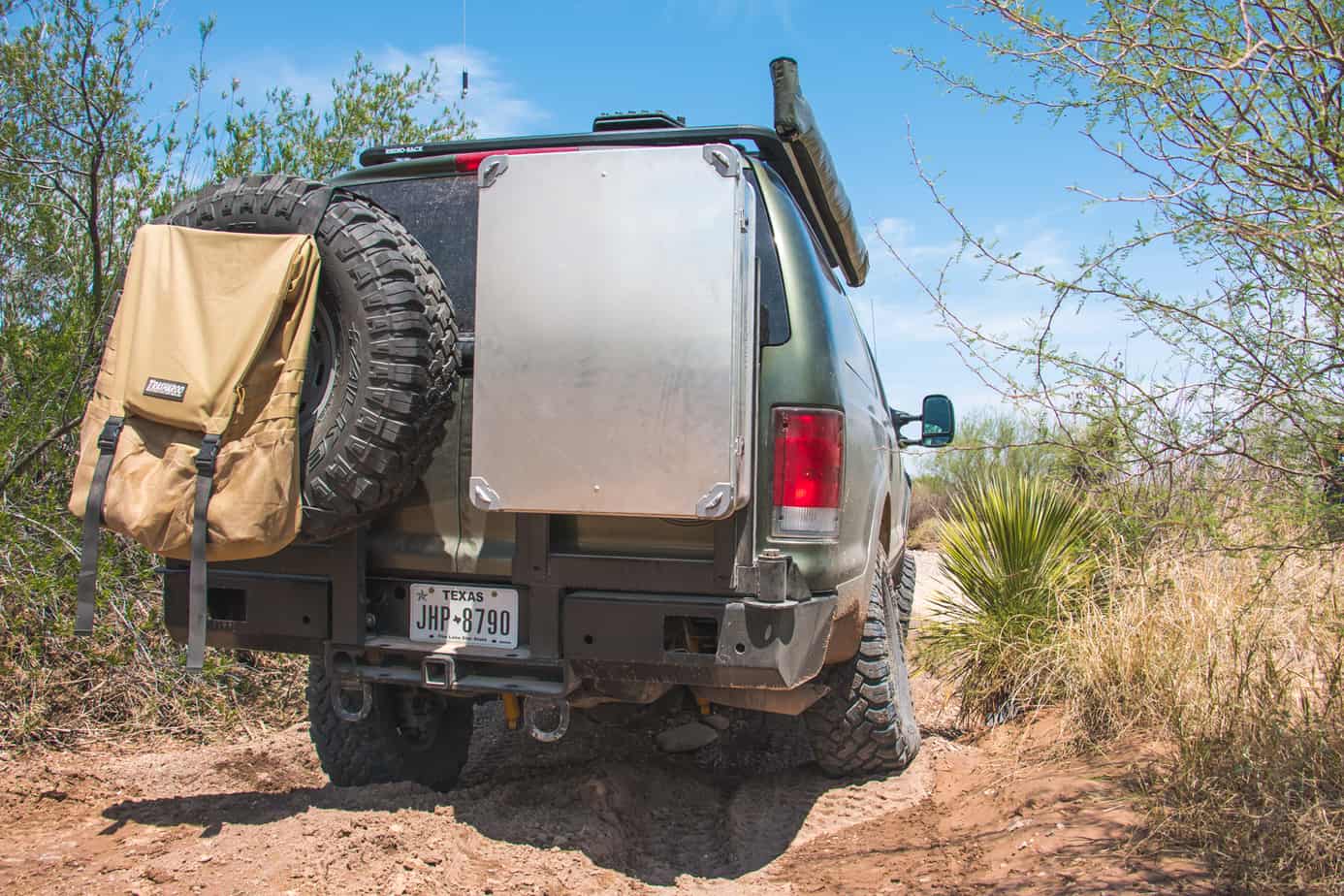
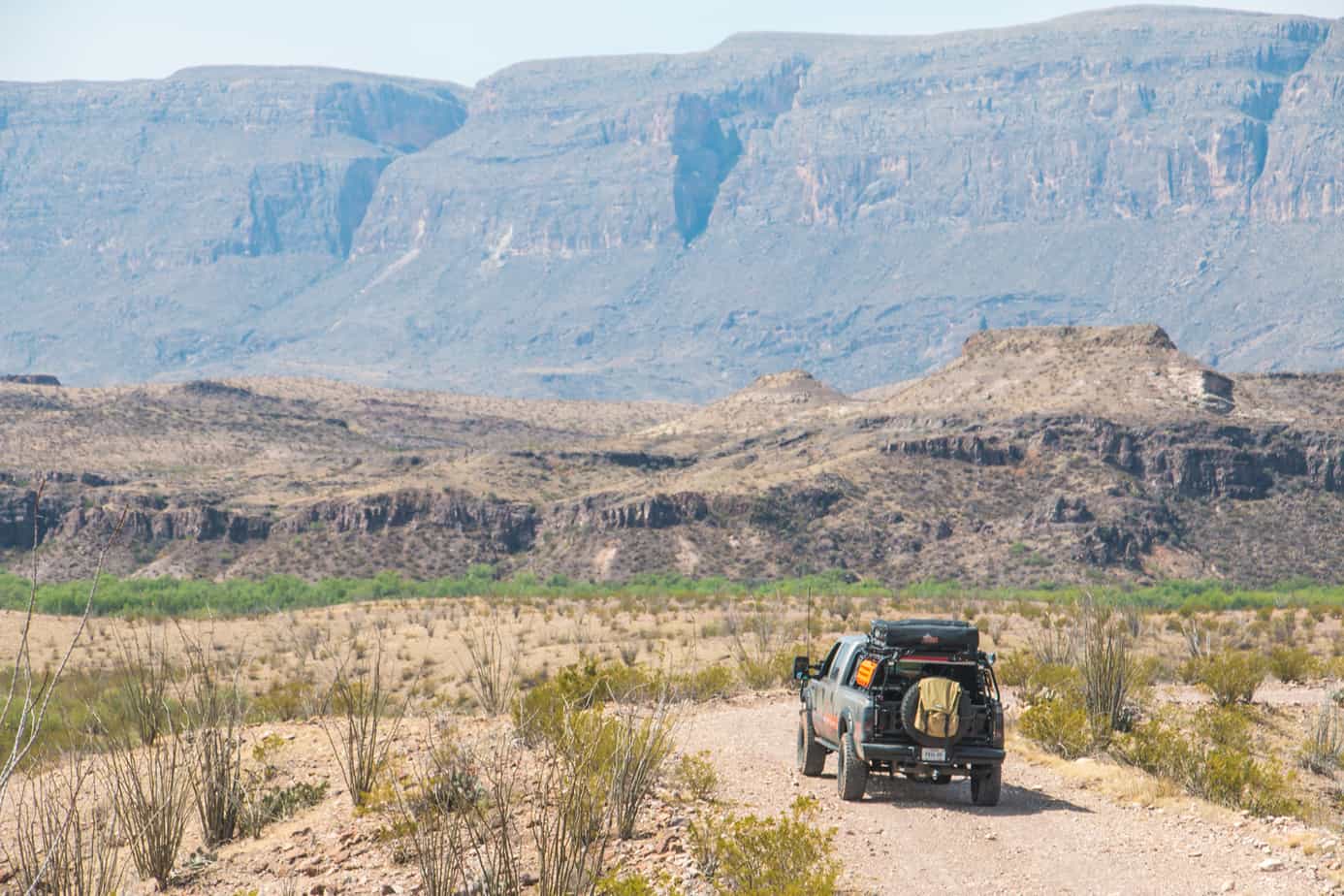
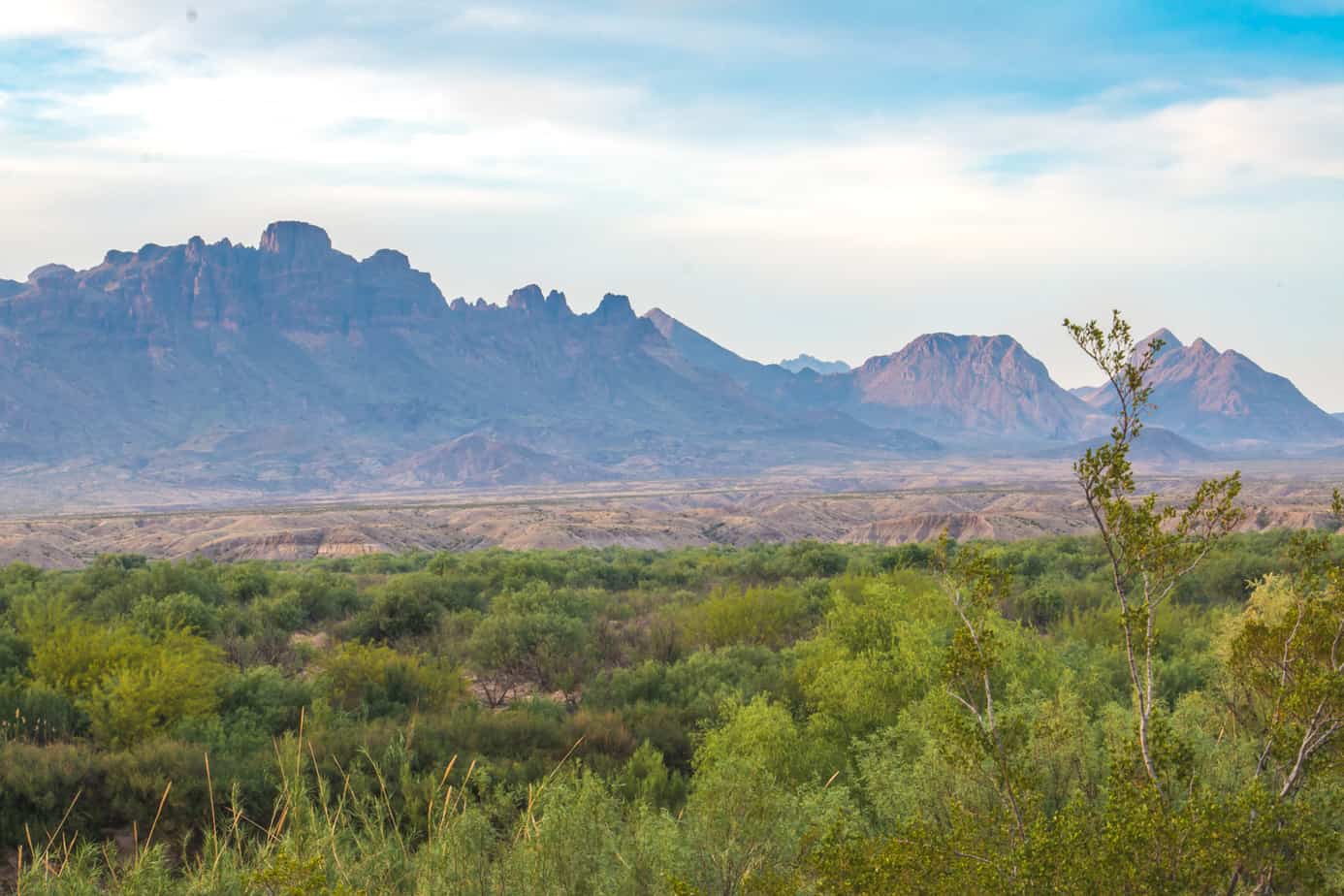
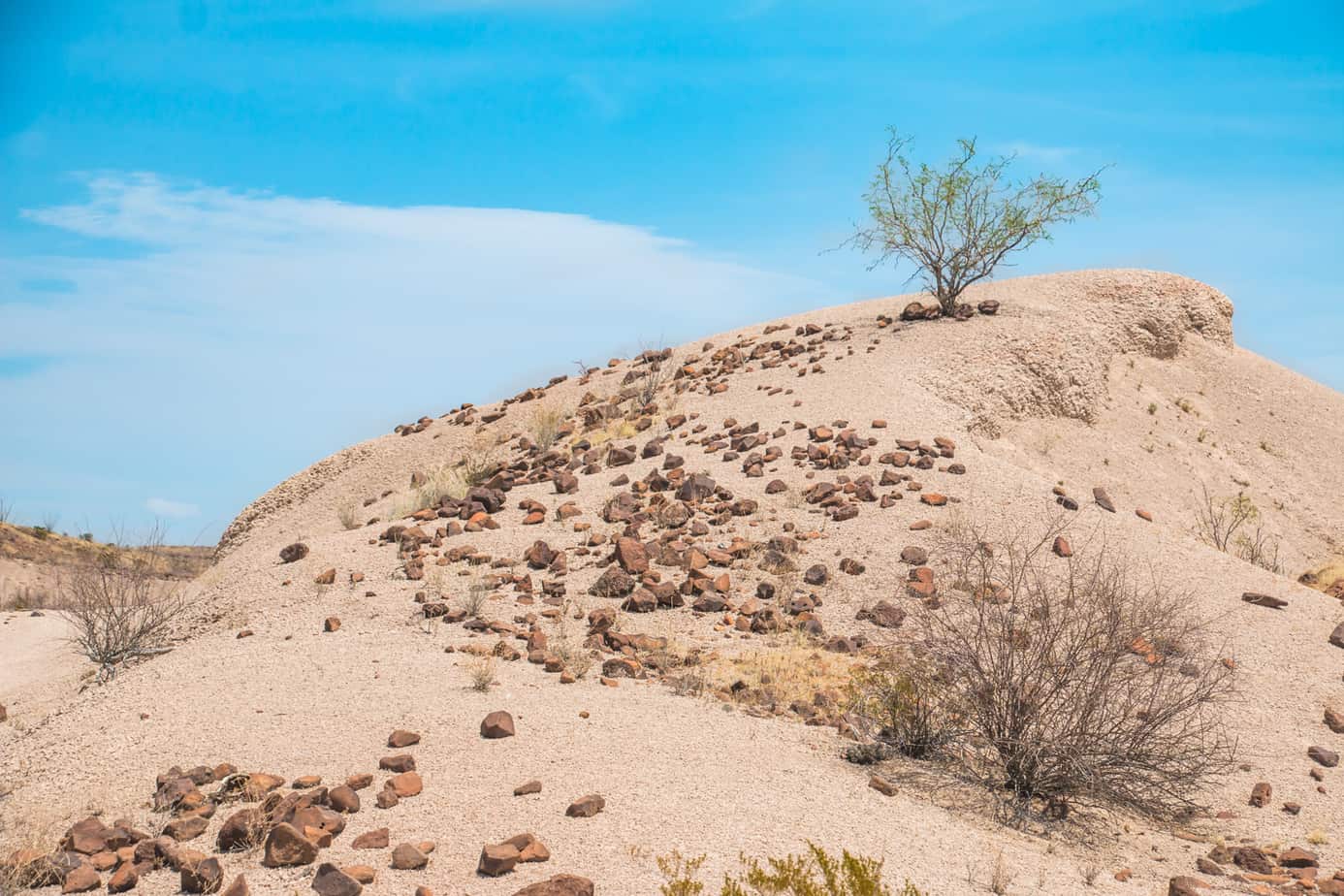
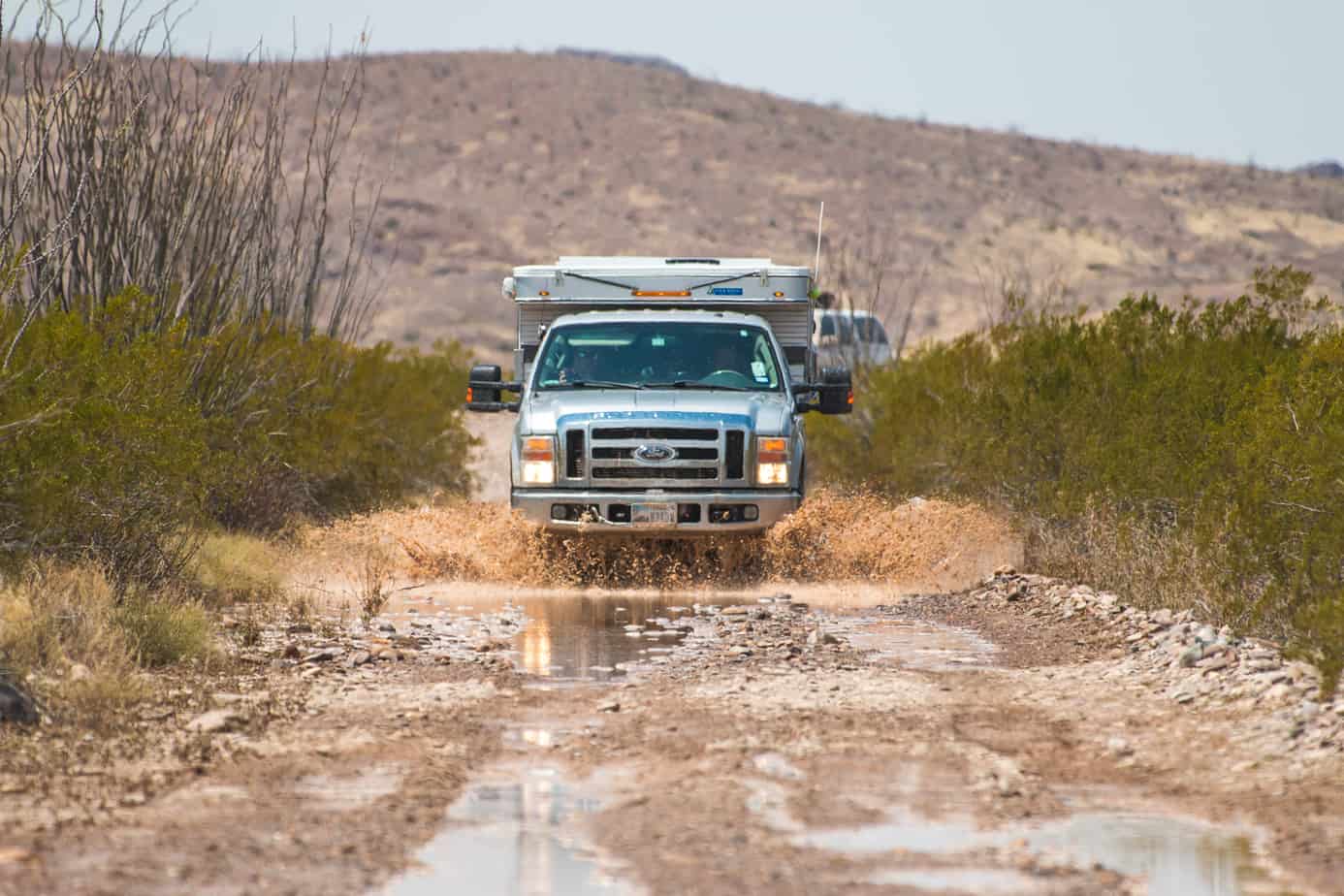
A few hours later we reached our camp for the night: a plateau above the river. It was hot, flat, and lacked any sort of shade, so our first order of business was finding a footpath down to the riverbank. We came close, but as we entered the reeds a crisp rattle snapped us to attention. We stared ahead, and just a few feet in front of us a large snake was blending in perfectly with the dirt. We backed away slowly and gave it the room it needed to retreat. That sounded like a good idea to us as well, and we made our way back to camp.
Between cooking dinner, swapping stories, and laughing about the events of the day, evening set in quickly. The sun burned in magnificent hues of oranges and yellows to the west, while dense clouds to the east promised to make it a very interesting night. We cranked up the propane fire, opened a beer, and did the only thing we could do: wait.
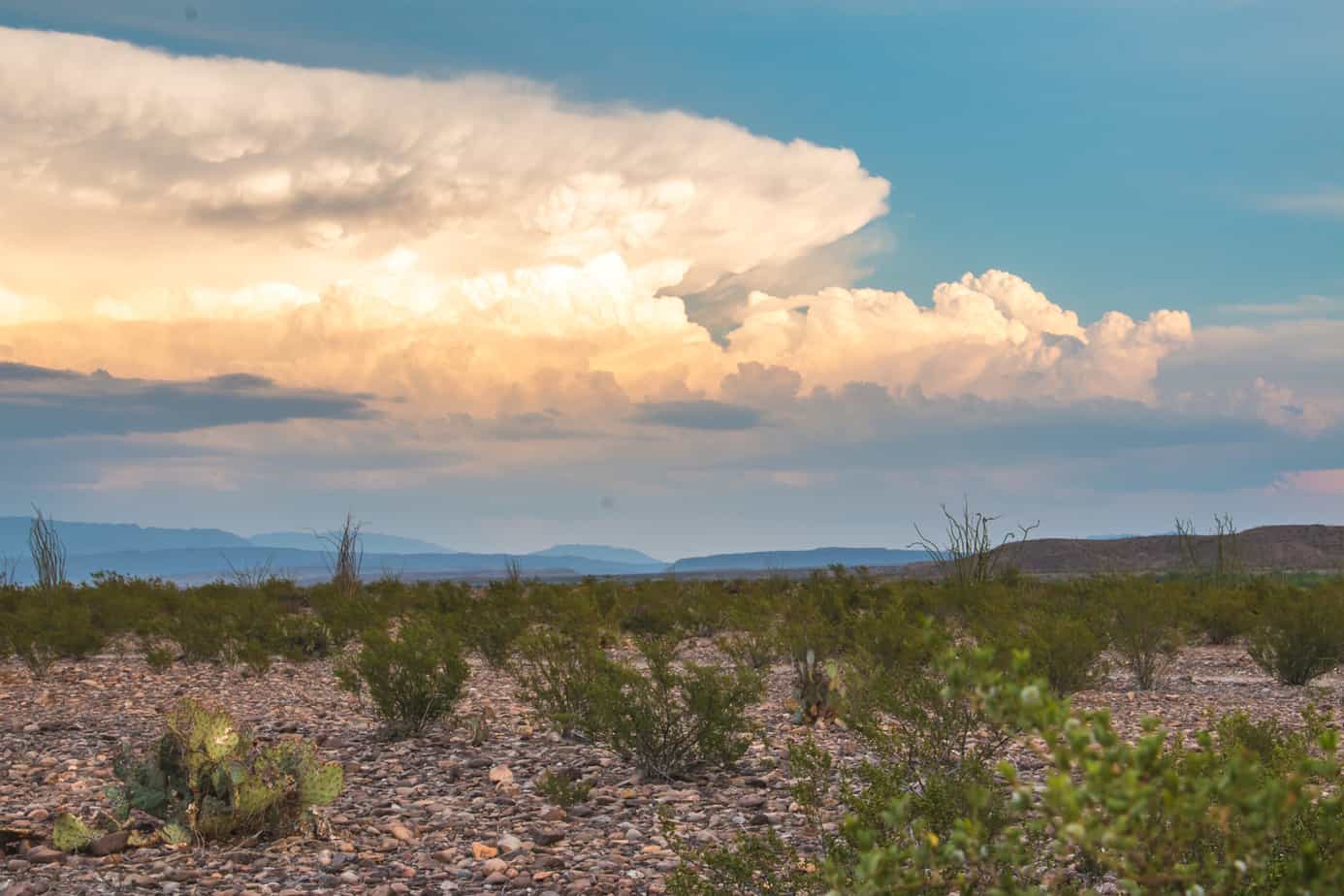
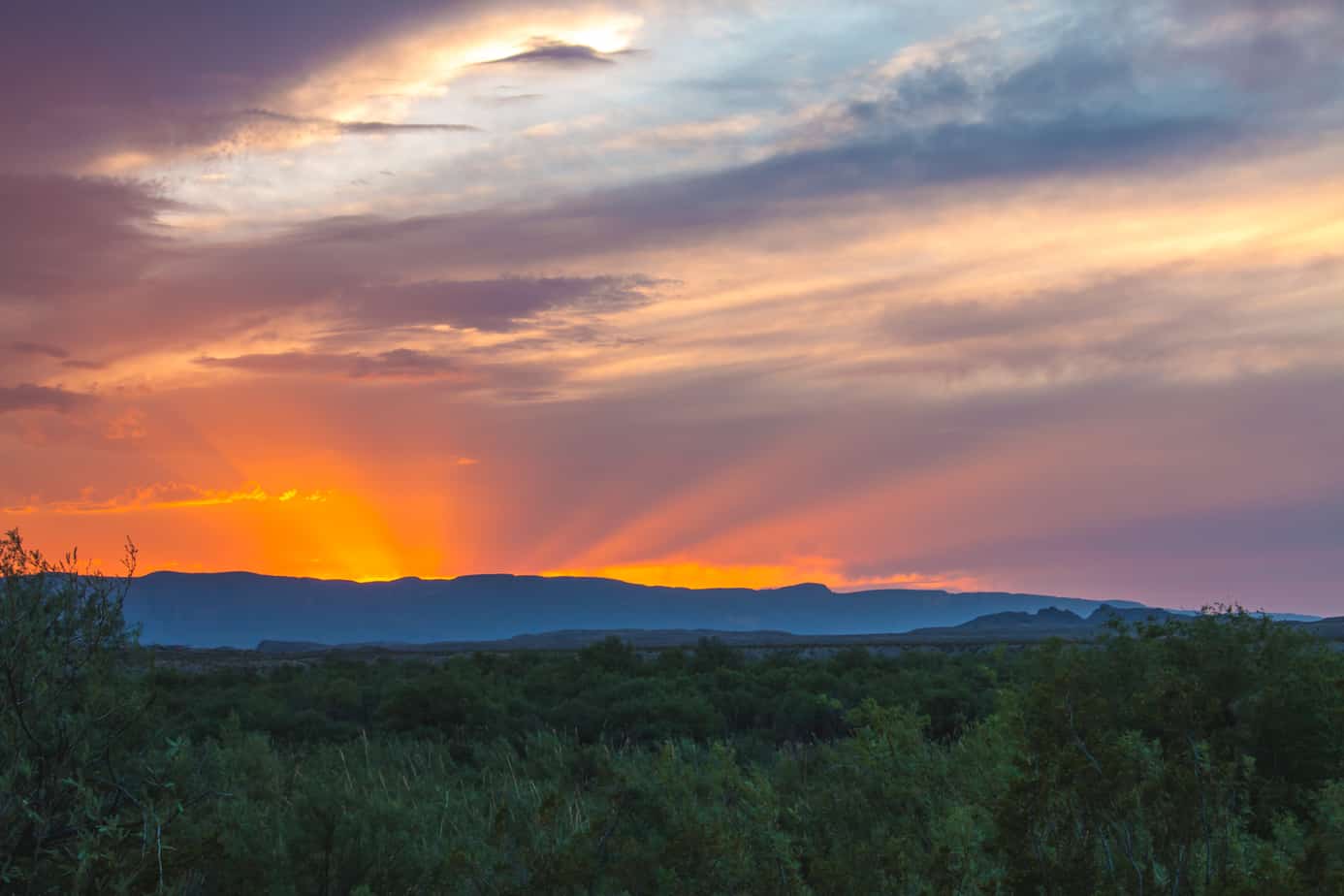
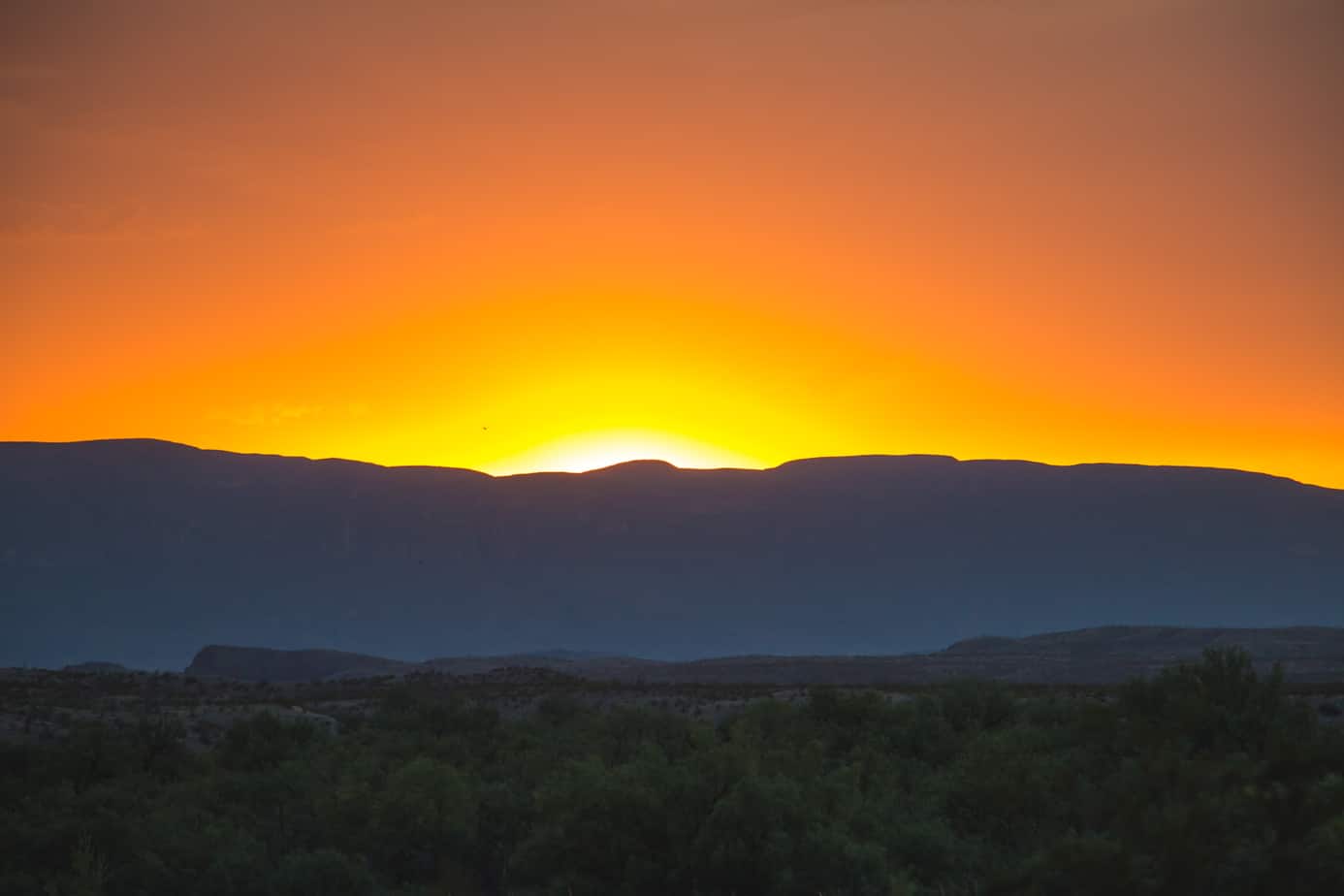
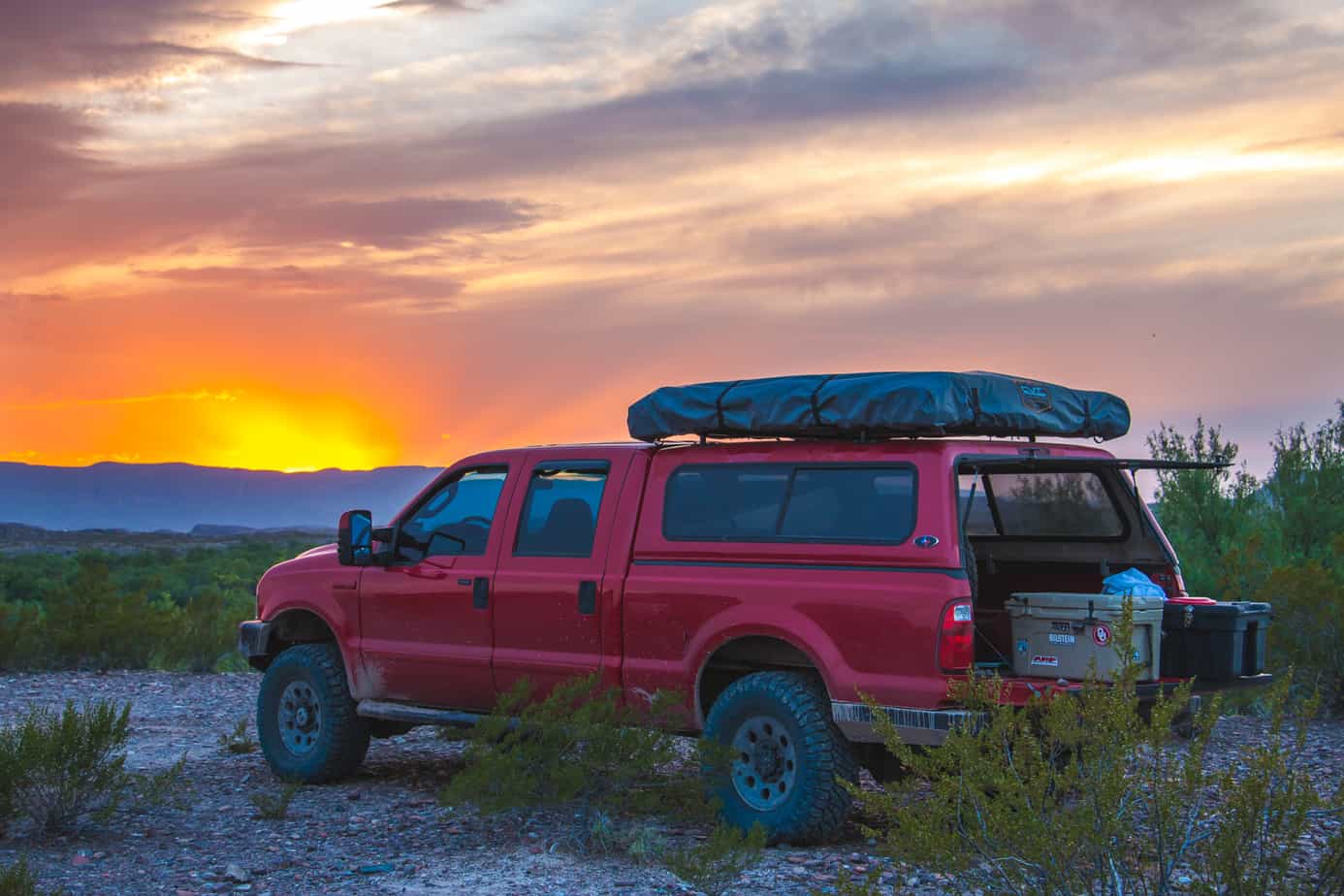
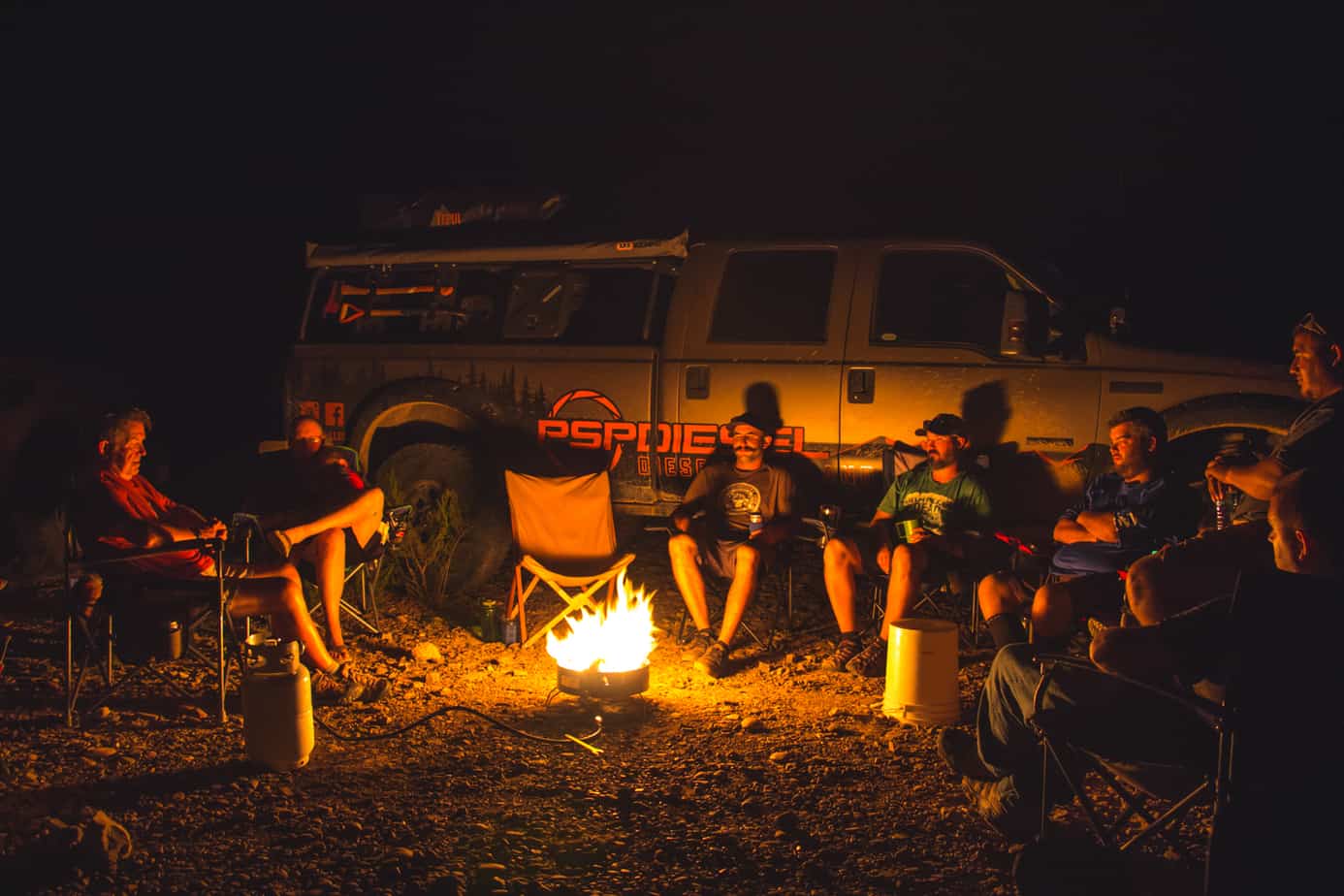
Lighting flashed outside my window, followed quickly by the low rumble of thunder in the distance. It seemed the storm had finally rolled in, and I watched as it painted the Texas sky with brief silhouettes of the Chisos mountains. Rubbing my eyes, I checked my watch. It was just after 1:00 a.m. and the wind was starting to pick up. I laid back down and listened to the patter of rain on the roof. I’ve always liked rain when camping; it’s calming, almost cozy in your tent or vehicle. The steady rhythm had just started to lull me back to sleep when a distinct clack echoed off the windshield. No. Another clack, then another—please no. I shot back up and looked outside. Hail. The cracking and popping from the impacts on our trucks grew louder, and soon the sound of ice on metal was deafening. I stared out the window cringing with every hit on the hood. With no cover nearby and no way to shield the truck, I resigned myself to listening to music and drowning out the noise.
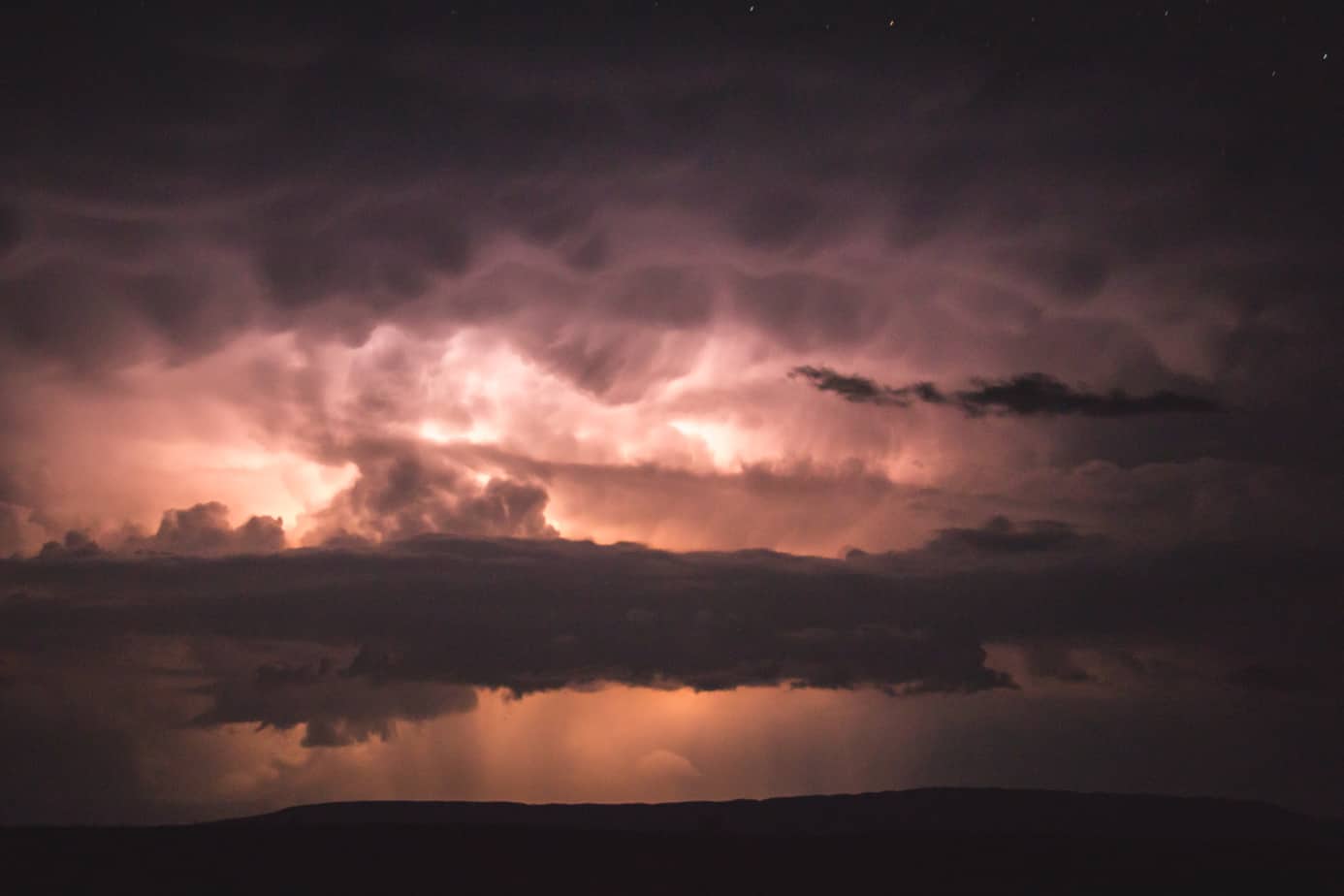
After a few minutes, I carefully removed the headphones and was elated to find the hail exchanged for heavy rains. I took another peek outside. Below the plateau, water was rushing down the washes, and I could see water flowing onto the road in the distance. This was not how I pictured this trip going.
The next morning, I reluctantly got up to check my hood. To my great relief, it seemed to have made it out unscathed. The hail had sounded worse from inside the vehicle than it really was, and we were able to prepare our breakfast with light hearts. Our only question now was where to go from here. The rain had almost certainly flooded the washes behind us, and our planned route through Black Gap was likely too soft to travel without damaging the trail. We pulled out the map and traced a track across the highest ground and shortest distance. That pointed us east, and back toward the park headquarters. It was a shame to abandon the rest of our trip so early, but we all agreed that it was the right choice under the conditions. Besides, there was still plenty to see on this final stretch, and so we loaded up and made our way through the mud to the main road.
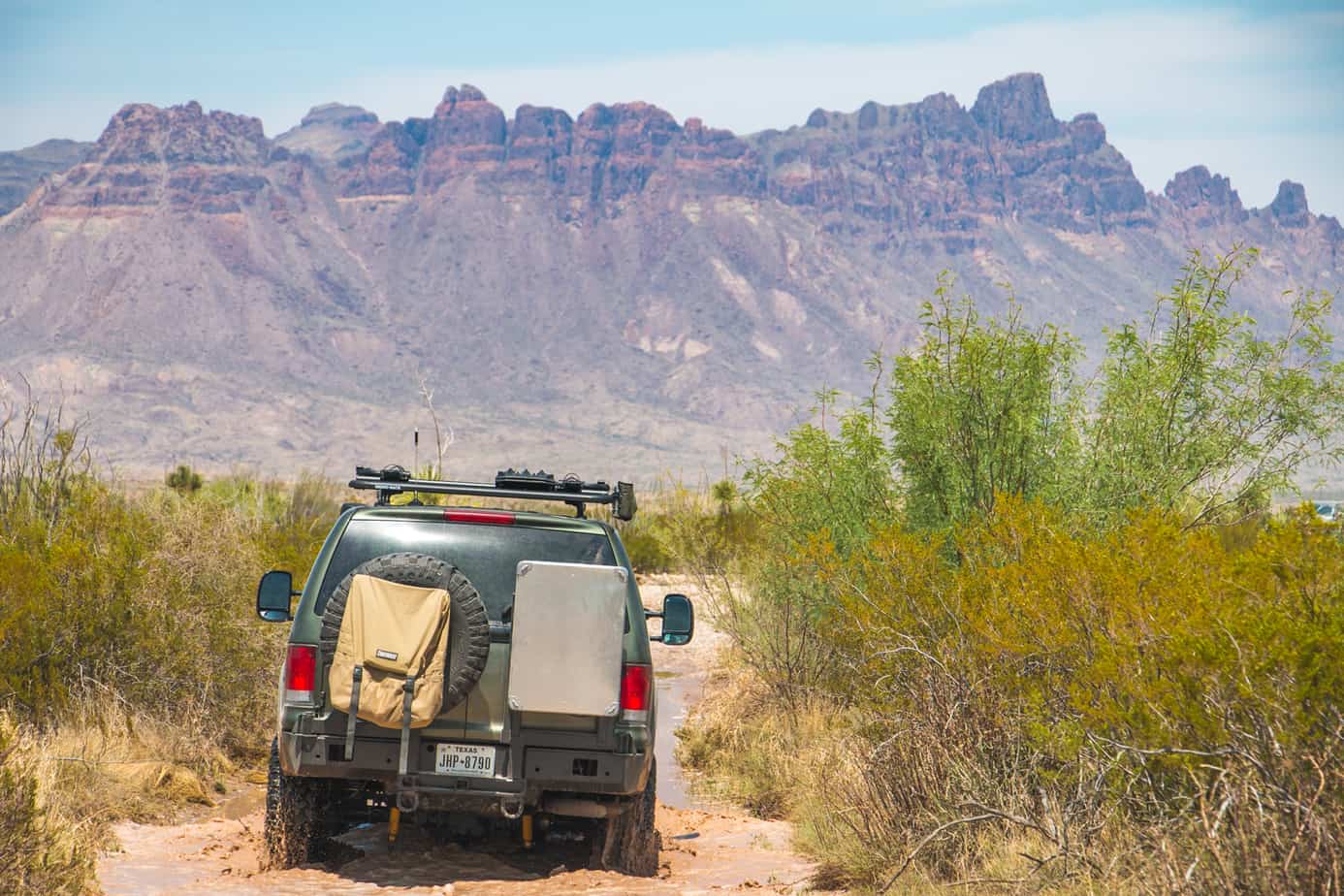


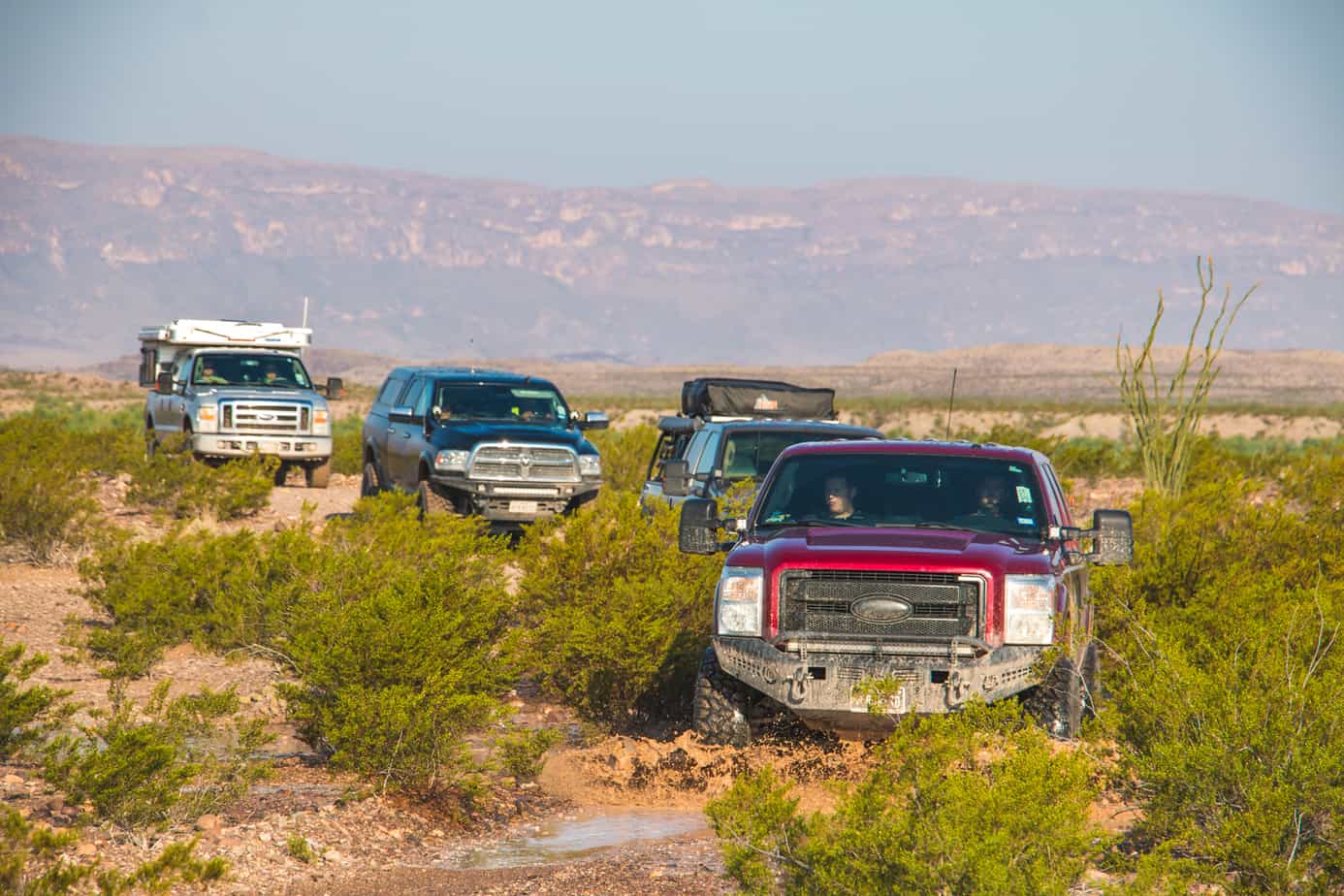
Our plan to head for higher ground worked marvelously. Within short order, the sun had dried up the trails, and we were cruising through the desert leaving behind swirling clouds of dust in the wind. Although we all would have liked to have tackled Black Gap, the wide-open expanses of desert were just too much fun to let this dampen our spirits. Besides, there was one major advantage of heading back early: dinner. With any luck, we’d make it back to the pavement by noon and roll into Marathon in time to eat at our favorite cafe. This time we would even be able to separate each other from the locals. We’d be the ones covered in mud and sweat, eagerly discussing plans for our next trip.
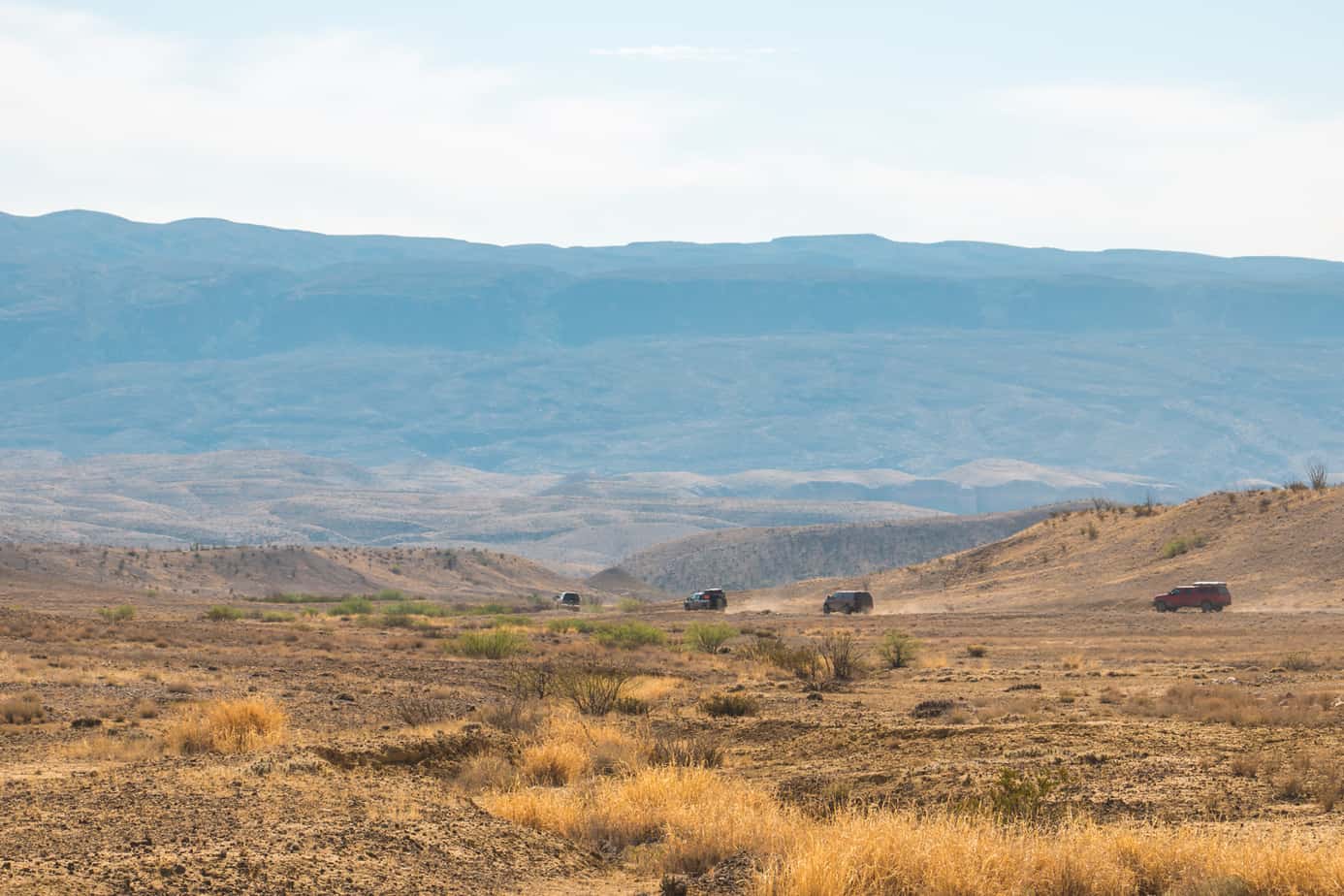
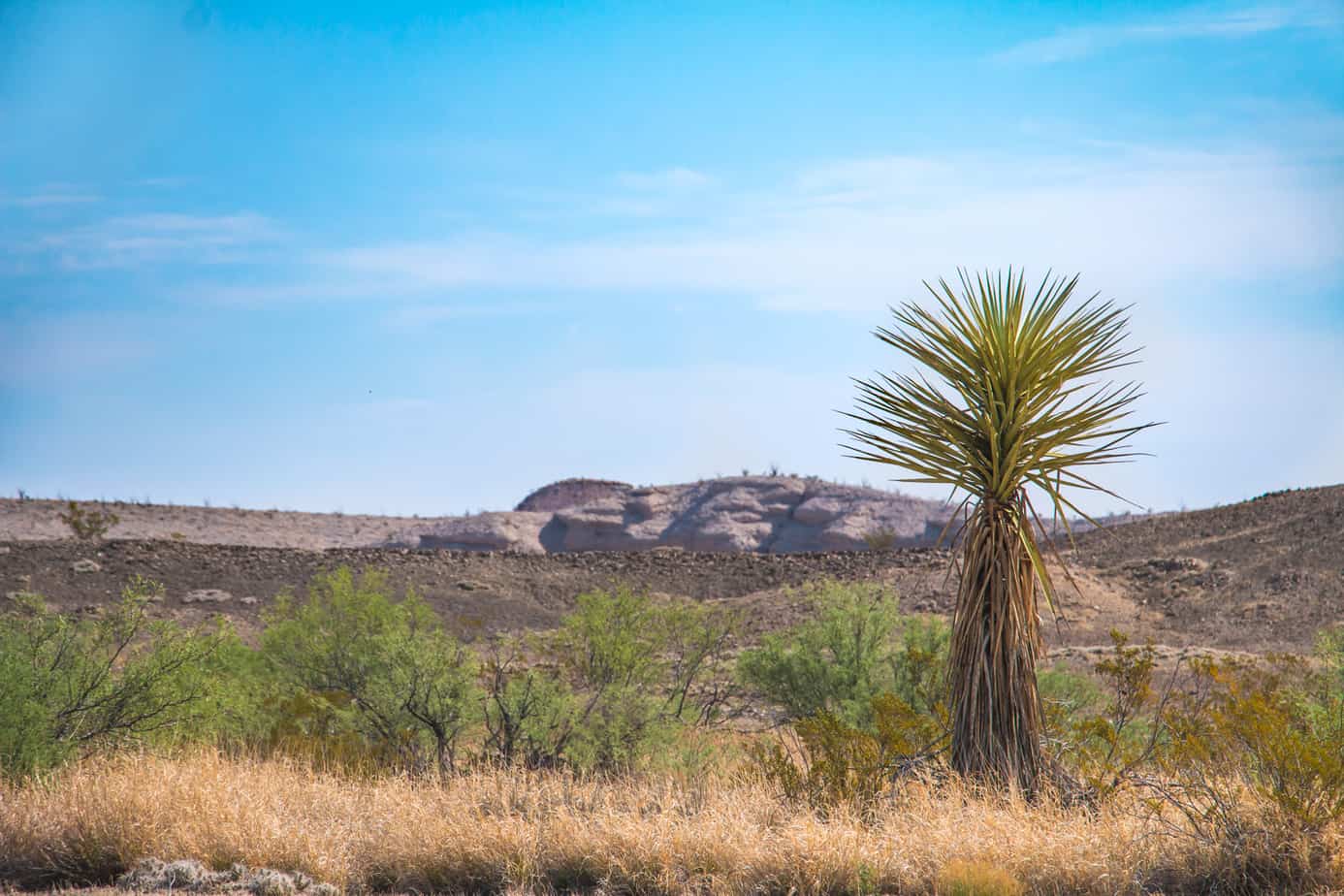
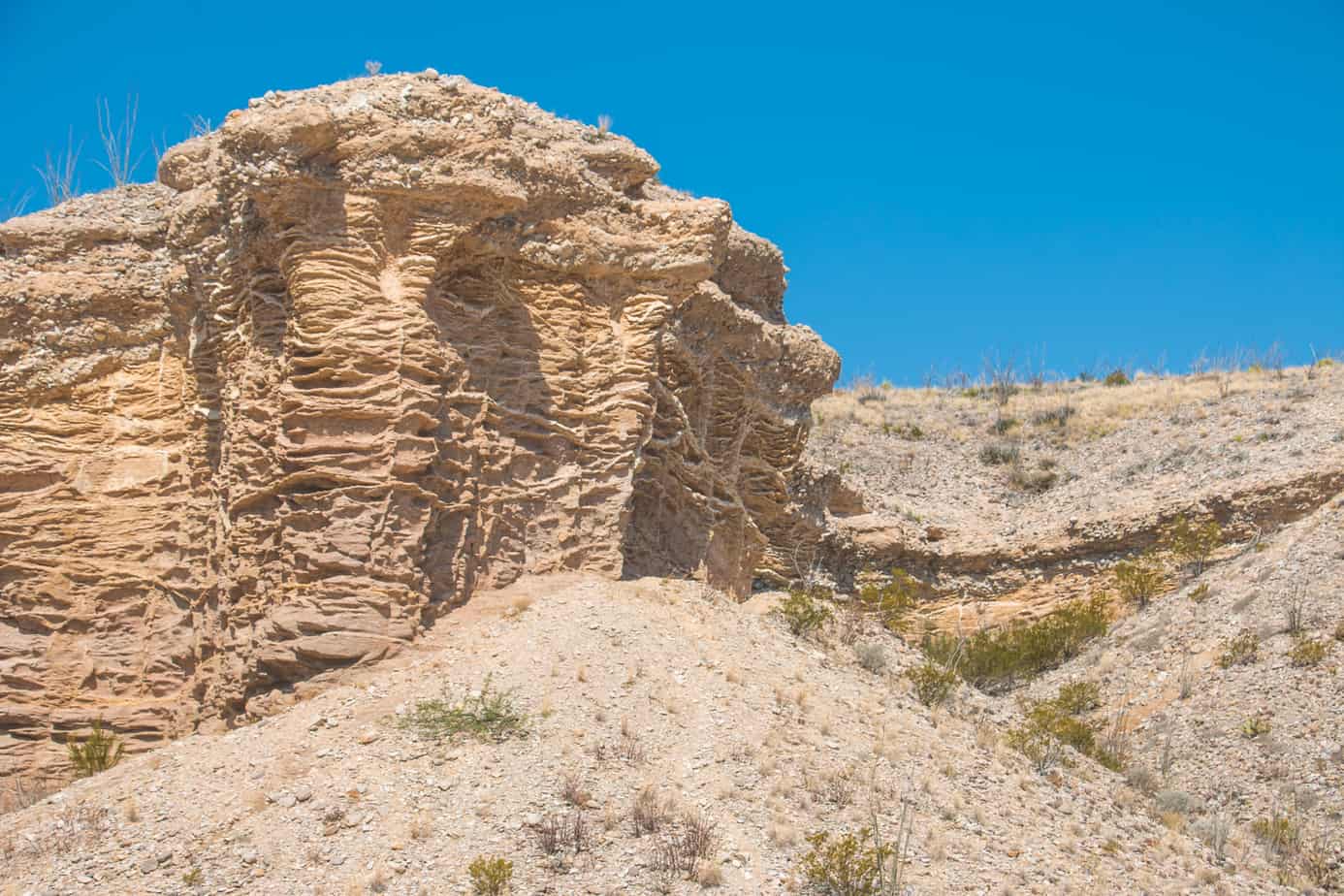
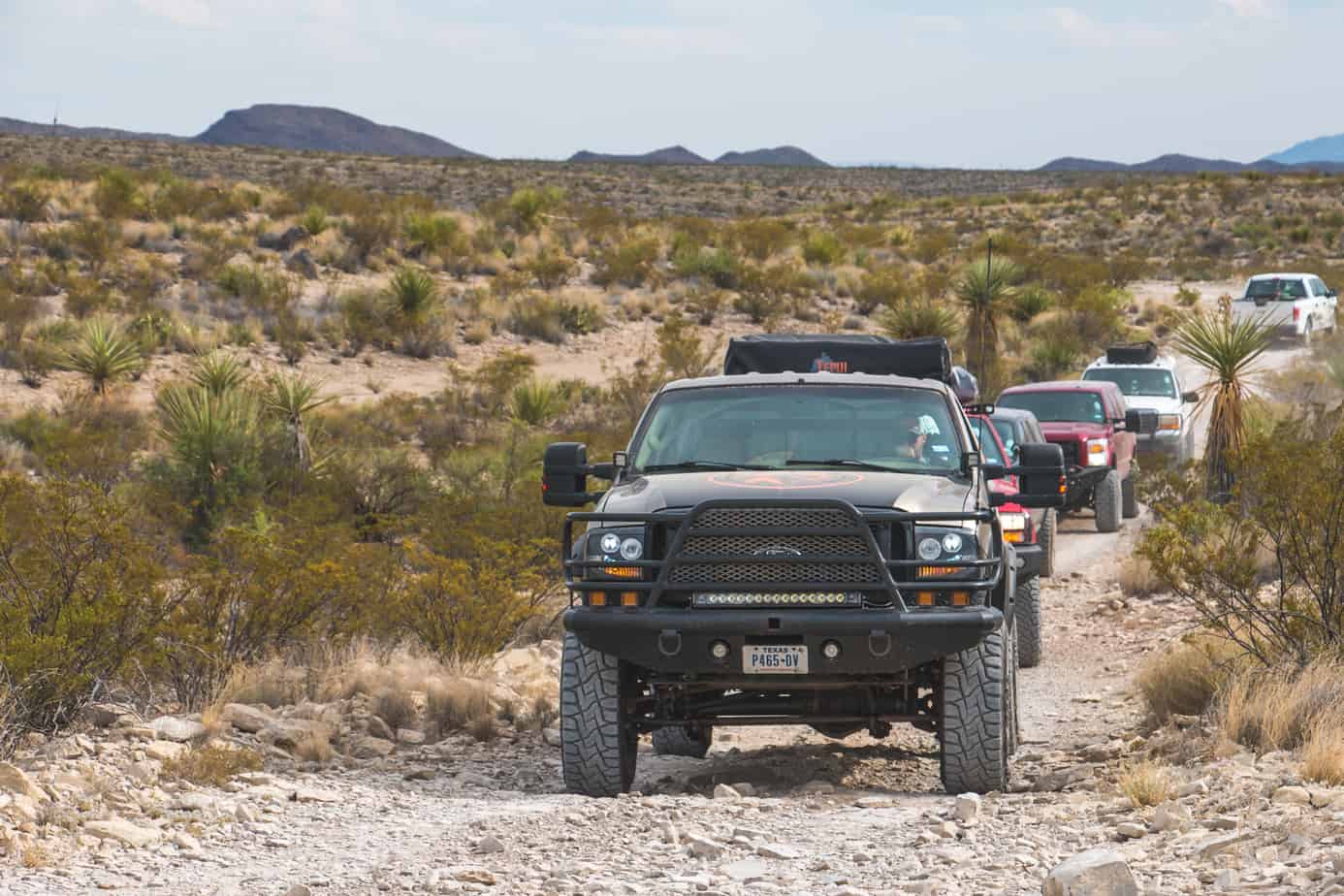


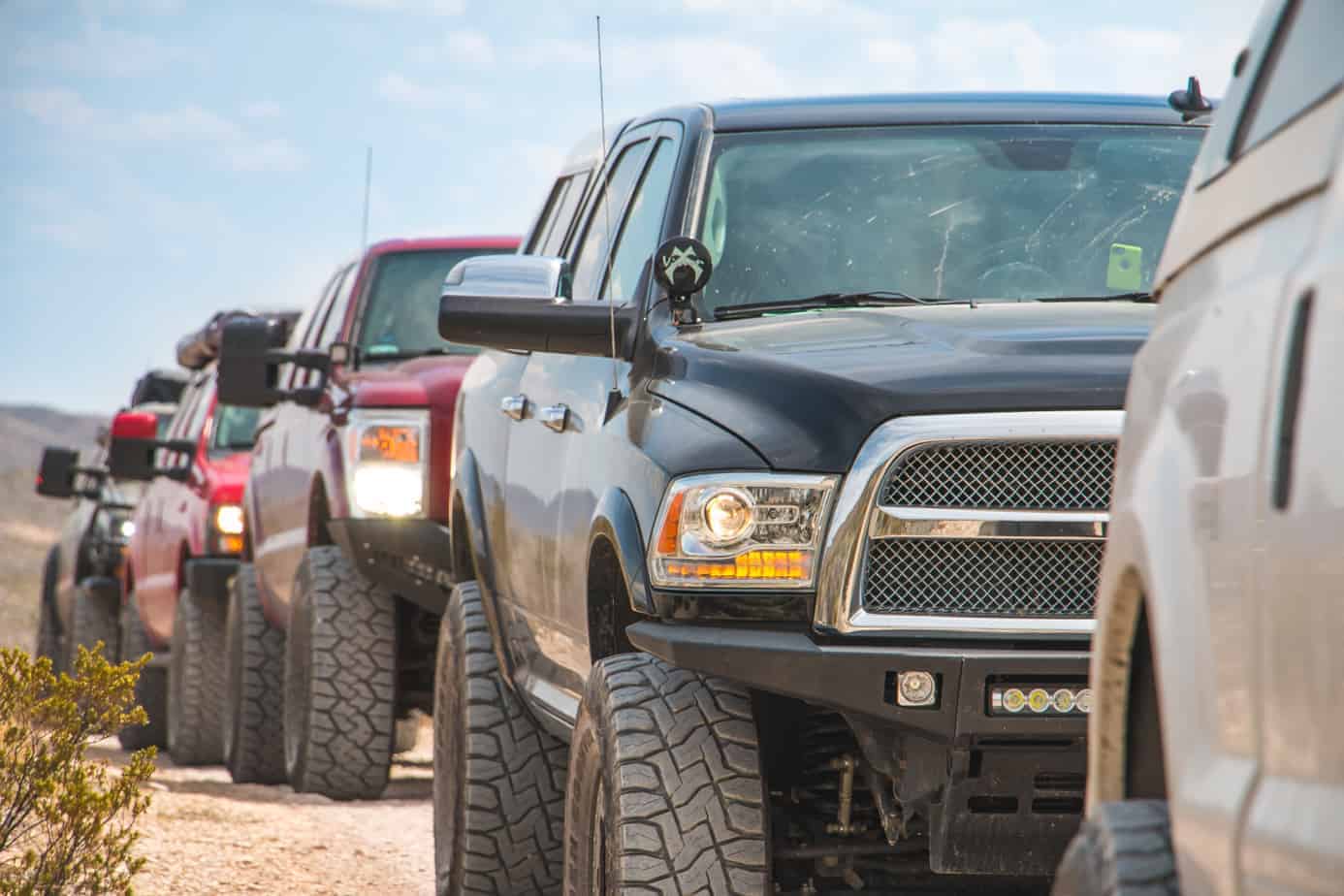
One Comment
Jeff D.
October 6th, 2018 at 7:47 pmAwesome write up and pictures. I’m planning on taking my new F250 Powerstroke to Big Bend this fall.